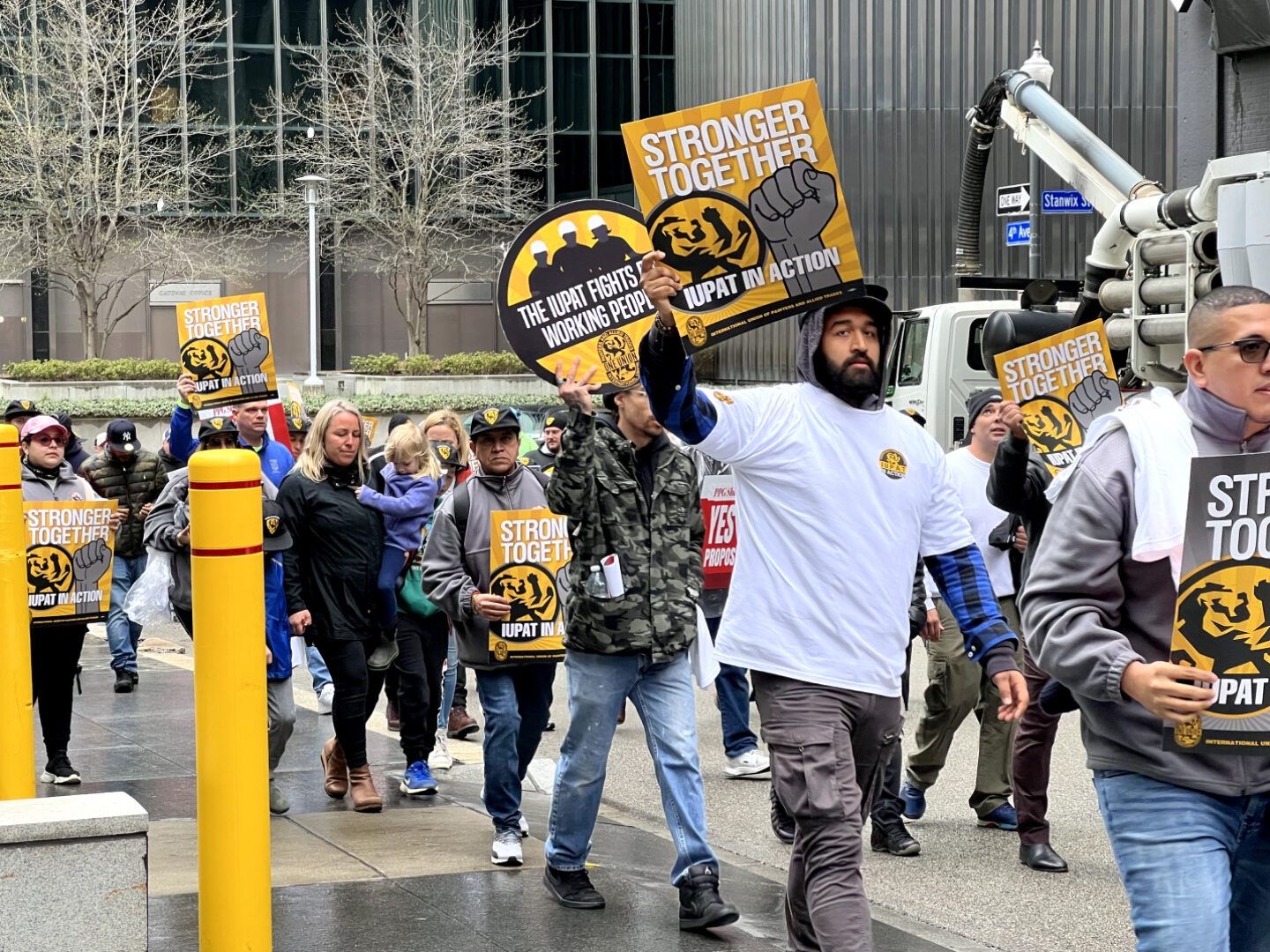Our History
Our union, like many modern labor unions, was founded in the 19th century to set standards for uniform compensation in the trades and provide a community for workers to share ideas and solve problems. The Brotherhood of Painters and Decorators of America was organized formally in 1887. Within a year, the union boasted a membership of over 7,000 tradesmen and more than 100 Local Unions. These trade unionists soon realized the power they had collectively was more advantageous than facing their problems alone. Backed by a growing, centralized union, these dedicated organizers won victories over oppressive working conditions that were once thought unchangeable.
Today, the IUPAT continues to do its part to lift working families and the rest of the middle class by marching to the words of our founders:
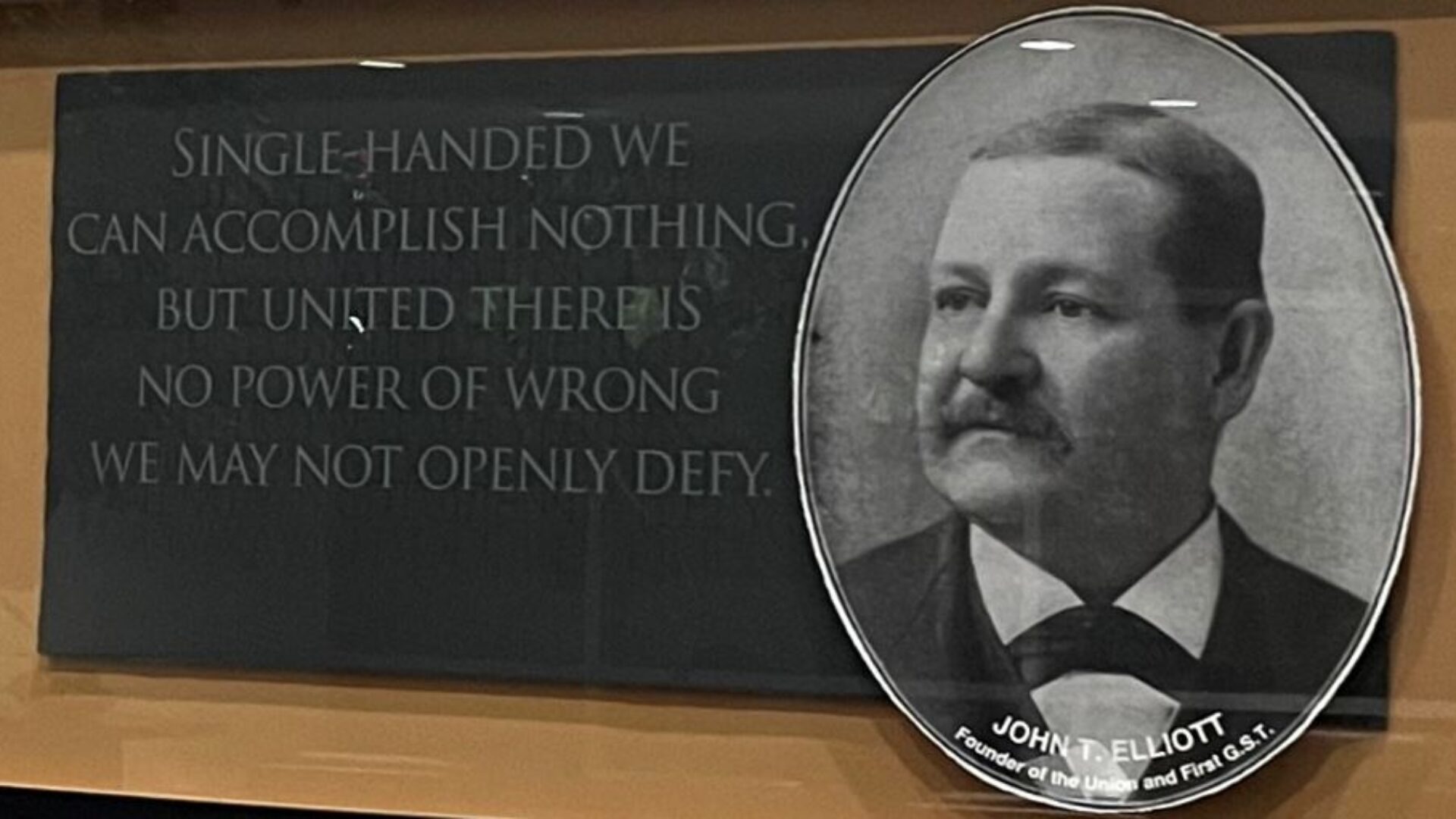
1880s
-
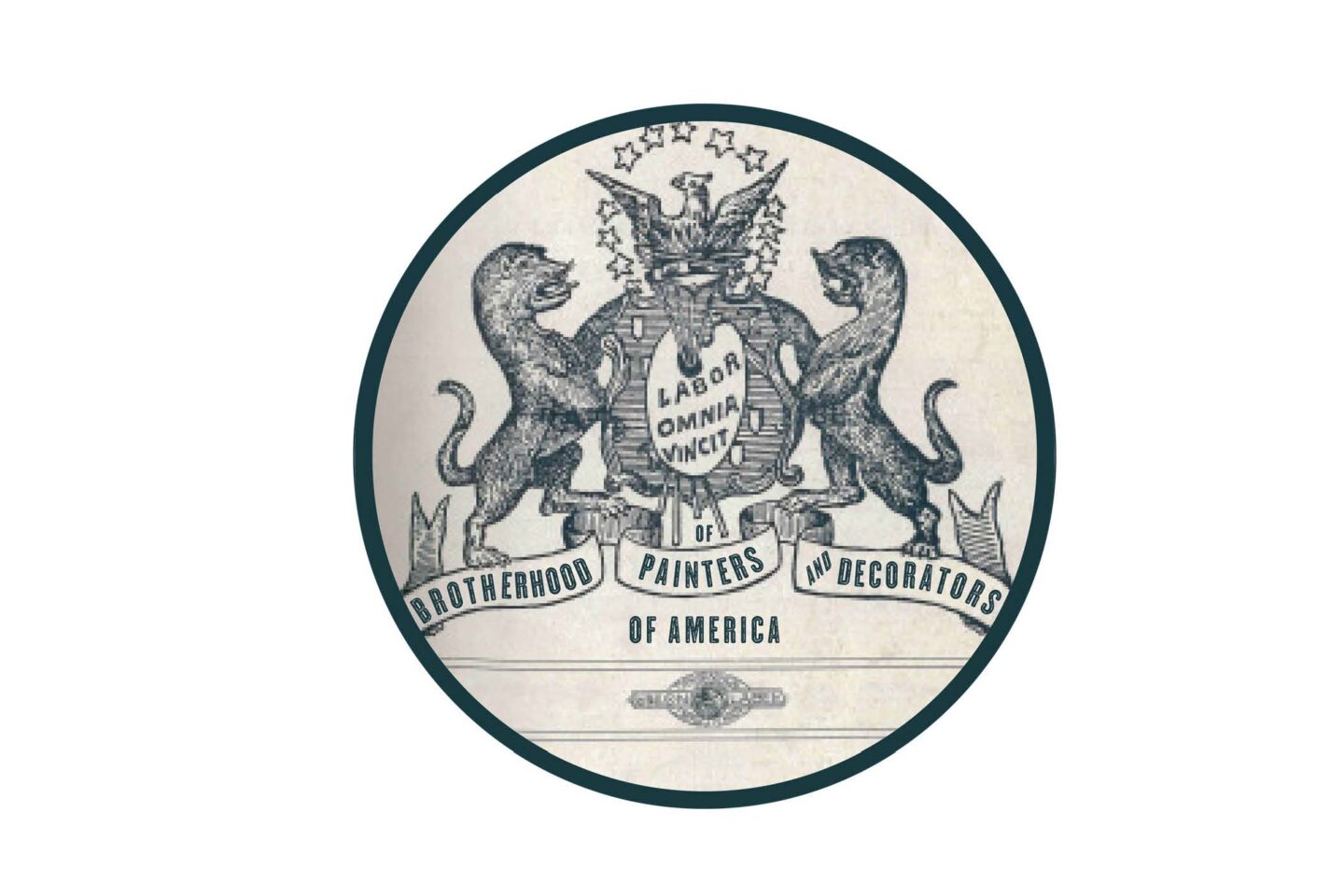
1887
The Brotherhood of Painters and Decorators of America is established.
-

August 7, 1888
The First General Assembly of the Brotherhood, colorized.
1890s
-
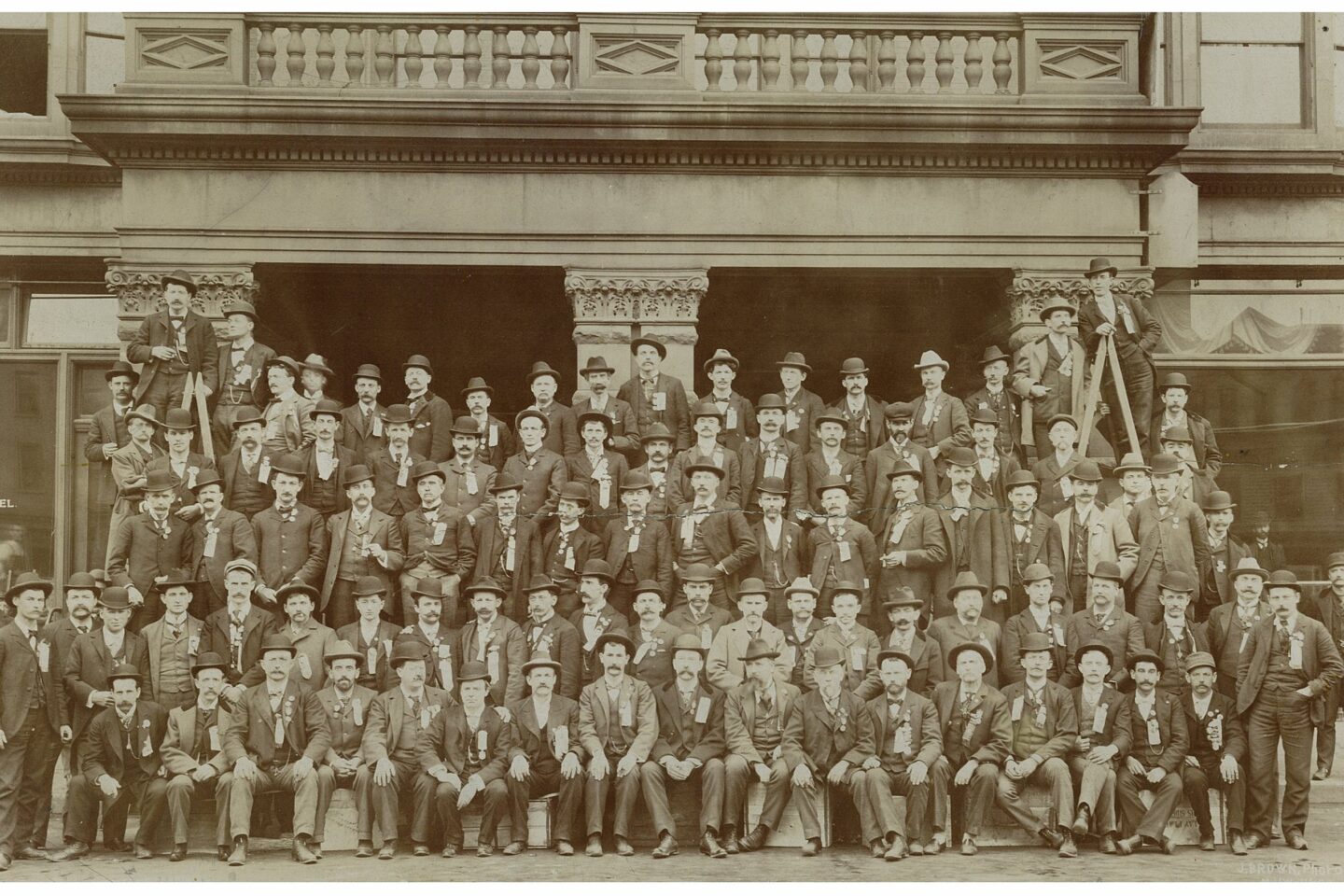
December 1899
7th Biennial Convention of the Brotherhood of Painters and Decorators of America.
1900s
-
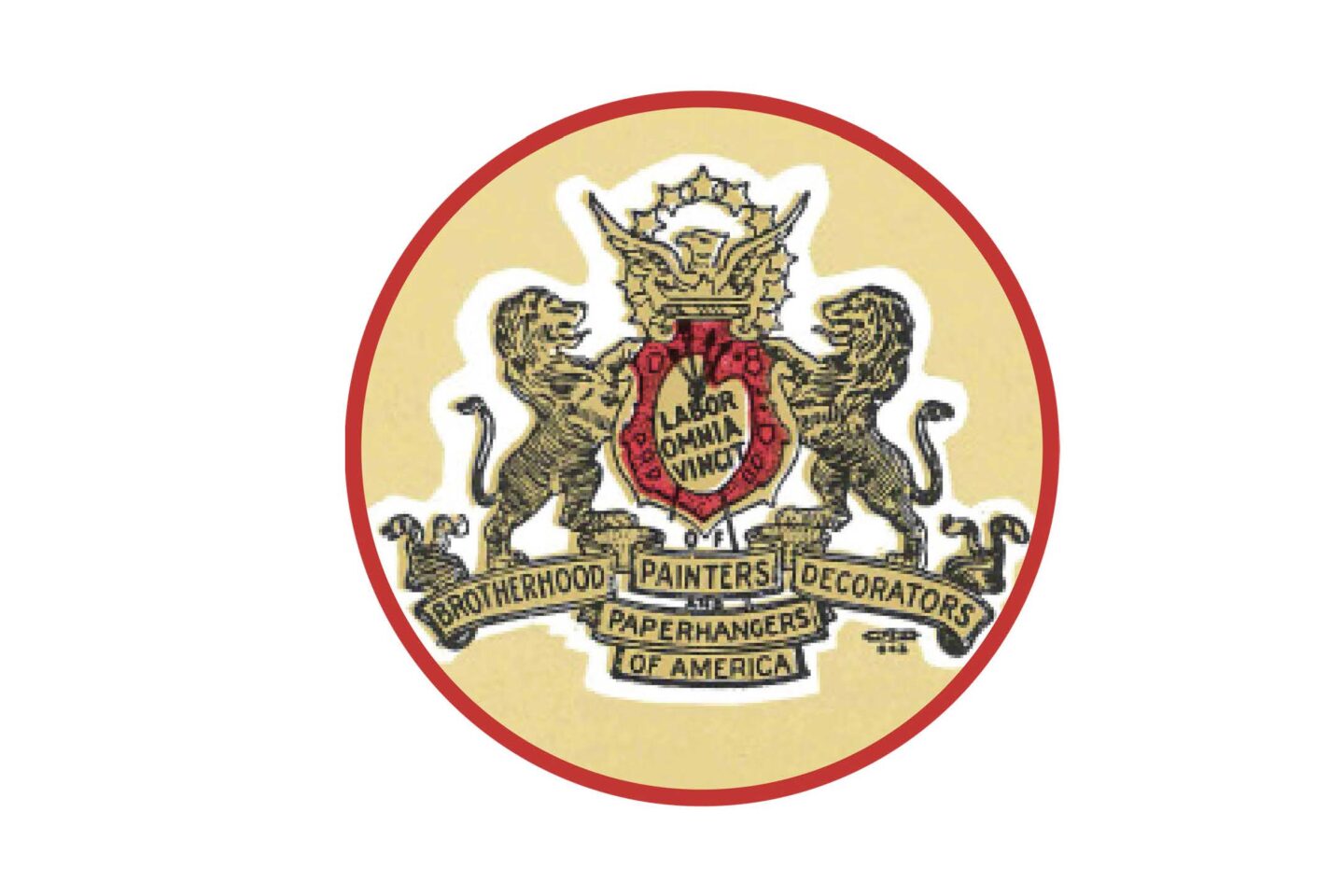
1900
Official name changed to the Brotherhood of Painters, Decorators, and Paperhangers of America.
-
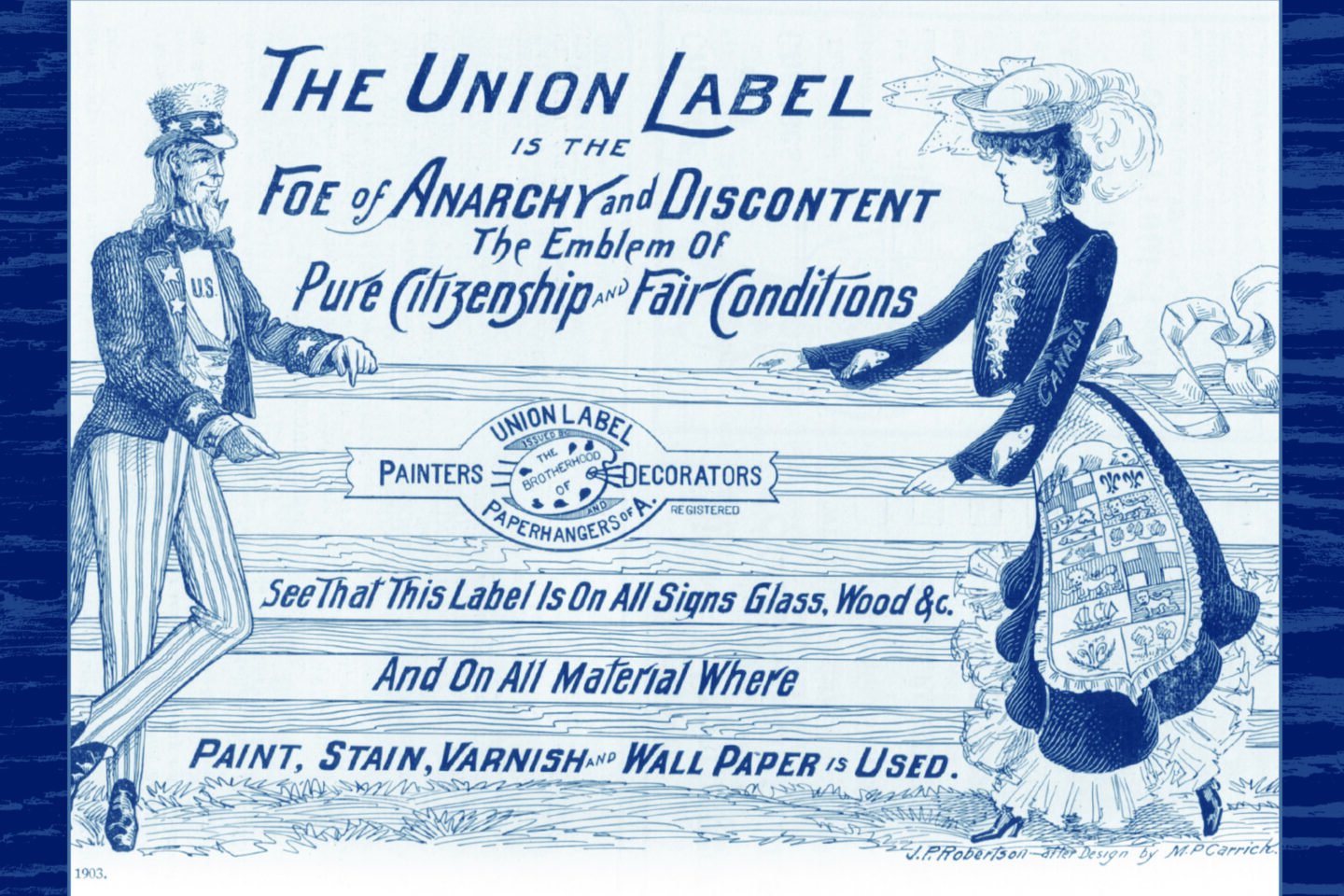
1903
Union Label cartoon, colorized.
-
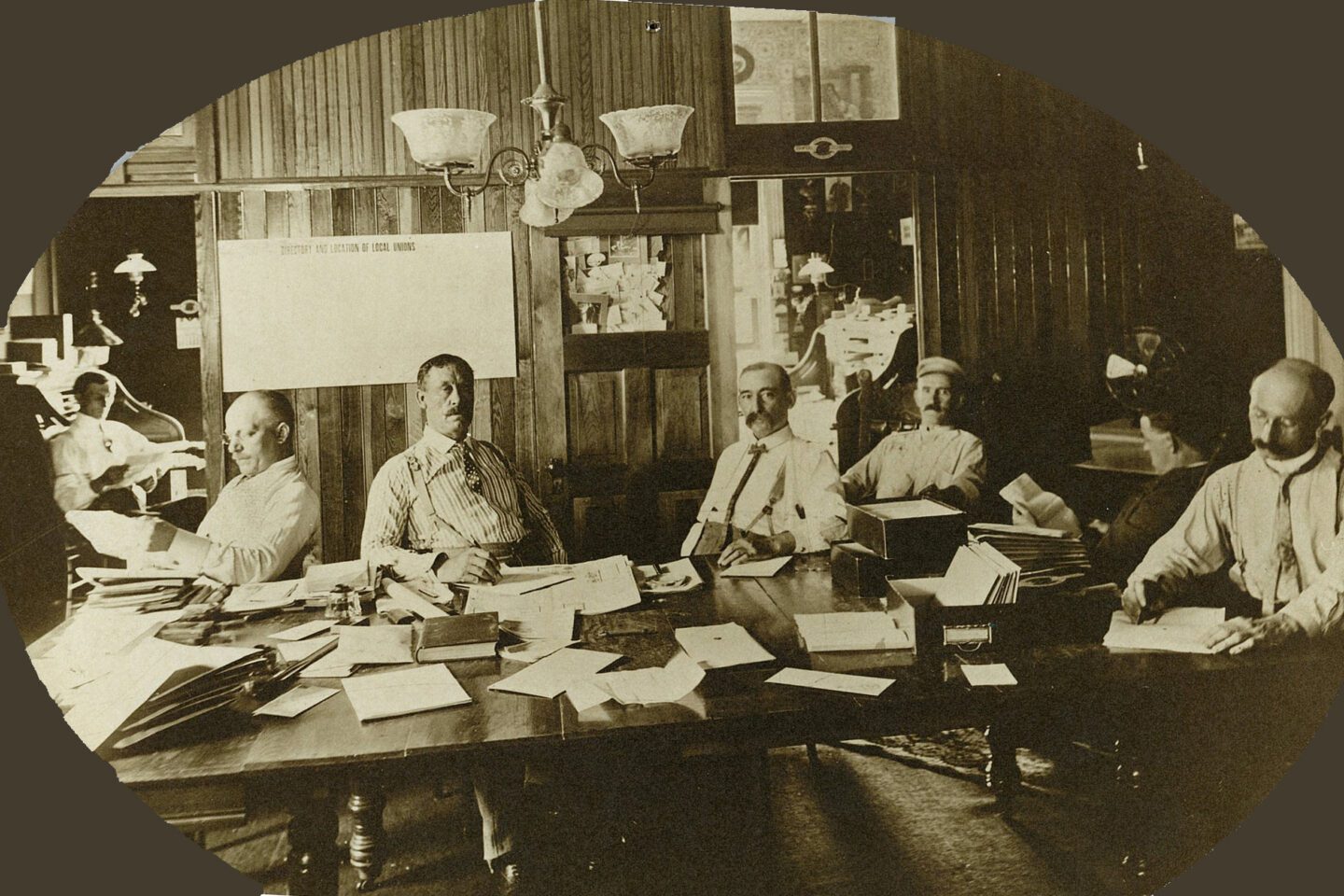
Circa September 1903
Officers in the General Executive Boardroom of the Brotherhood headquarters in Lafayette, Indiana.
-
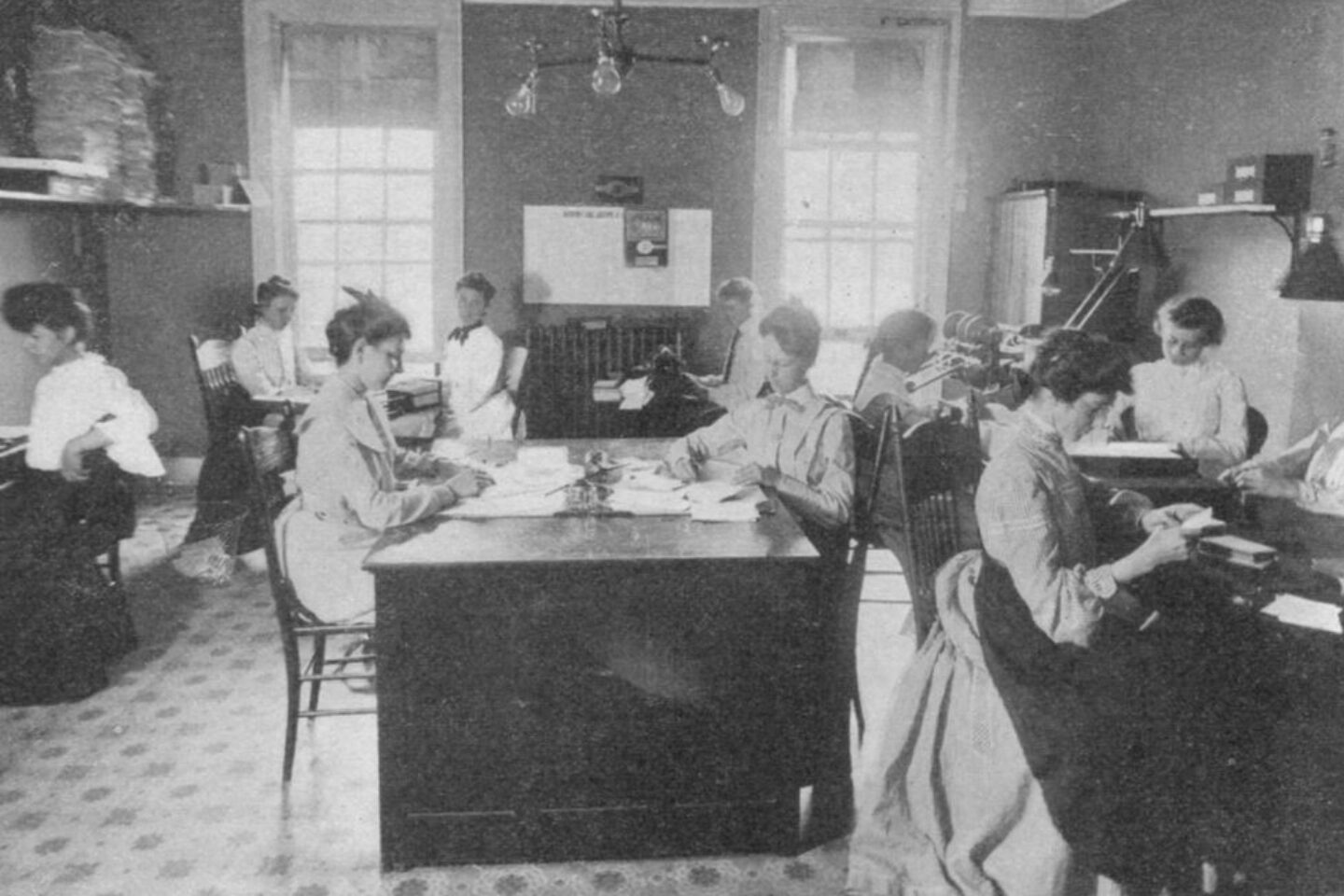
Circa September 1903
Filing Card and Journal Department of the Brotherhood headquarters in Lafayette, Indiana.
-
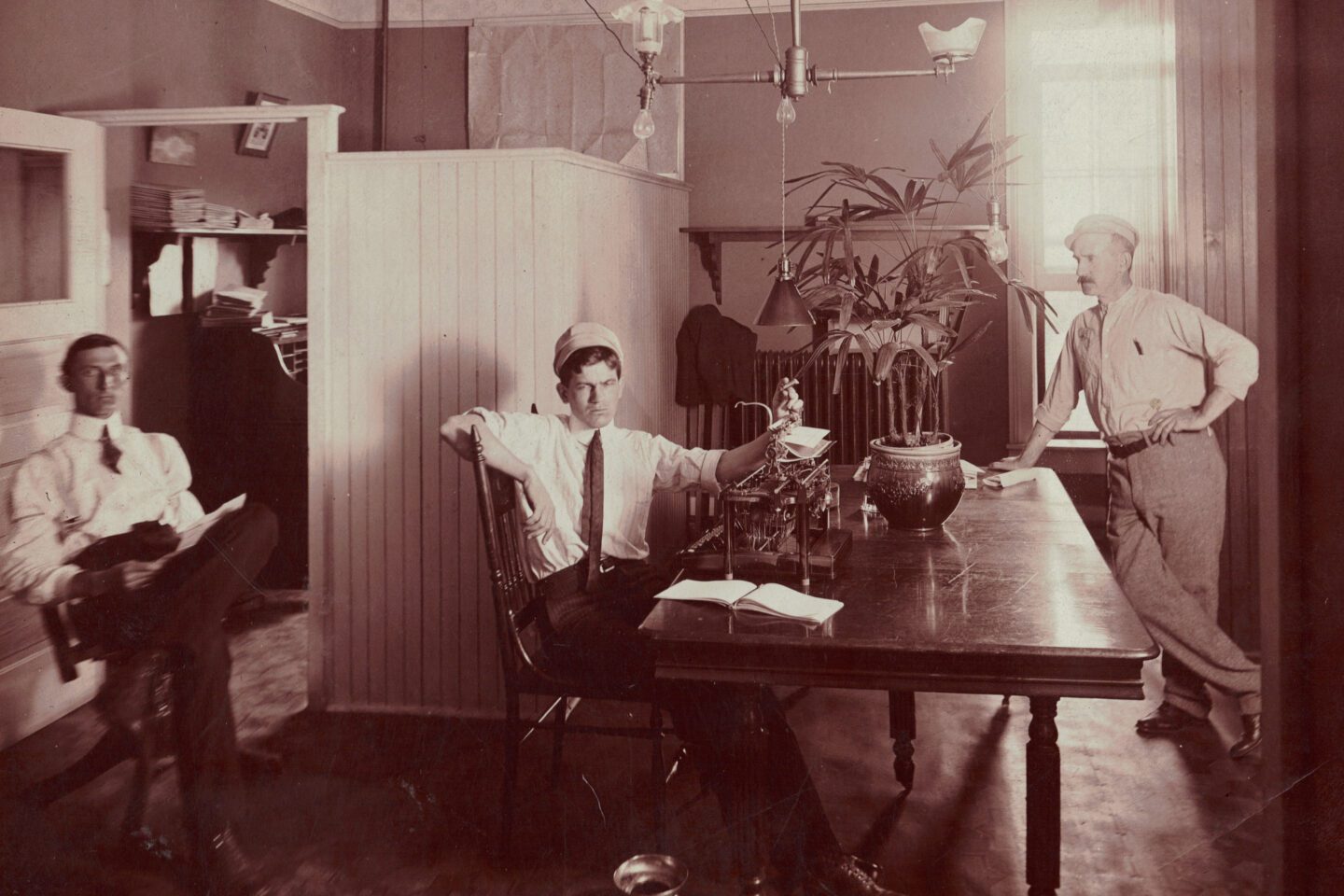
Circa September 1903
Correspondence Room No. 2 at Brotherhood headquarters in Lafayette, Indiana. The gentleman on the far left is W. Cook.
-
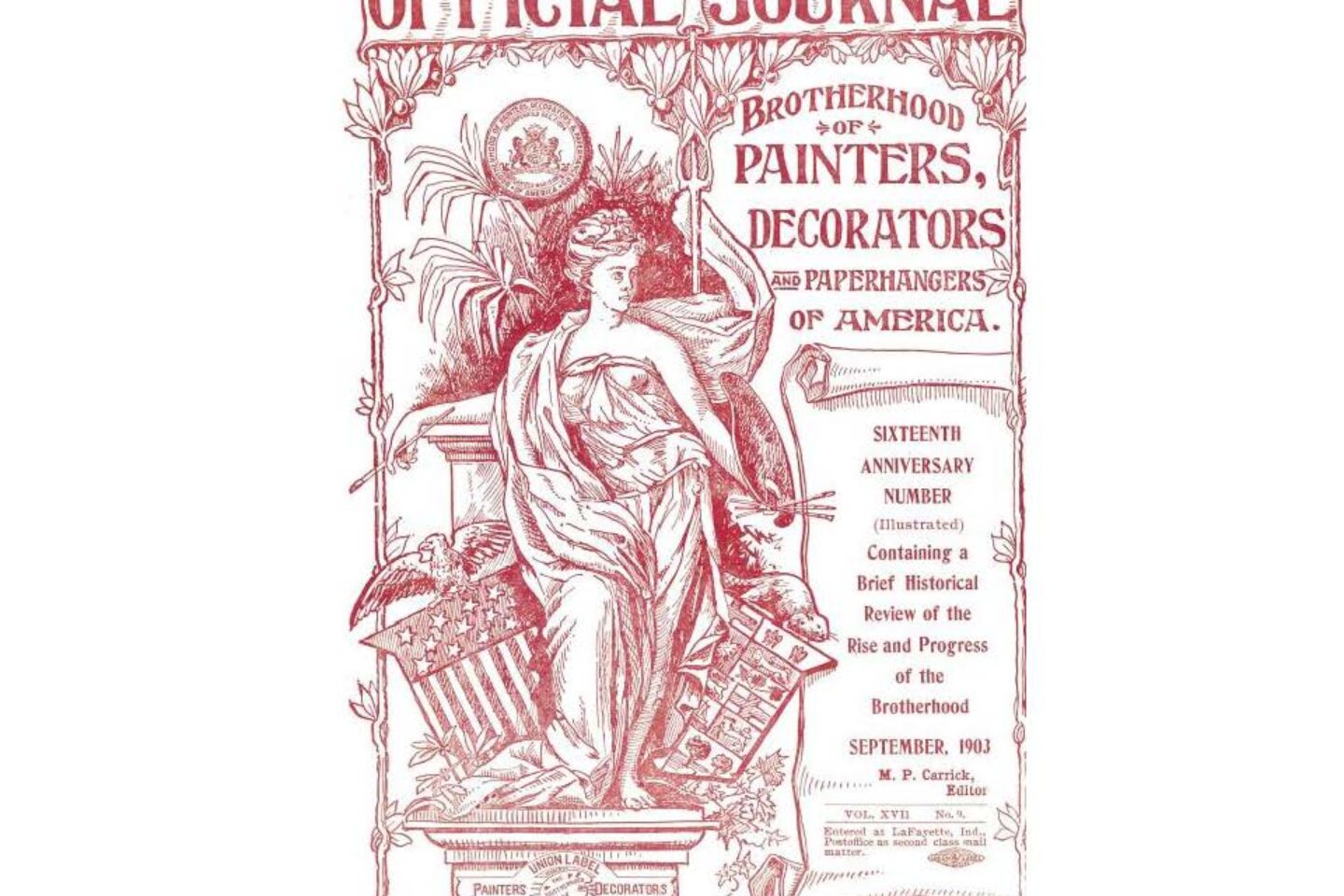
September 1903
Sixteenth Anniversary Journal cover.
-
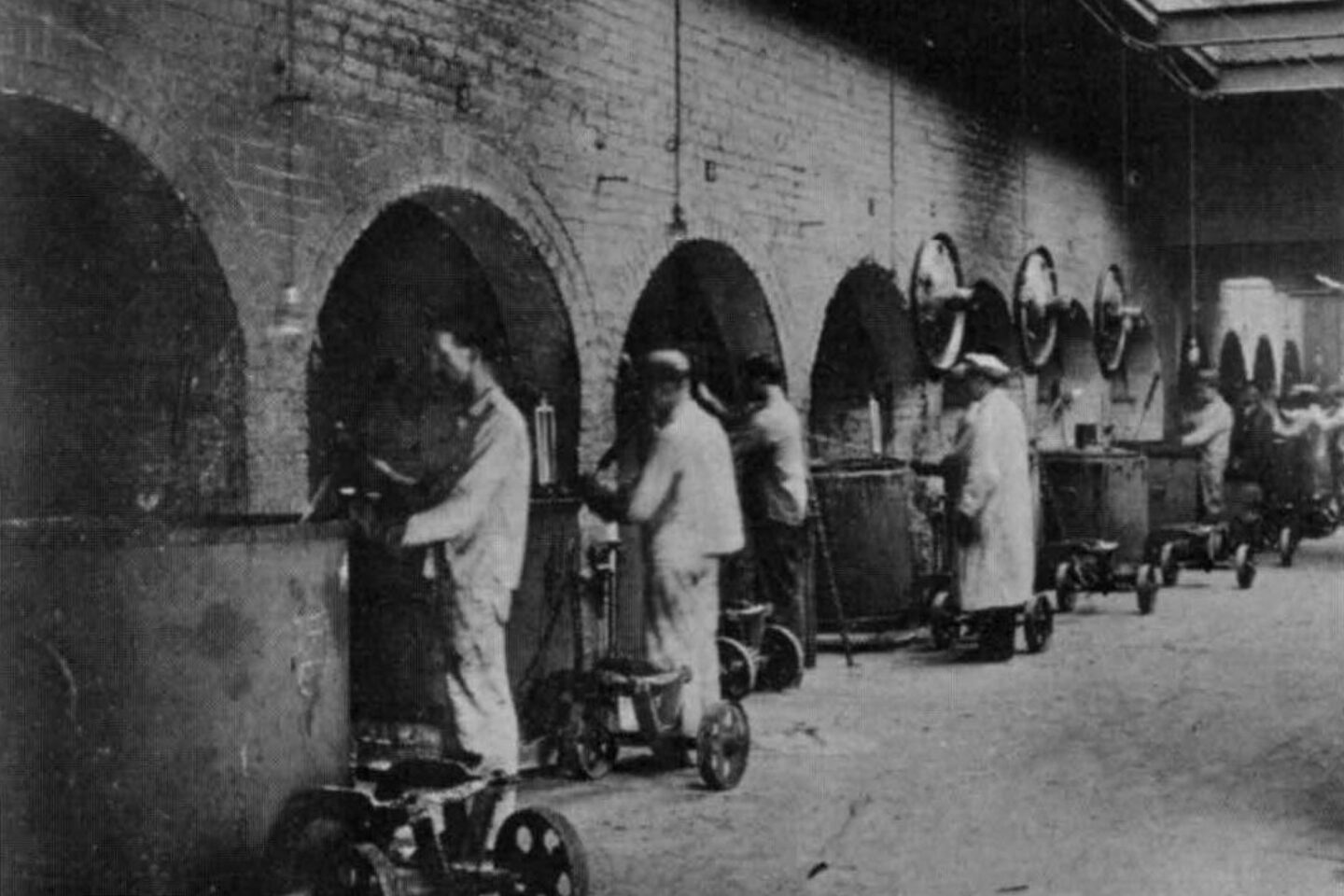
Circa 1904
Paint makers.
-
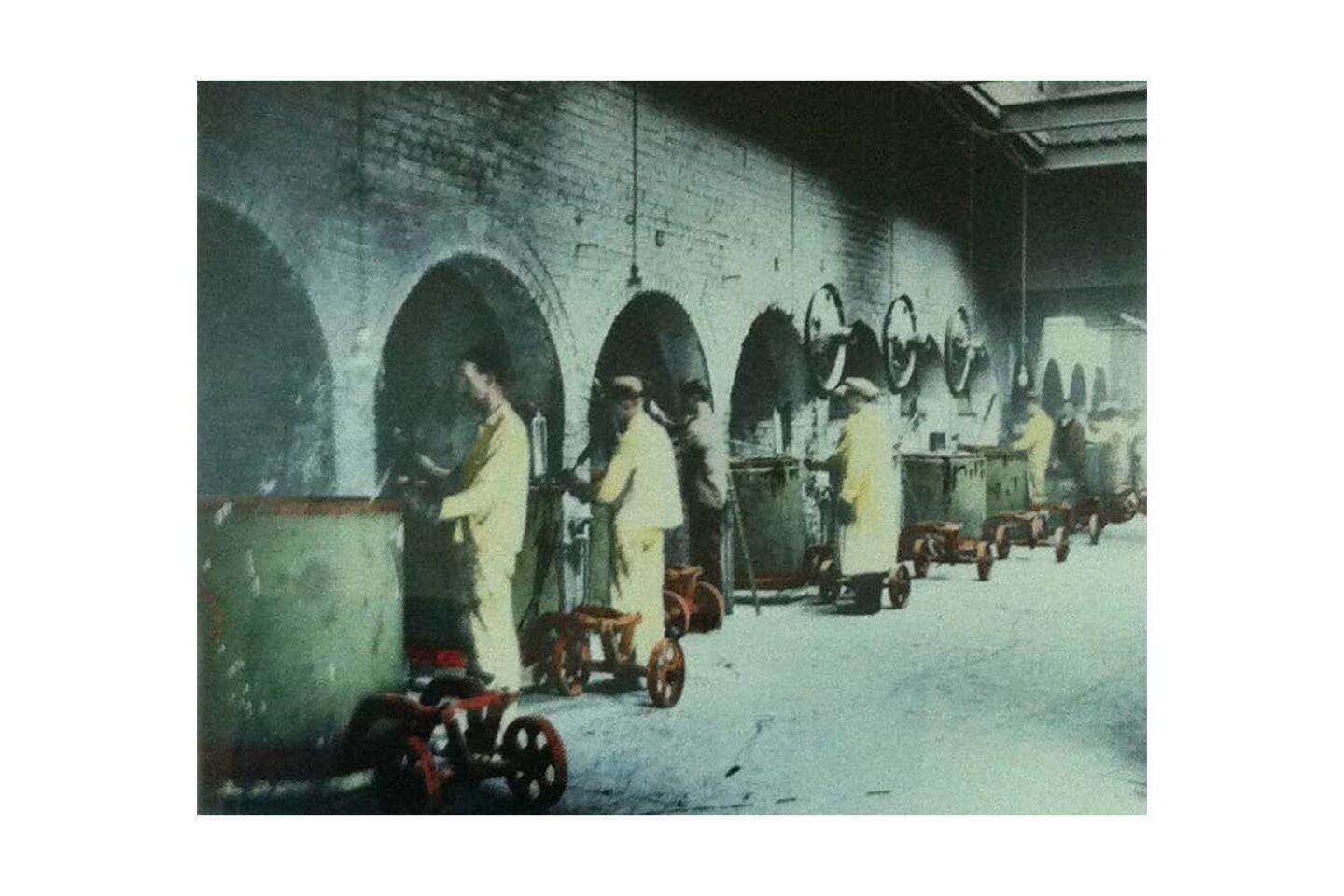
Circa 1904
Paint makers (colorized).
1910s
-
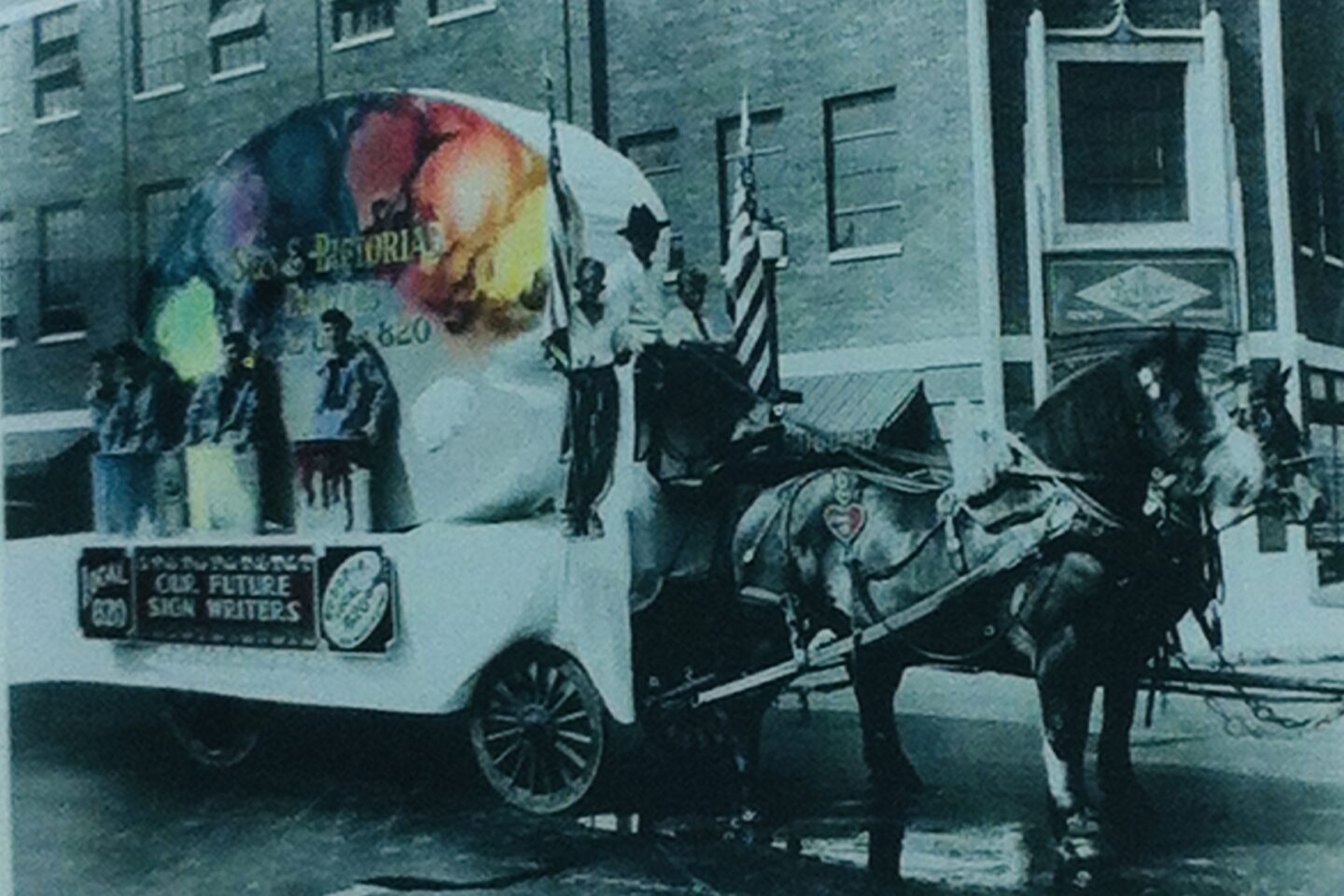
Circa 1910
Members of Sign and Pictorial Painters Local 820 (Raytown, Missouri) on a horse-drawn float (colorized).
-
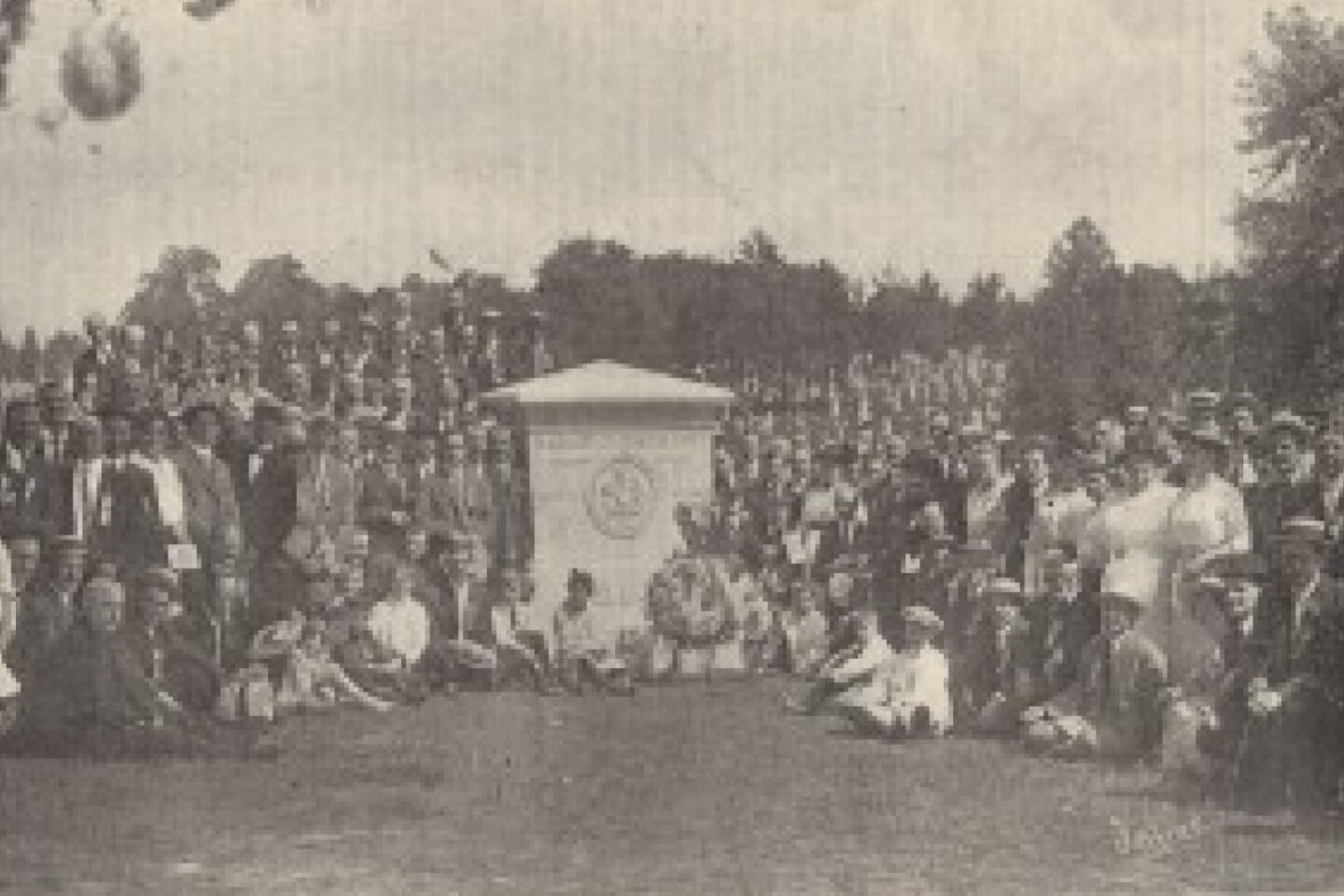
September 7, 1914
Dedication of monument honoring founder and first GST John T. “Jack” Elliott, Loudon Park Cemetery, Baltimore.
-
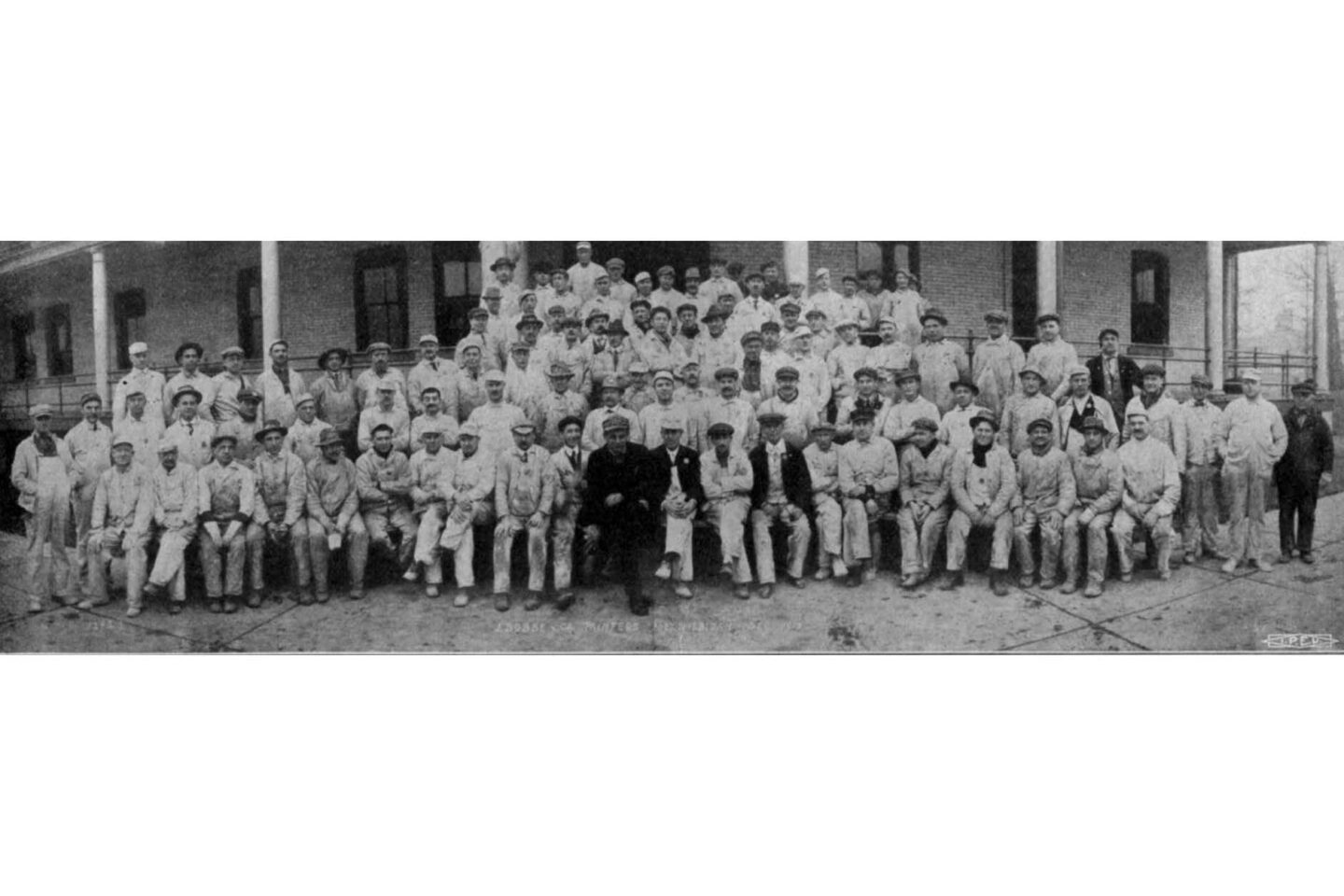
December 1918
First World War painters in Fort Sheridan, Illinois.
1920s
-
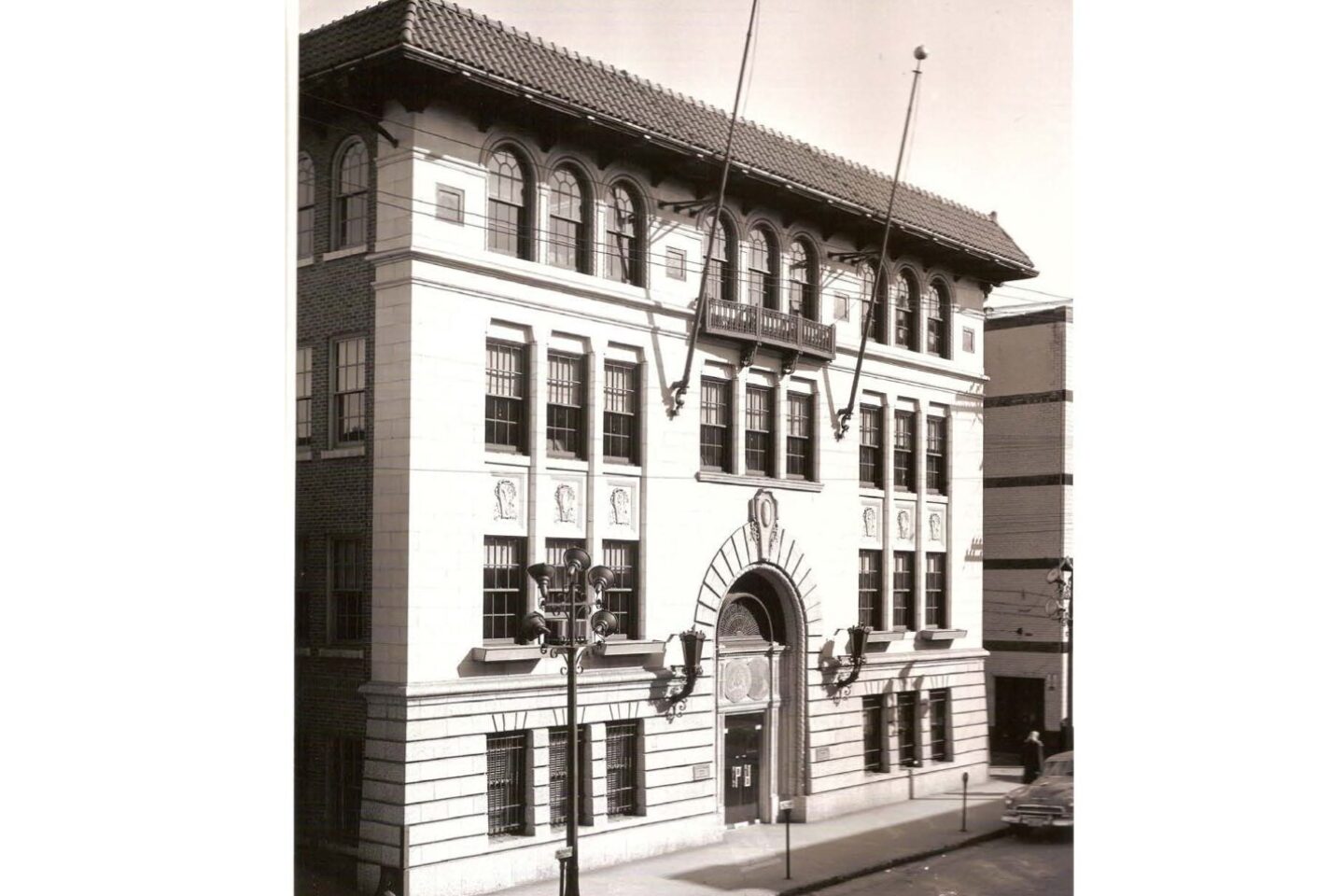
1921
Construction finished on the first Brotherhood International headquarters in Lafayette, Indiana.
-
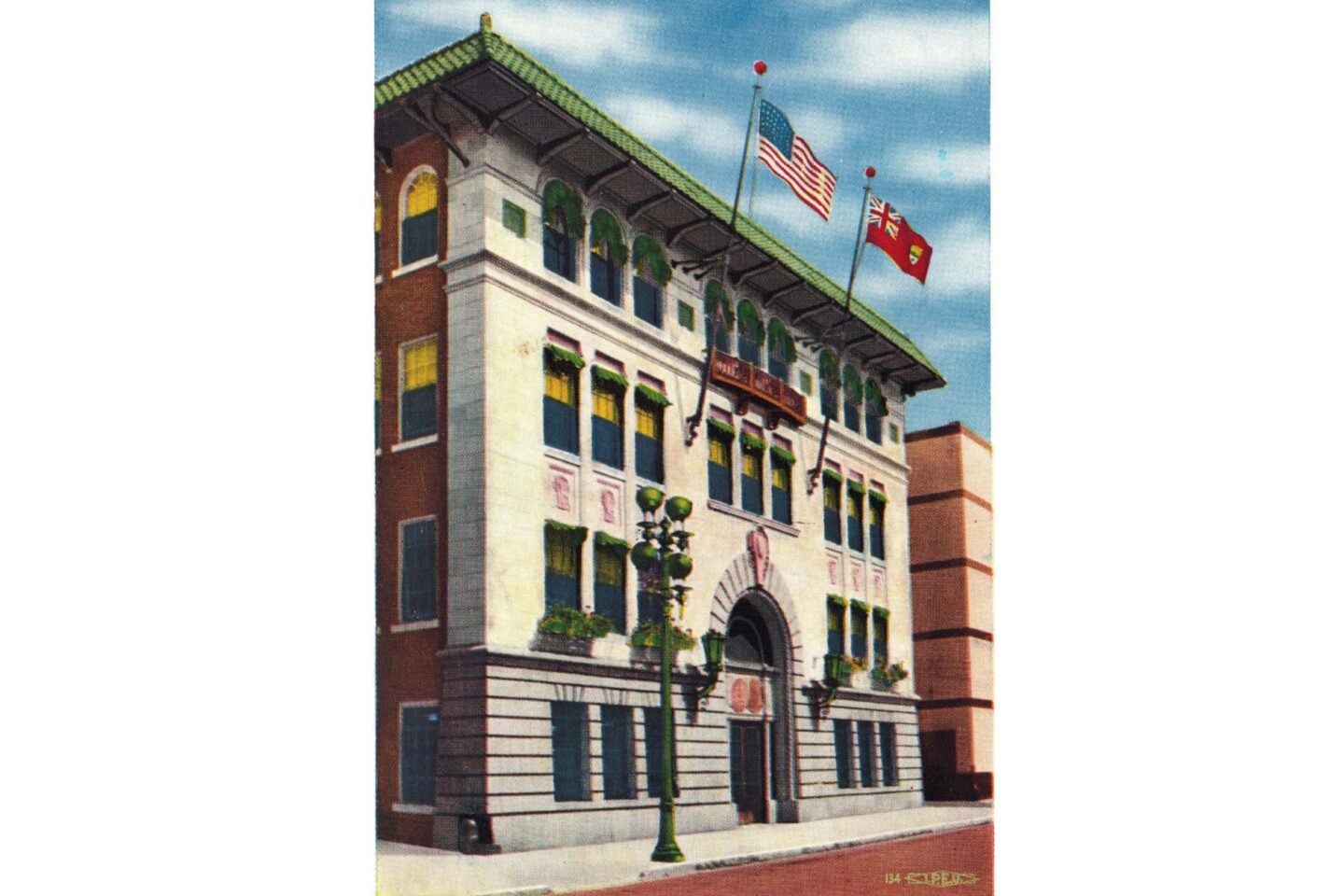
1921
The first Brotherhood International headquarters in Lafayette, Indiana, colorized.
-
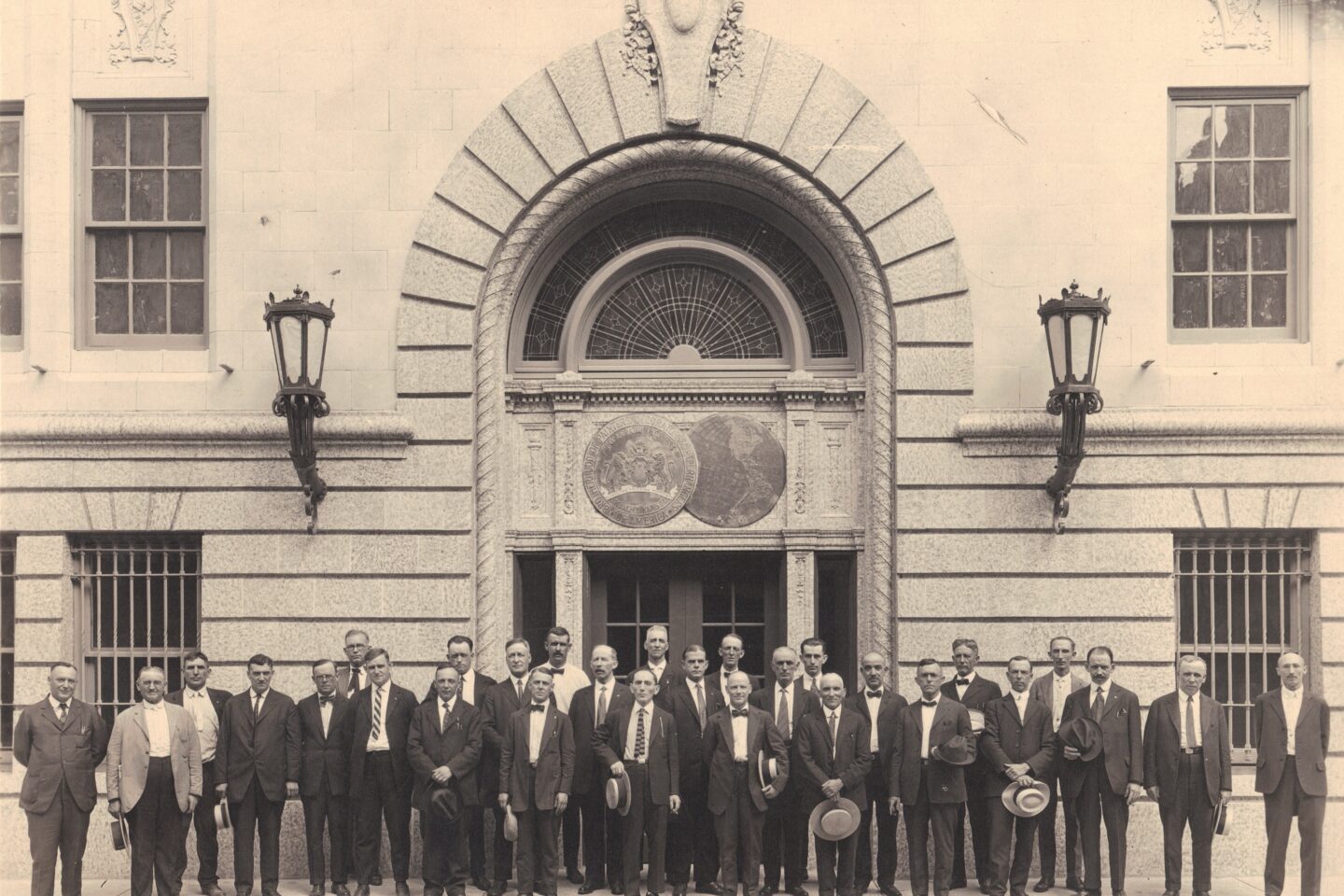
1921
The 1921 Convention Audit Committee in front of the first Brothehood headquarters in Lafayette, Indiana.
-
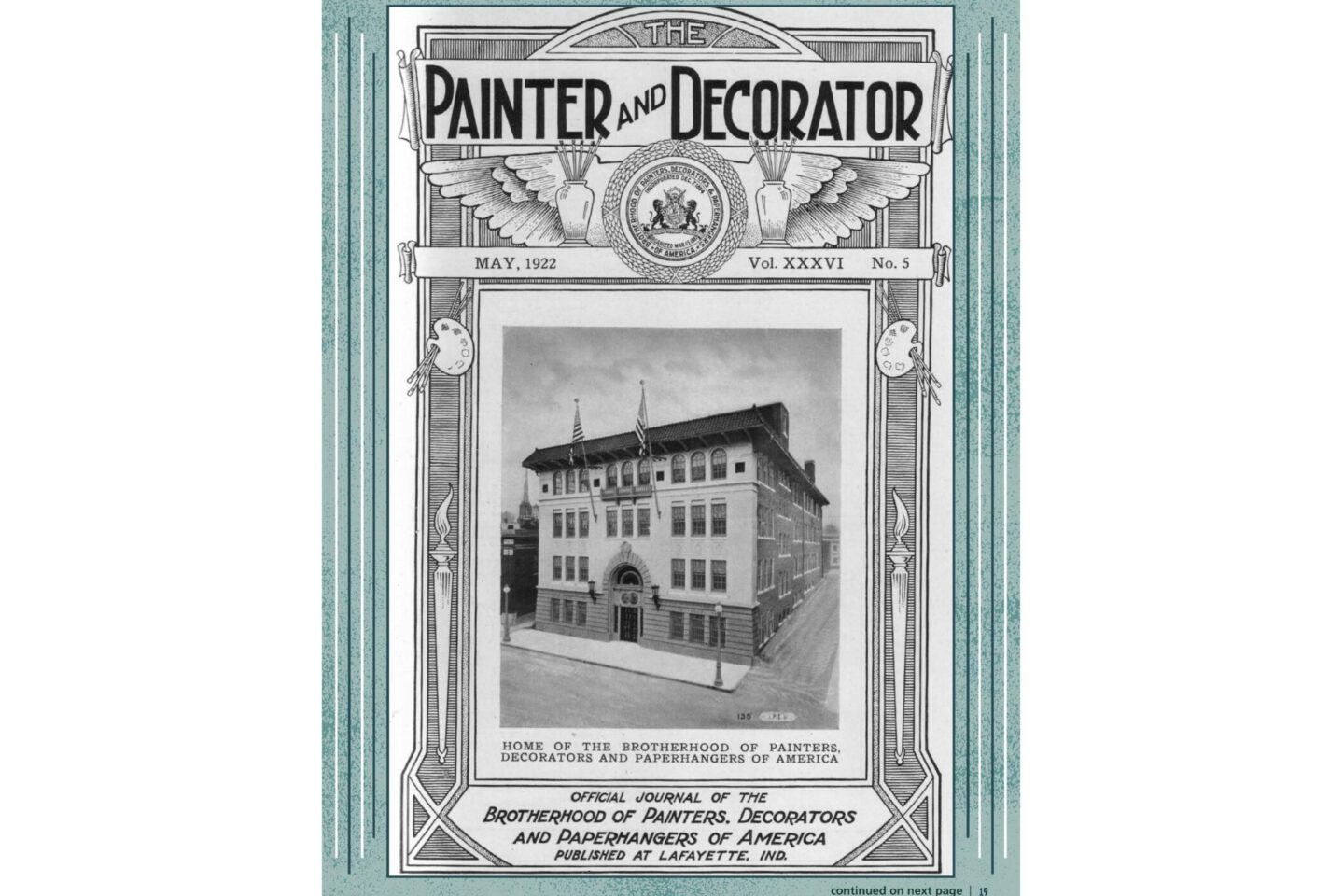
May 1922
“Painter and Decorator” cover with the Lafayette headquarters on it, colorized border added in 2022.
-
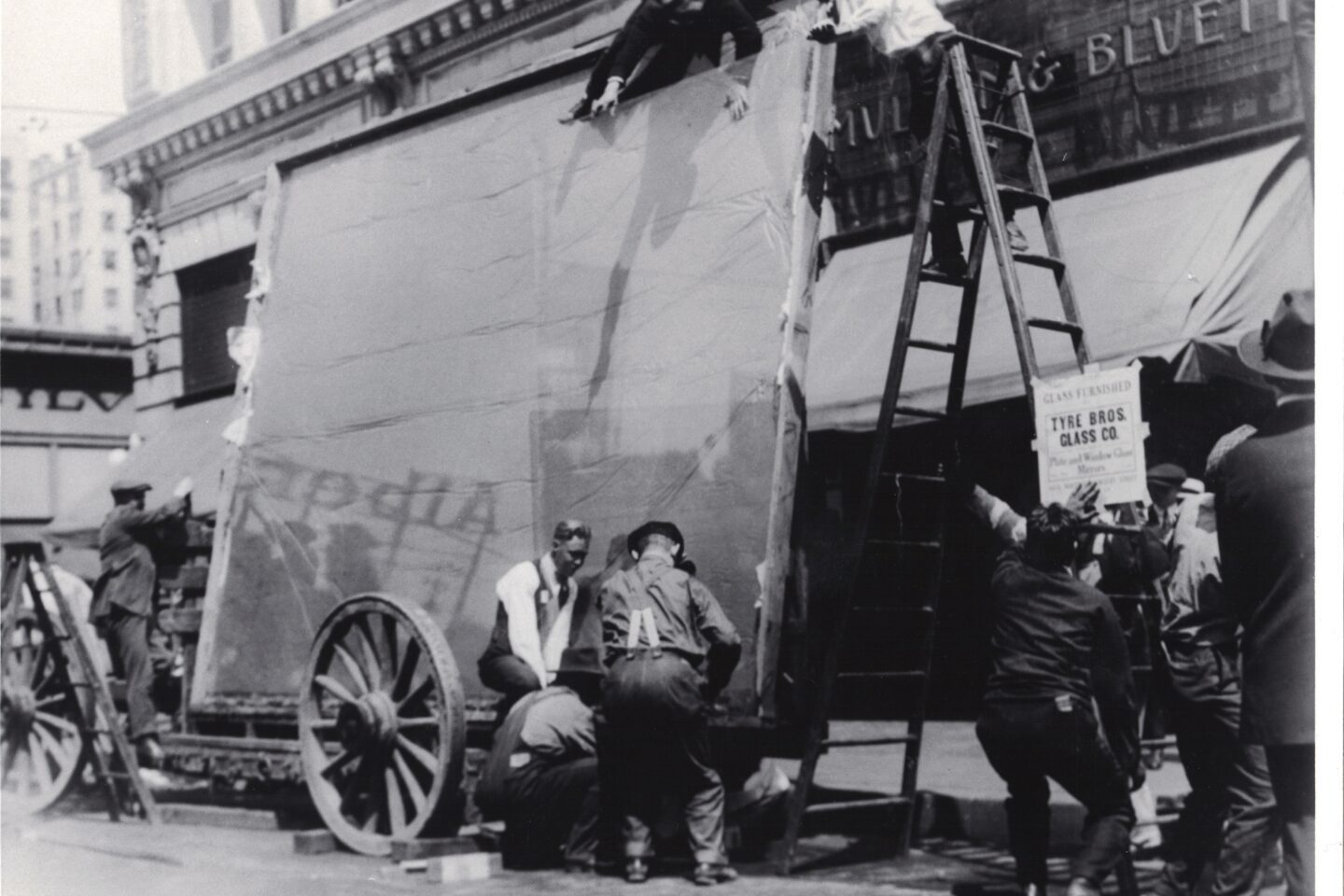
Circa 1927
Local 636 (Los Angeles, California) glaziers prepare glass for installation.
-
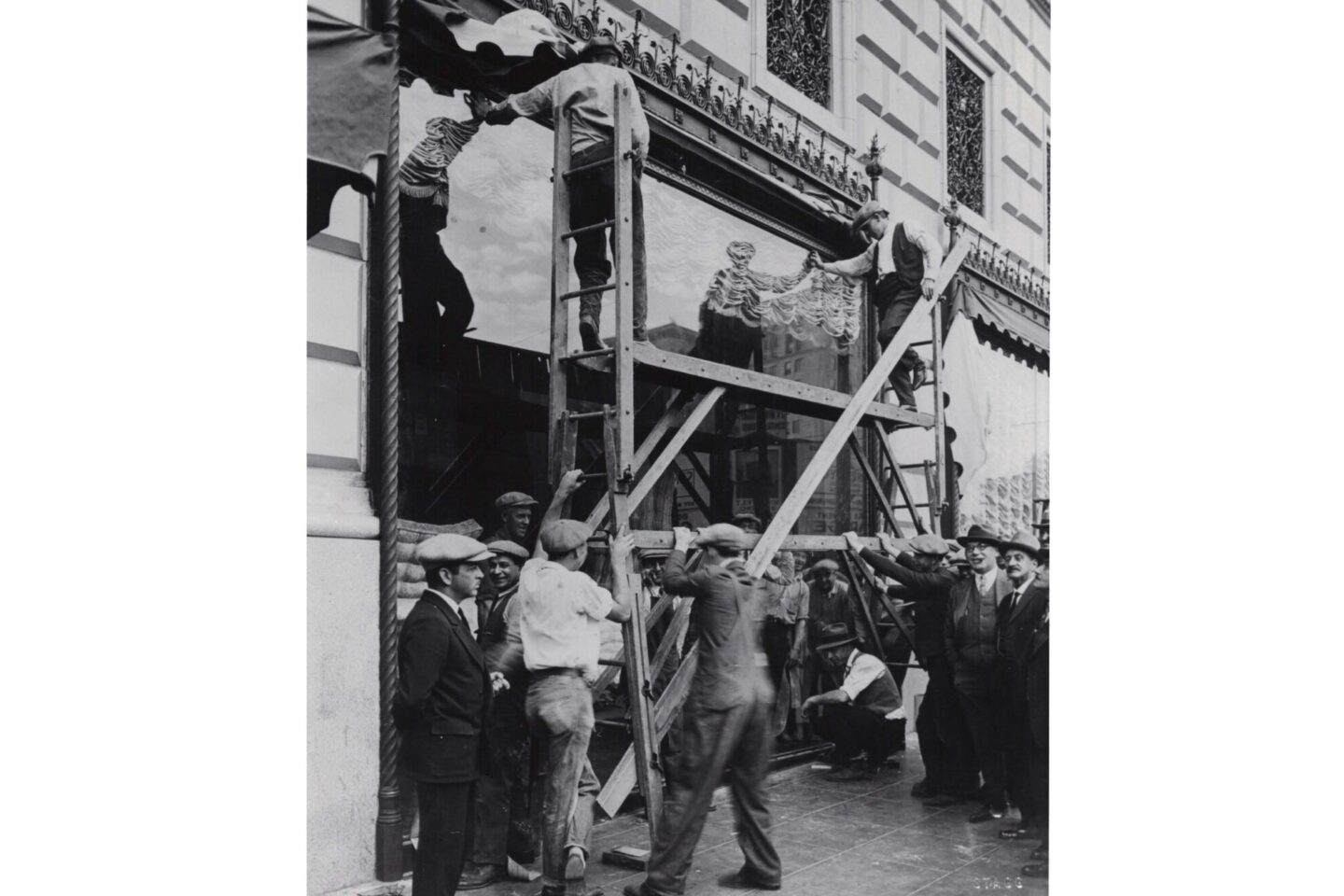
Circa 1927
Local 636 (Los Angeles, California) glaziers install a large glass plate.
-
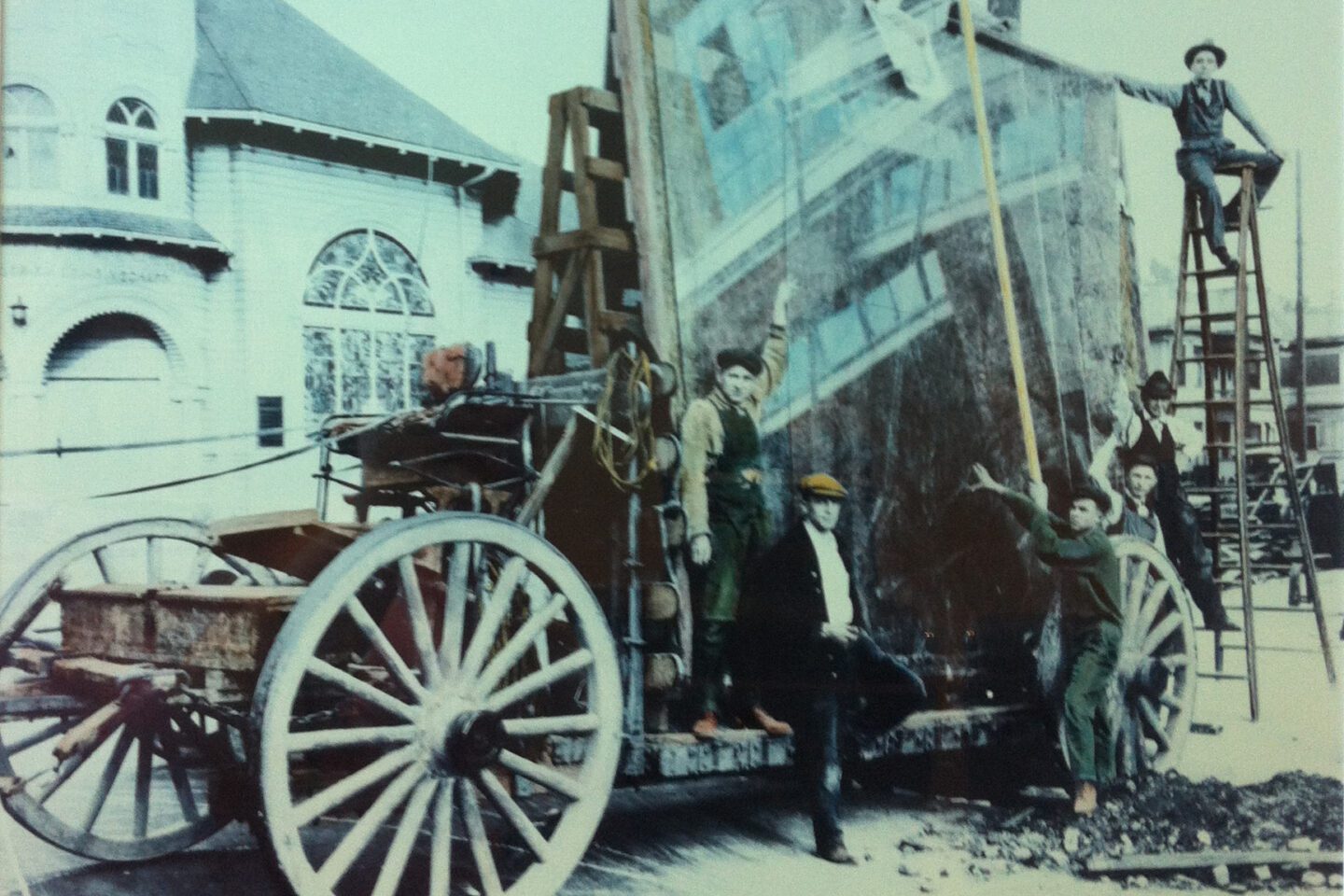
Circa 1927
Local 636 (Los Angeles, California) glaziers next to a horse-drawn glass cart, colorized.
1930s
-
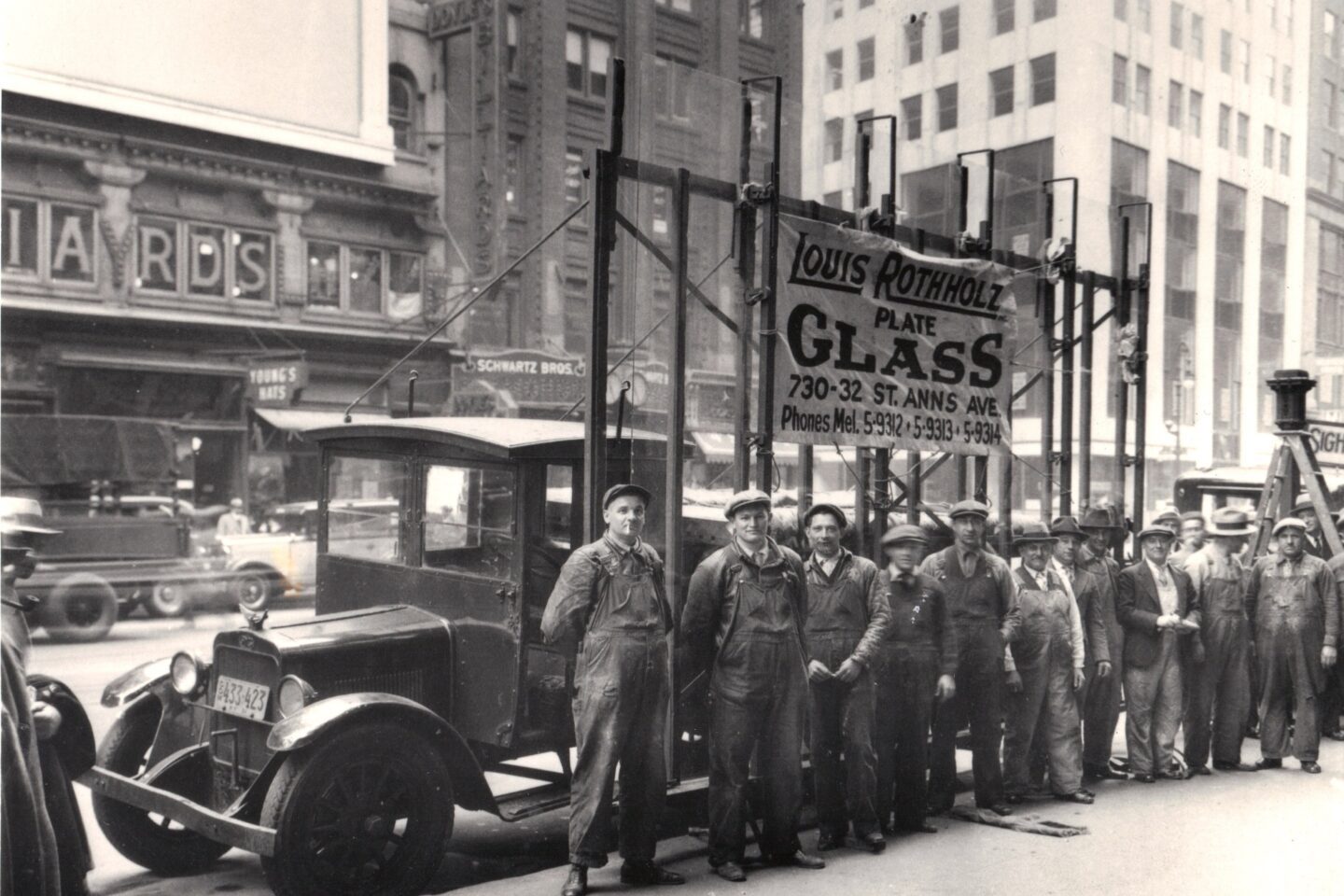
Circa 1930
Glaziers from Louis Rothholz Plate Glass in Bronx, New York.
1940s
-
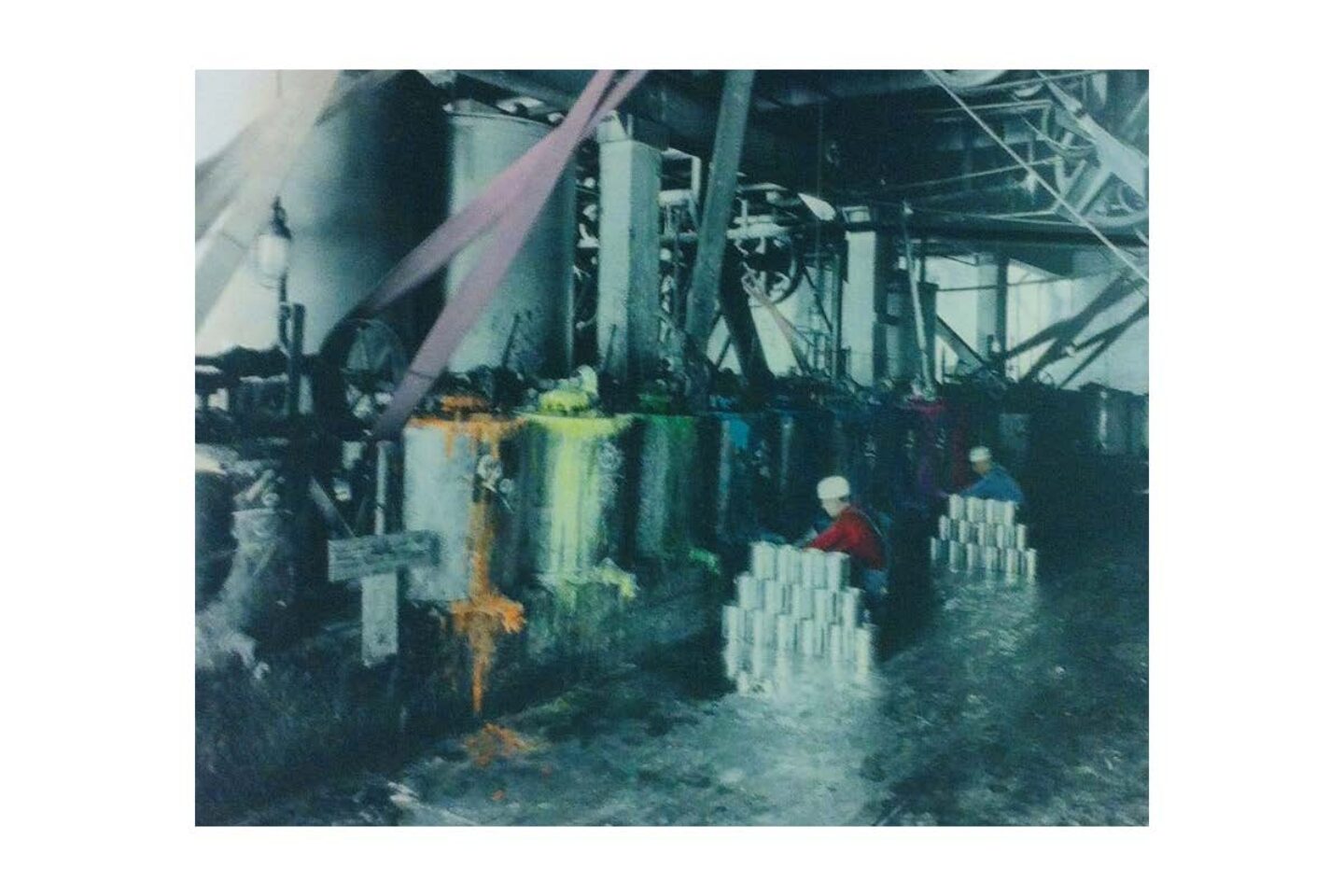
Circa 1940
Kansas City paint makers from Local 754 at a filling plant, colorized.
-
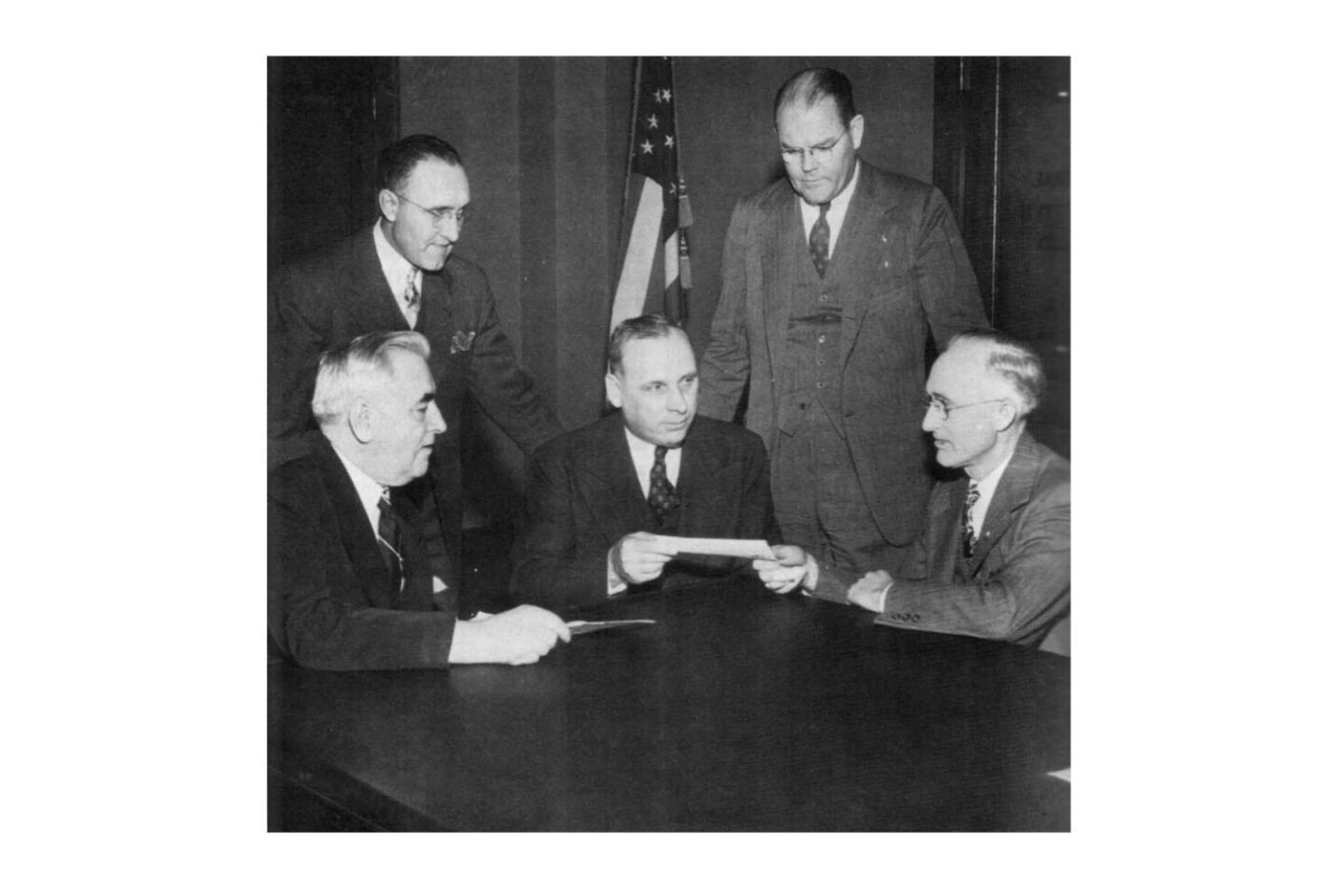
April 8, 1943
General President L. Lindelof and GST L.Raftery purchase $200,000 in war bonds from Second World War Loan Drive Cmte.
1950s
-
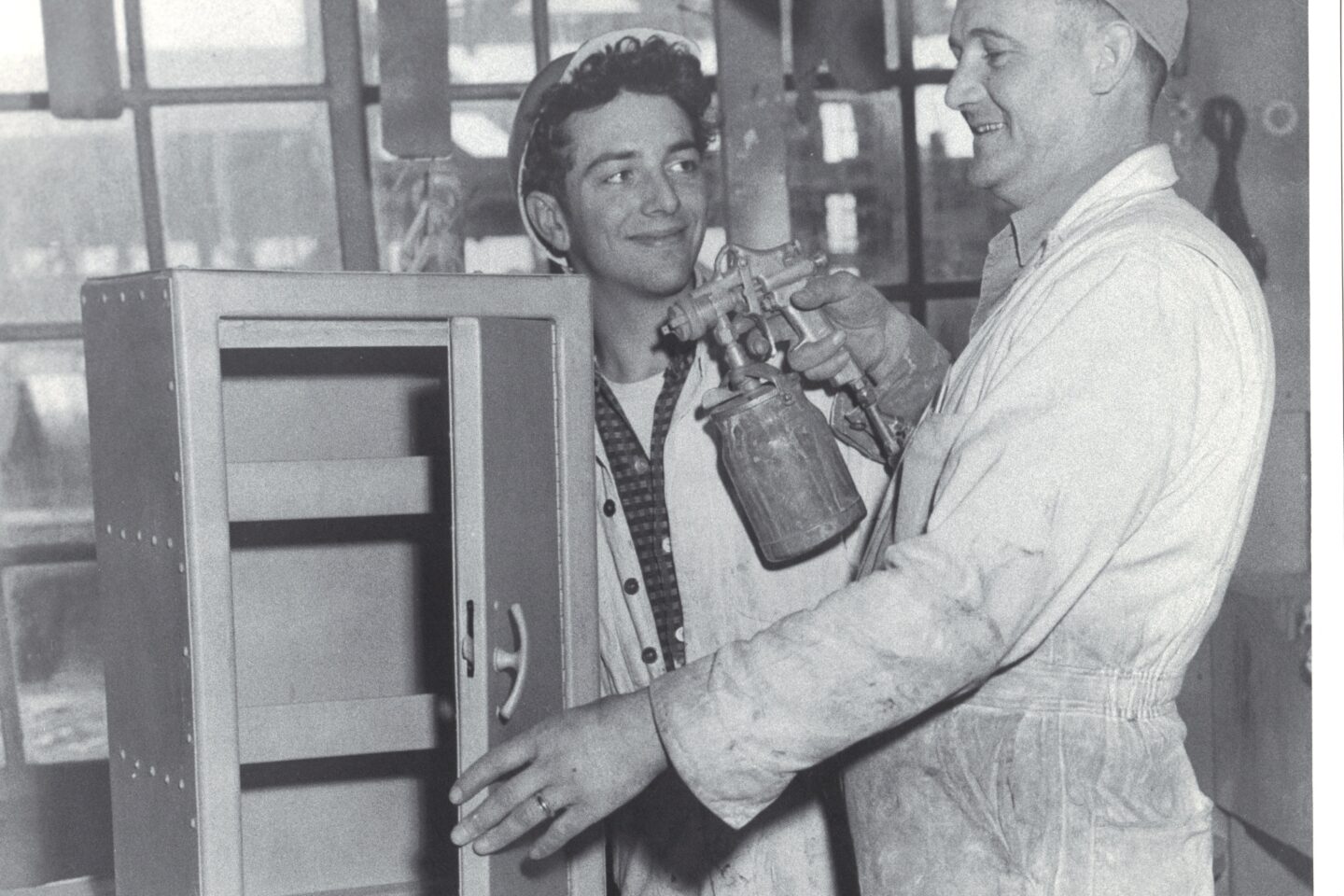
Circa 1950
A Local Union 138 (Vancouver, British Columbia) painter teaches an apprentice how to use a cup gun.
-
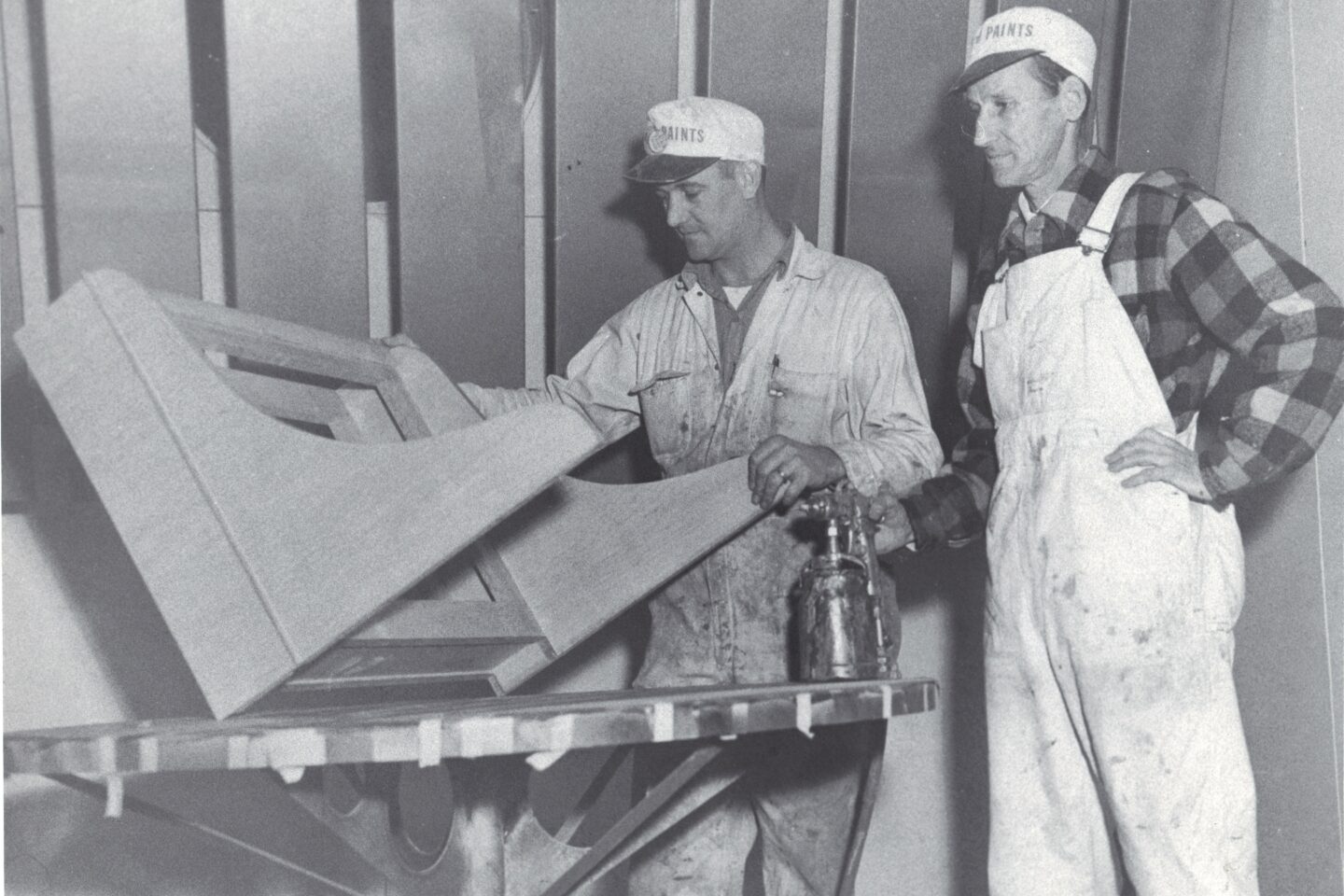
Circa 1950
Cup gun demonstration.
-
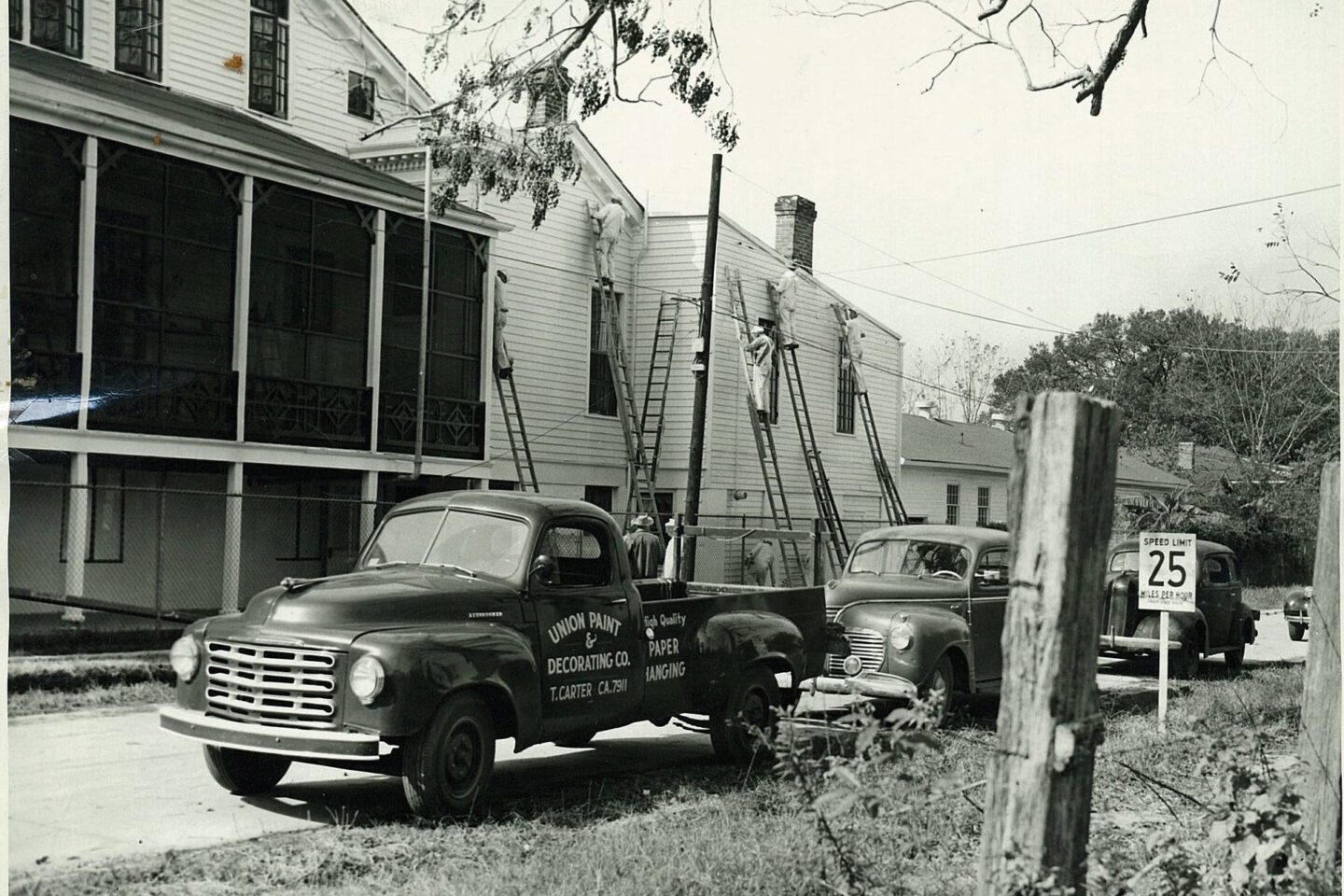
Circa 1950
Brotherhood of Painters, Decorators and Paperhangers of America DC 80 housepainters in Kenner, Louisiana,
-
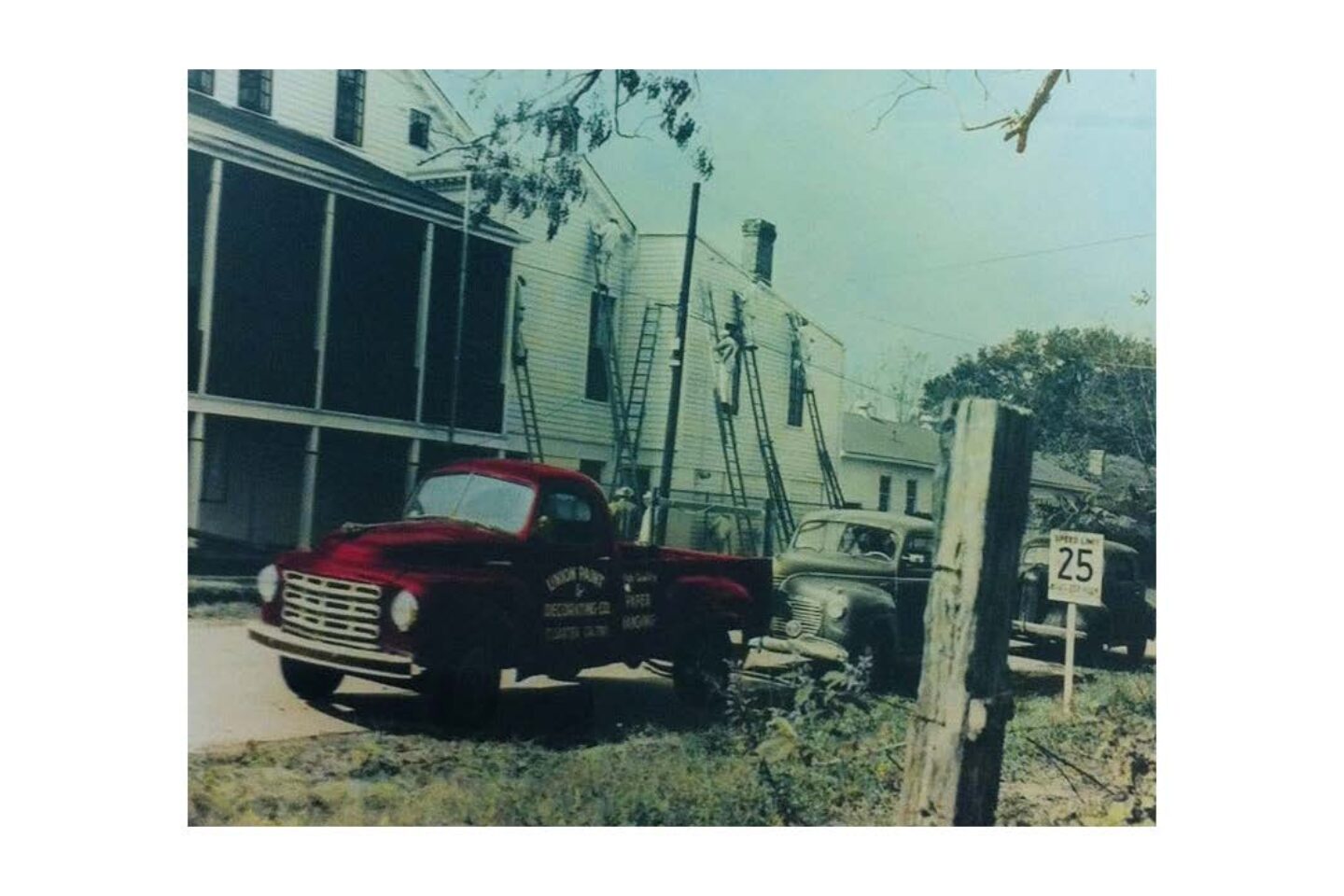
Circa 1950
Brotherhood of Painters, Decorators and Paperhangers of America DC 80 housepainters in Kenner, Louisiana,, colorized.
-
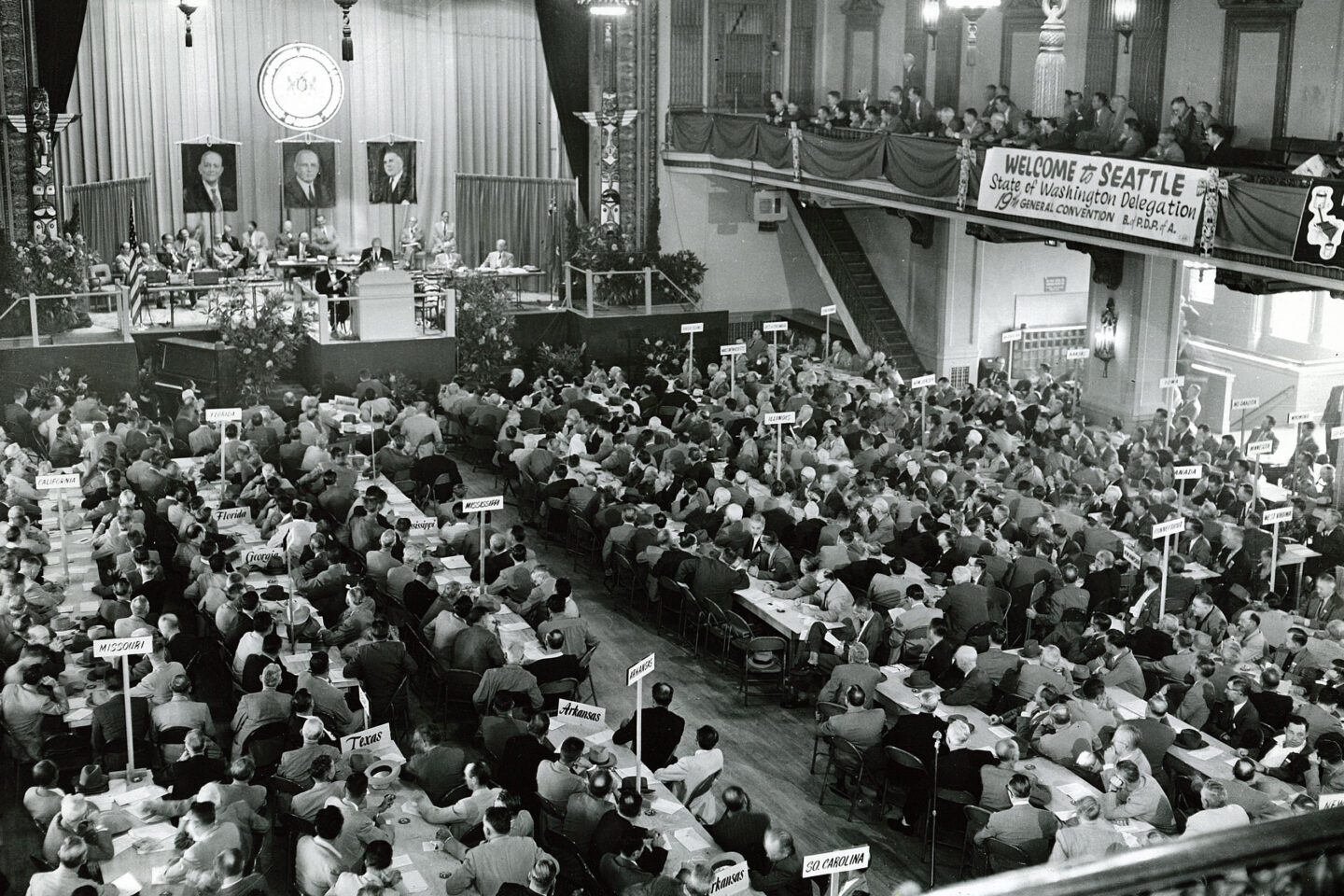
1954
1954 General Convention, Seattle, Washington.
-
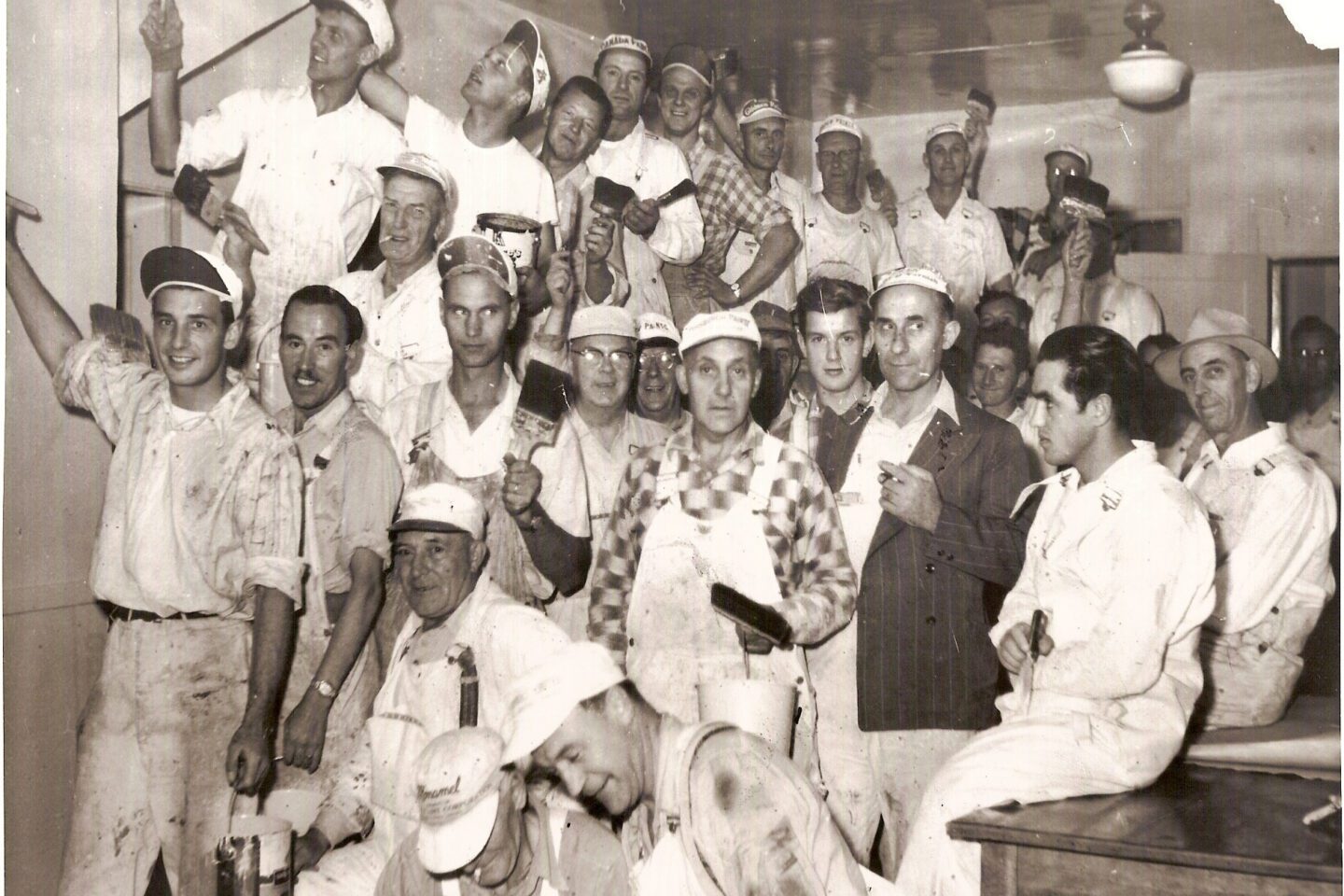
September 1957
Local 138 (Vancouver, British Columbia) painters perform charity paint work.
-
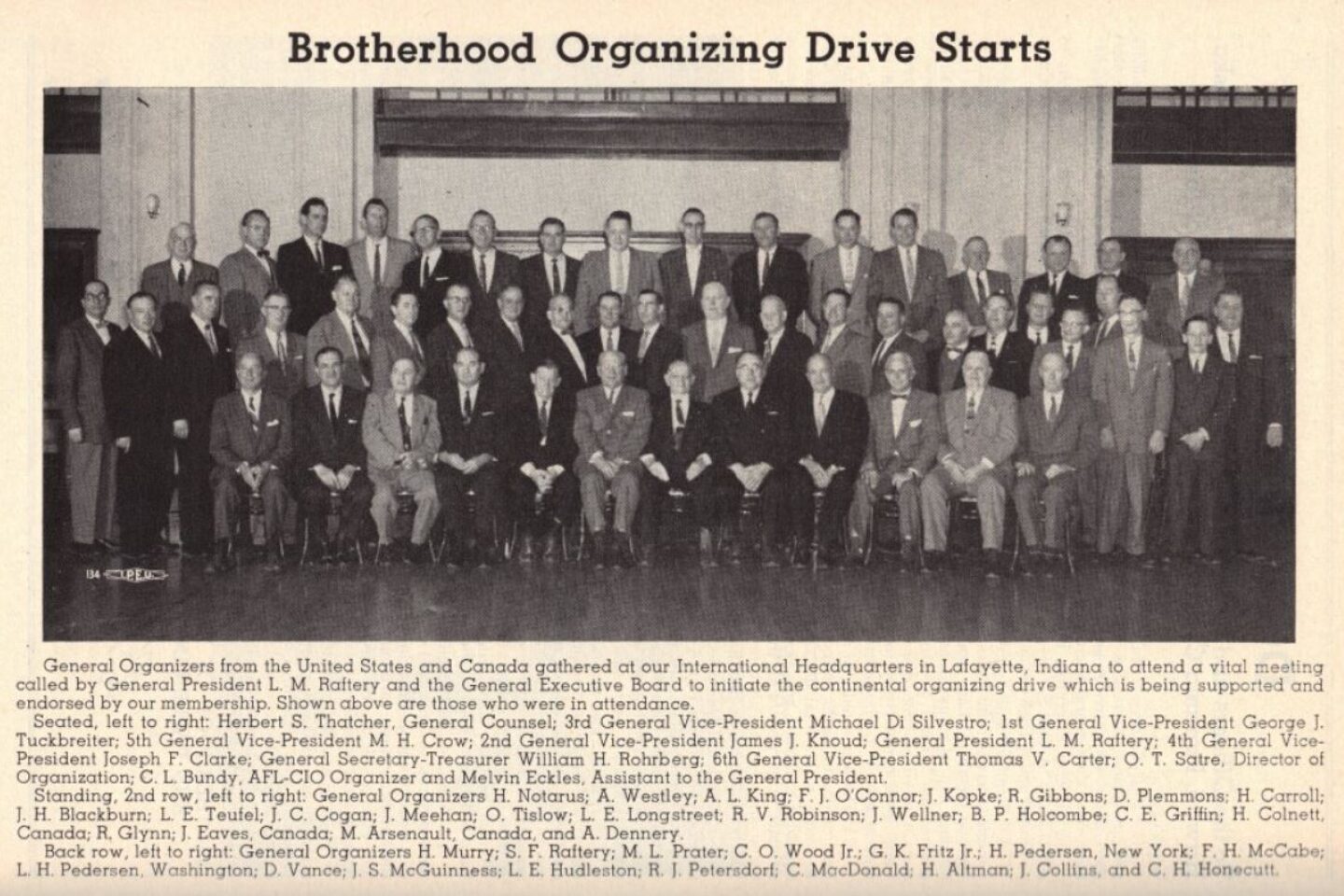
April 1958
General Organizers from the United States and Canada gathered in Lafayette, Indiana, for a continental organizing drive.
1960s
-
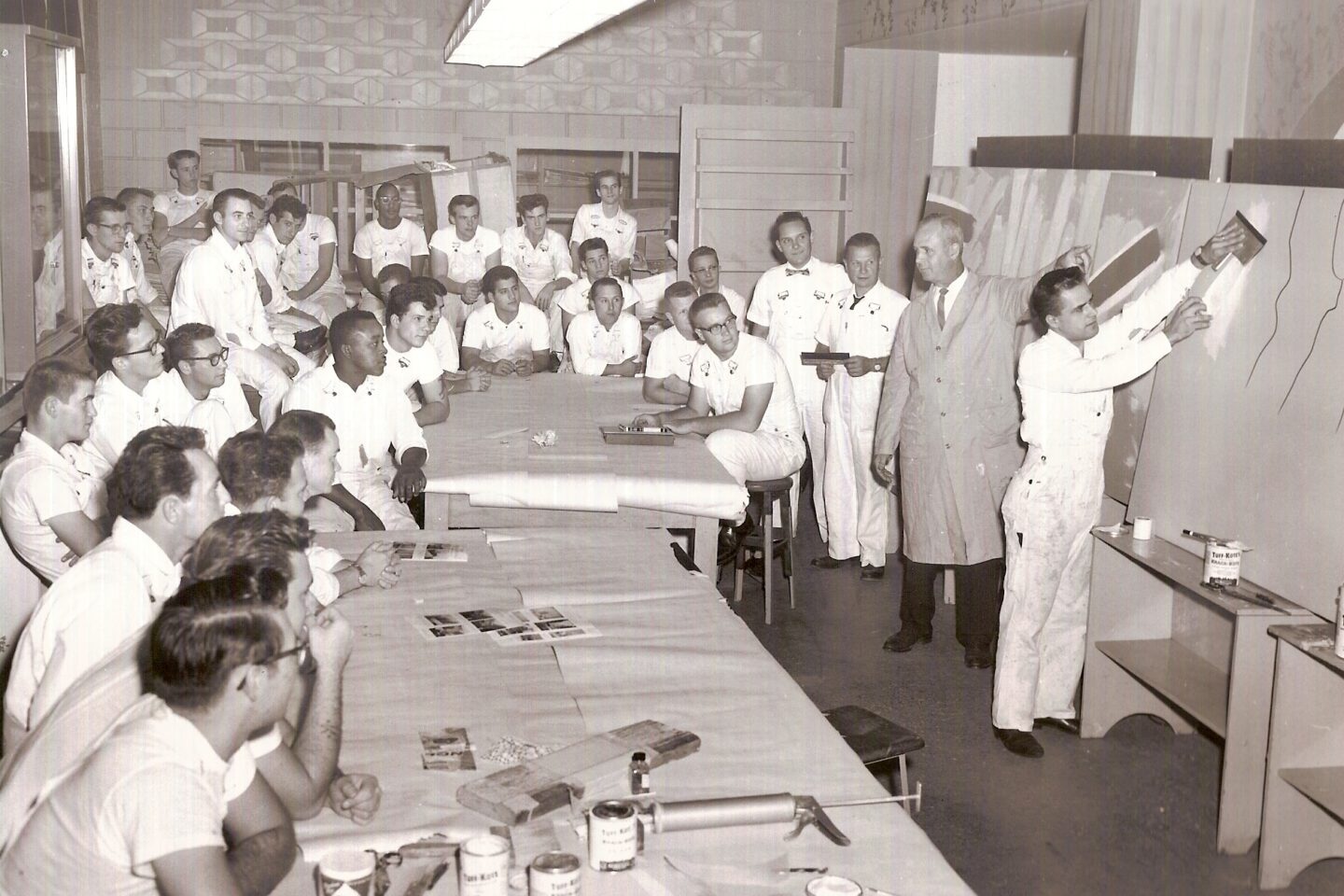
Circa 1960
A drywall finishing class.
-
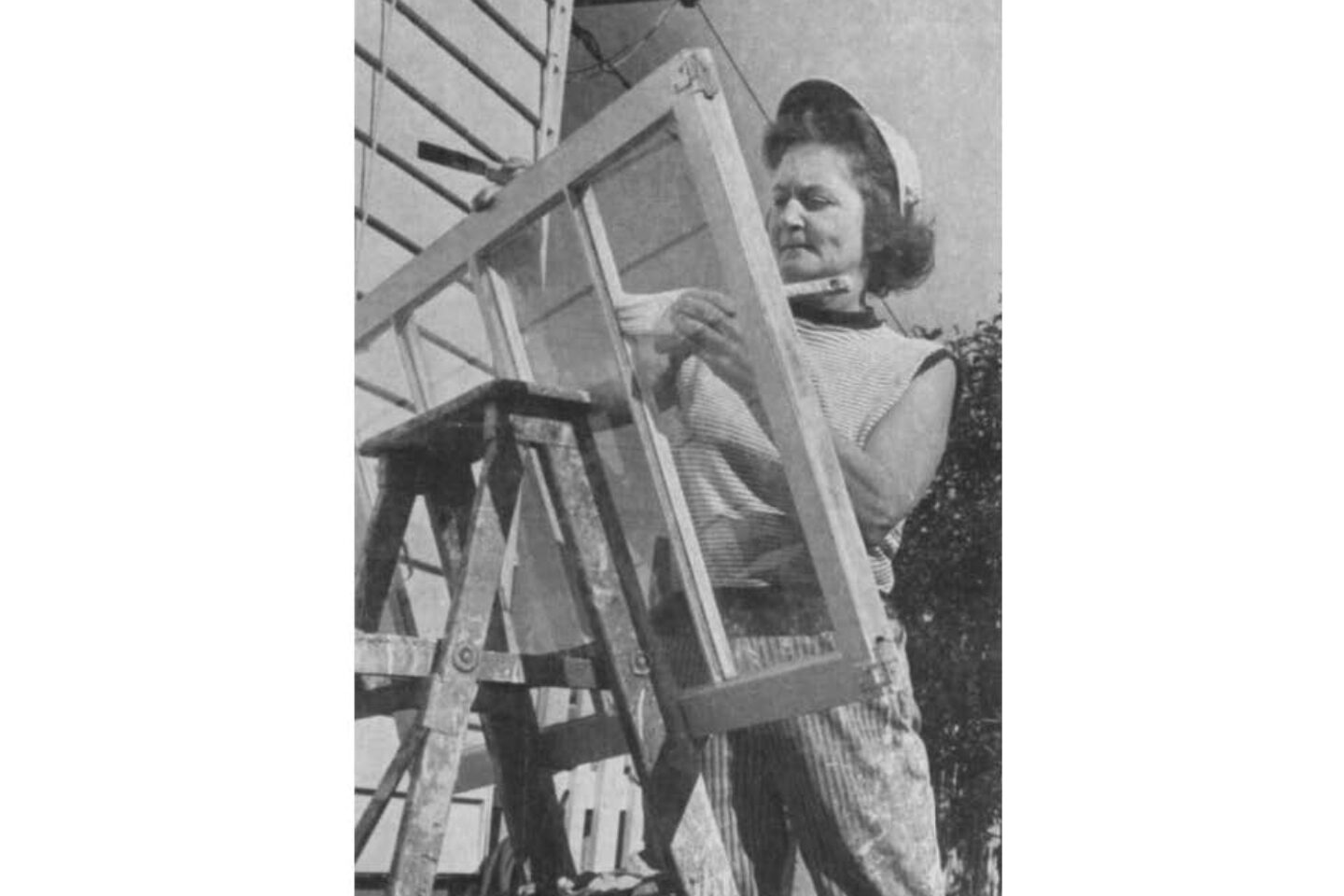
1967
Local 583 (Calgary, Alberta), initiated Evelyn Pederson, its second female member in 62 years.
-
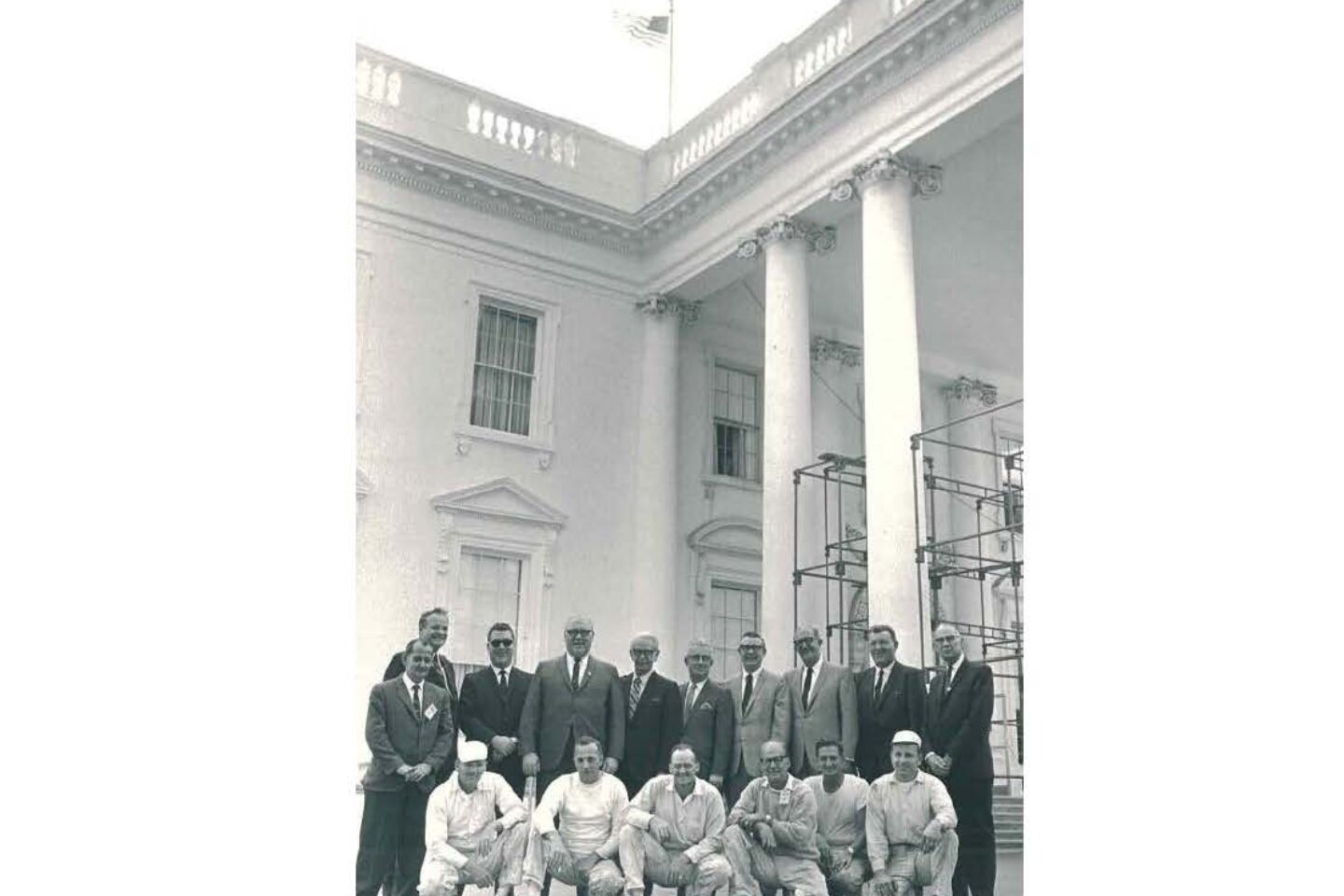
October 1968
Painters and decorators from Locals 368, 890 & 1778 prepped the White House for President Nixon’s inauguration.
-
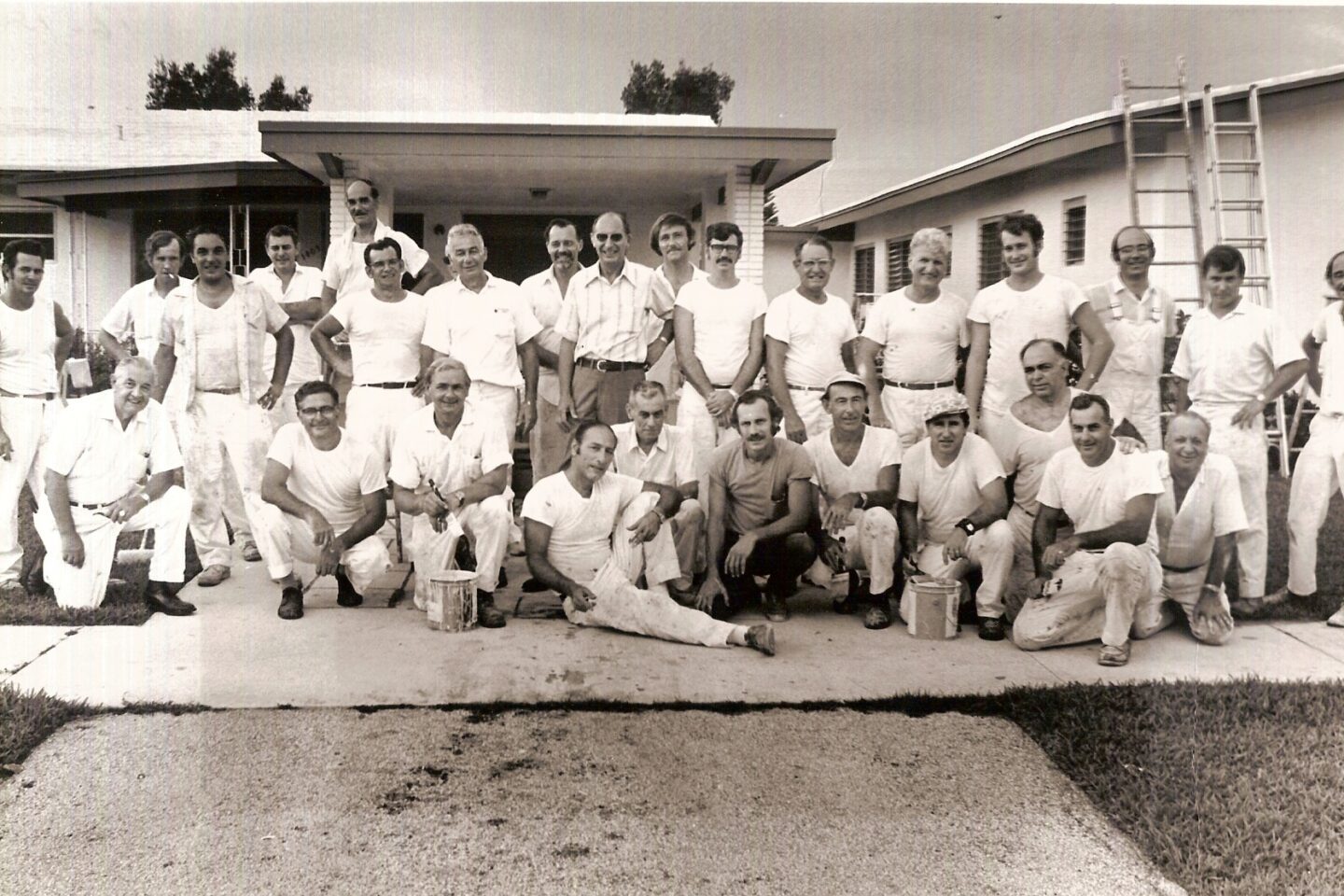
Circa 1969
A group of house painters.
1970s
-
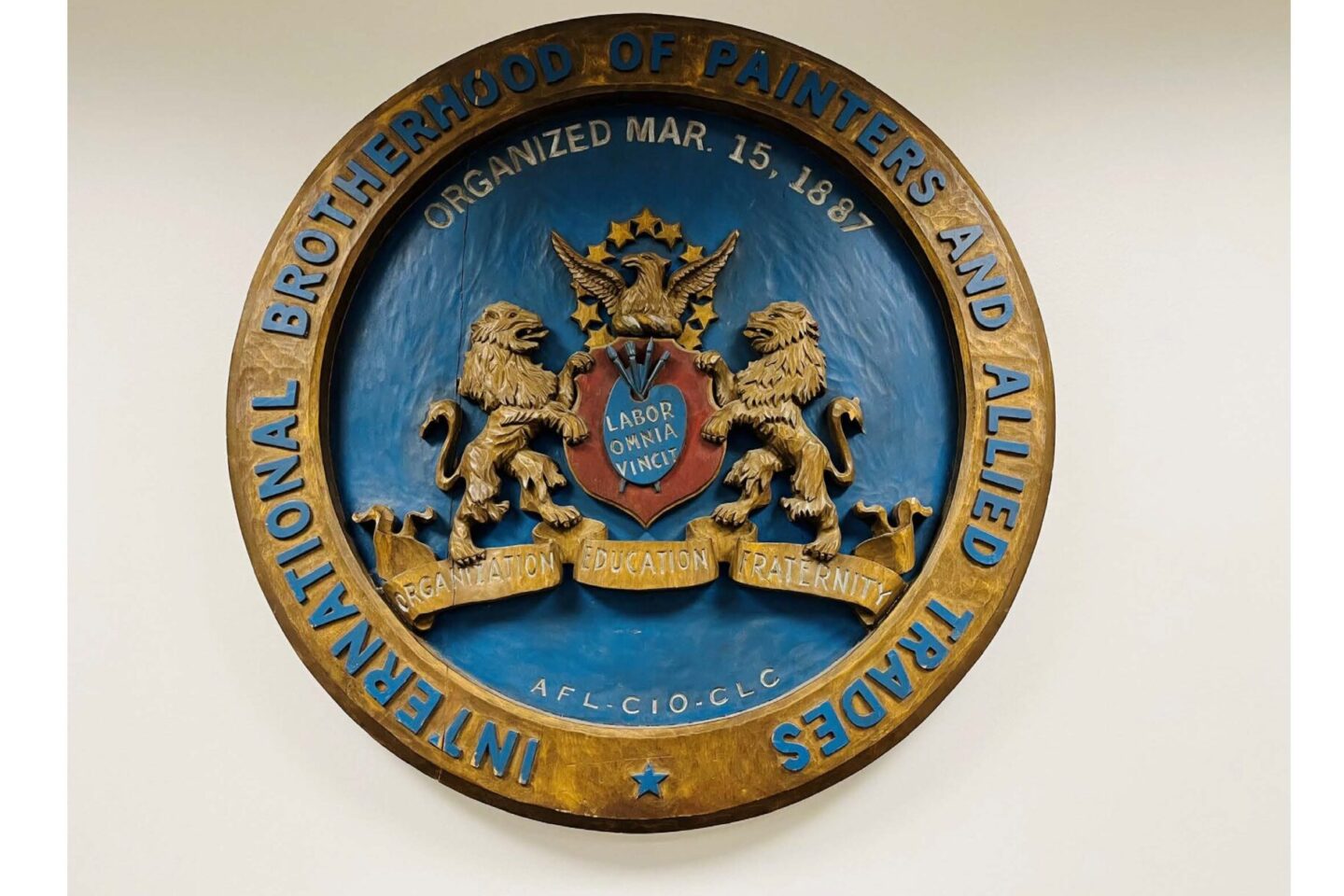
1970
Official name changed to the International Brotherhood of Painters and Allied Trades.
-
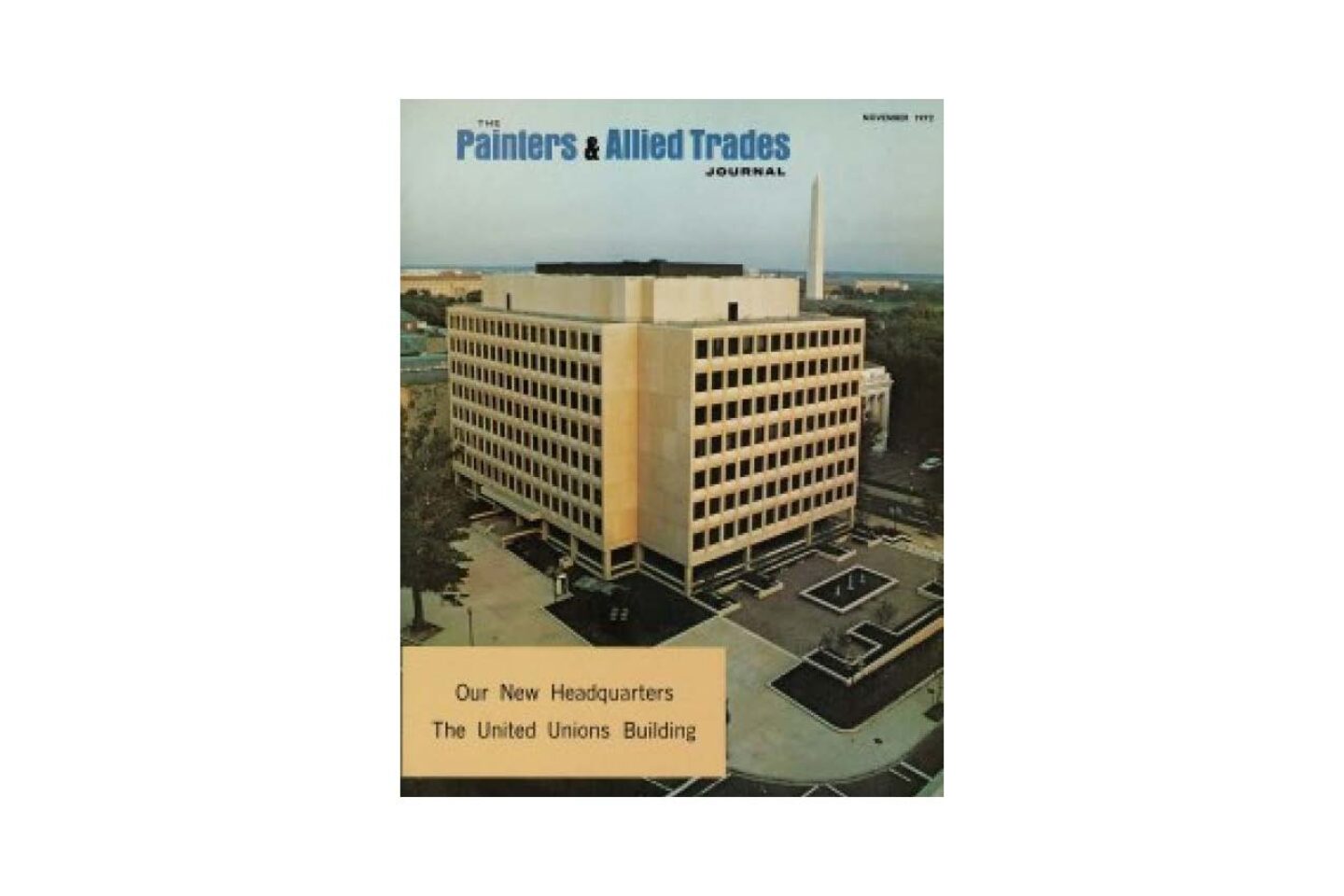
November 1970
The IBPAT moved into its new headquarters in Washington, DC, alongside SMWIA, IAFF and Ironworkers.
-
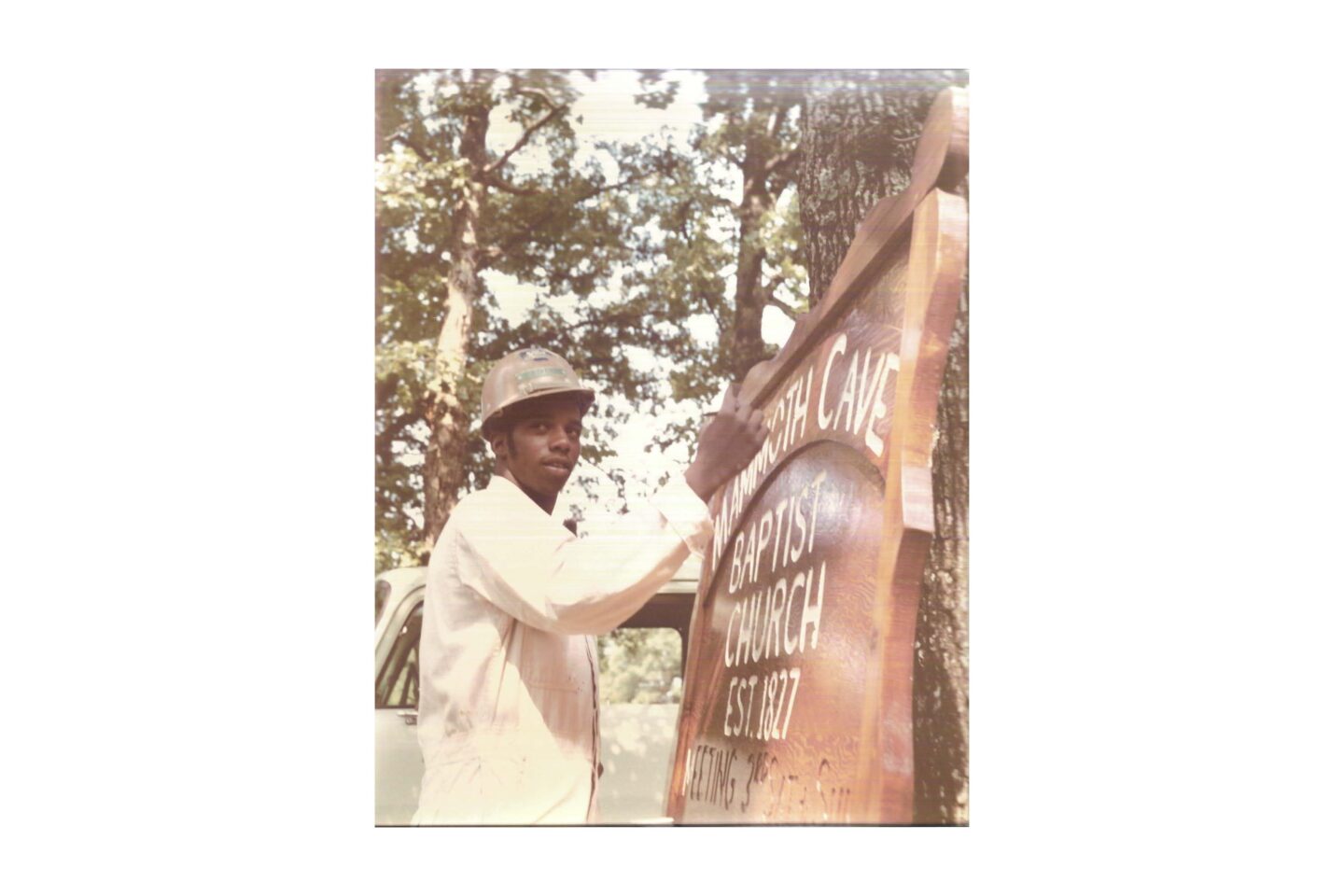
Circa 1970
A Job Corps apprentice paints a sign at Mammoth Cave Baptist Church at Mammoth Cave National Park, Kentucky.
-
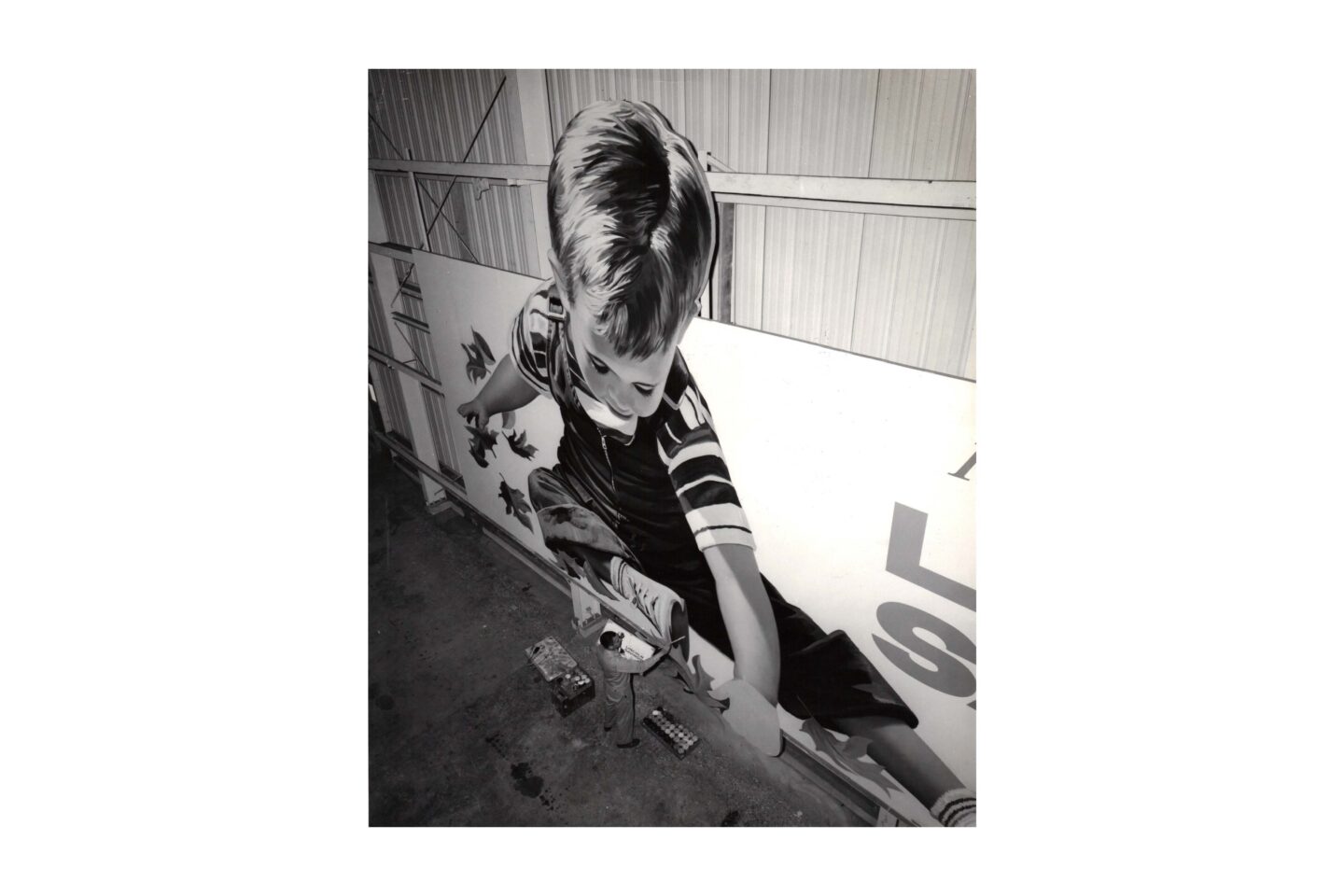
Circa 1970
A sign and pictorial painter illustrates his craft.
-
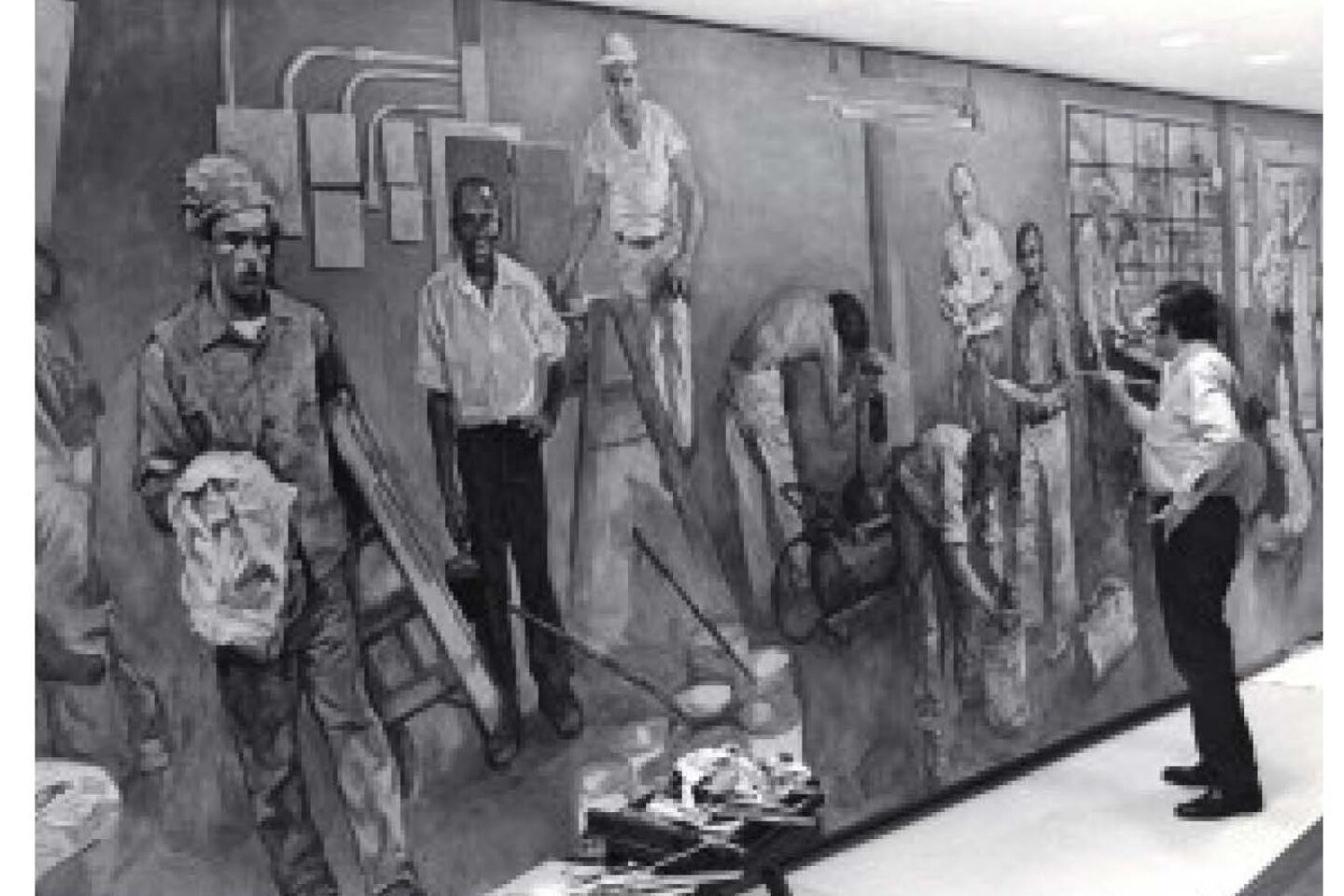
1974
Local 829 (New York, NY) scenic artist Herb Steinberg works on his 8’6” by 30′ mural, “Painters and Allied Trades.”
-
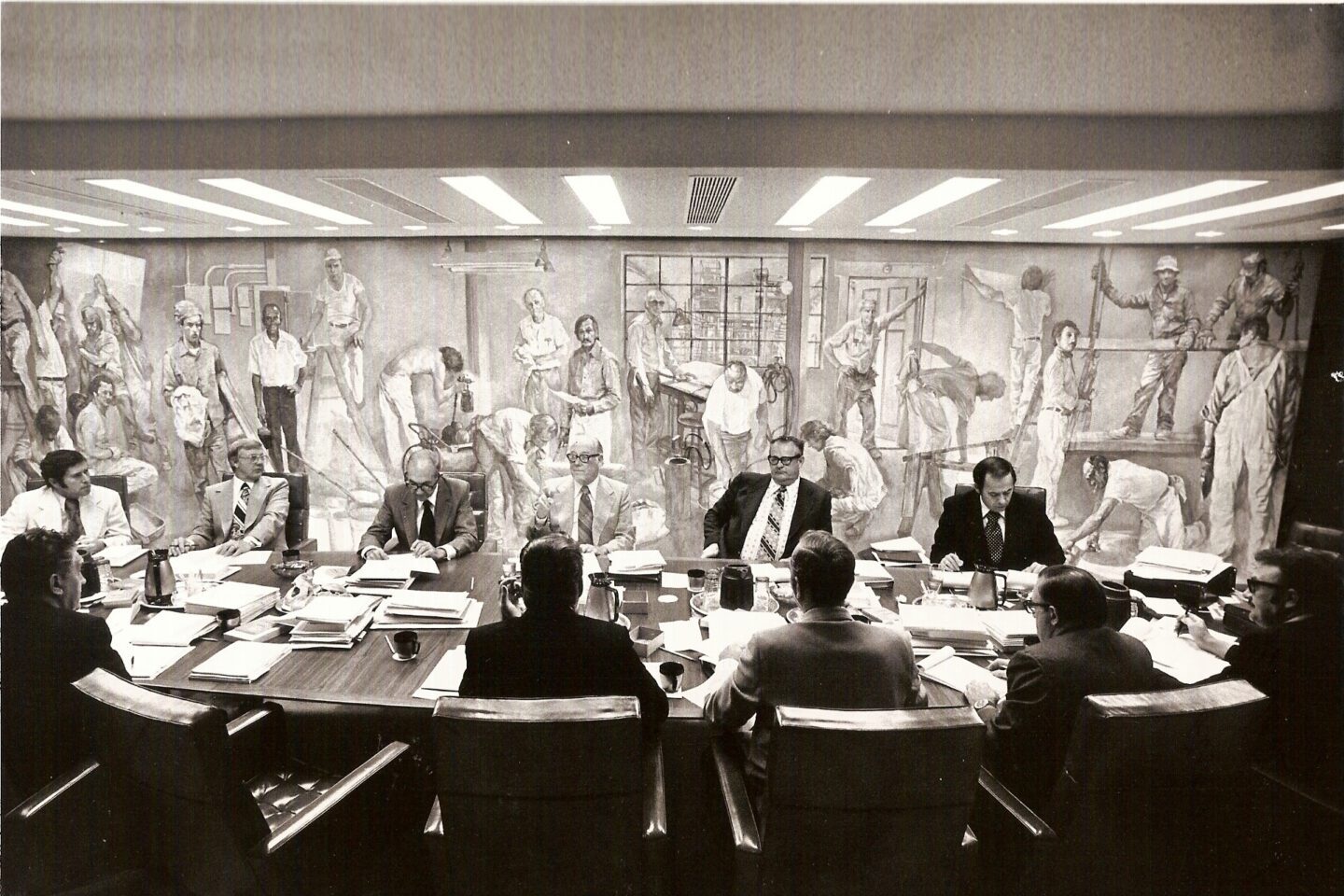
1974
Herb Steinberg’s mural hung in the boardroom of the Brotherhood headquarters for many years.
-
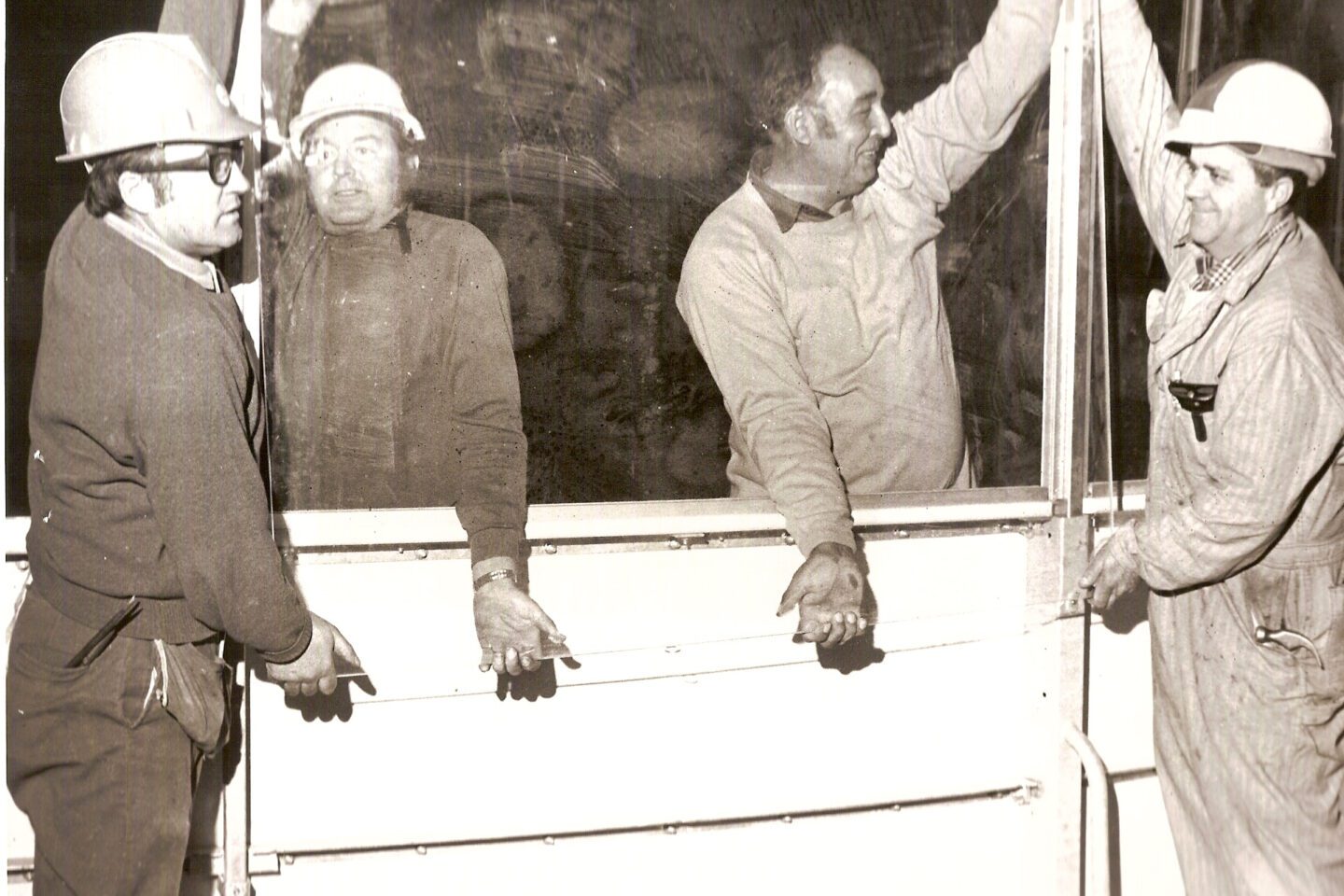
Circa 1975
Members of Local 1339 (Hartford, Connecticut) installing a safety shield at the Hartford Civic Center.
-
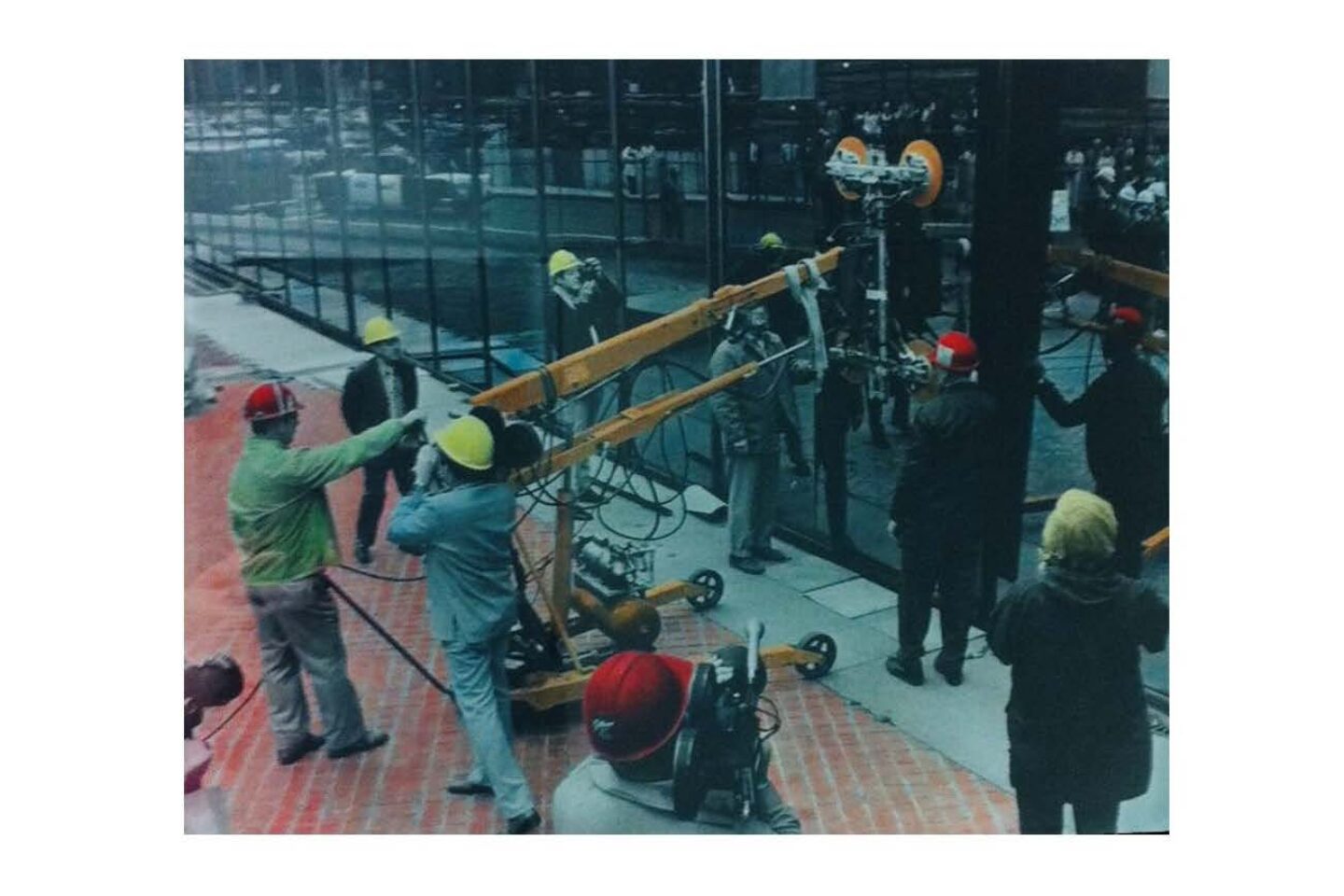
Spring 1975
End phase of a tempered glass installation in an unknown location, colorized.
-
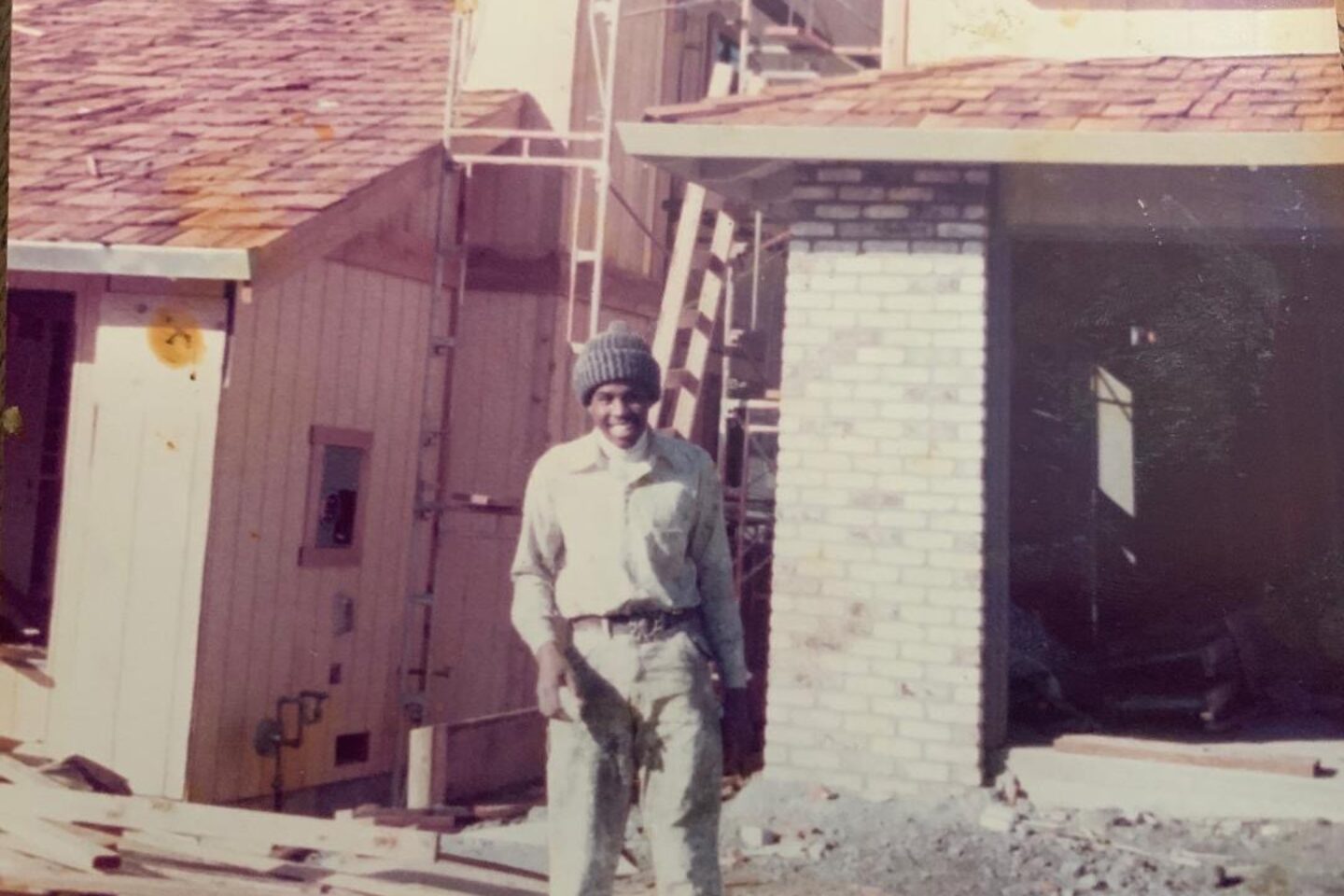
Circa 1978
DC 16/LU 913 (San Mateo, CA) painter
Ron Johnson. Brother Johnson went on to become an instructor for over 30 years.
1980s
-
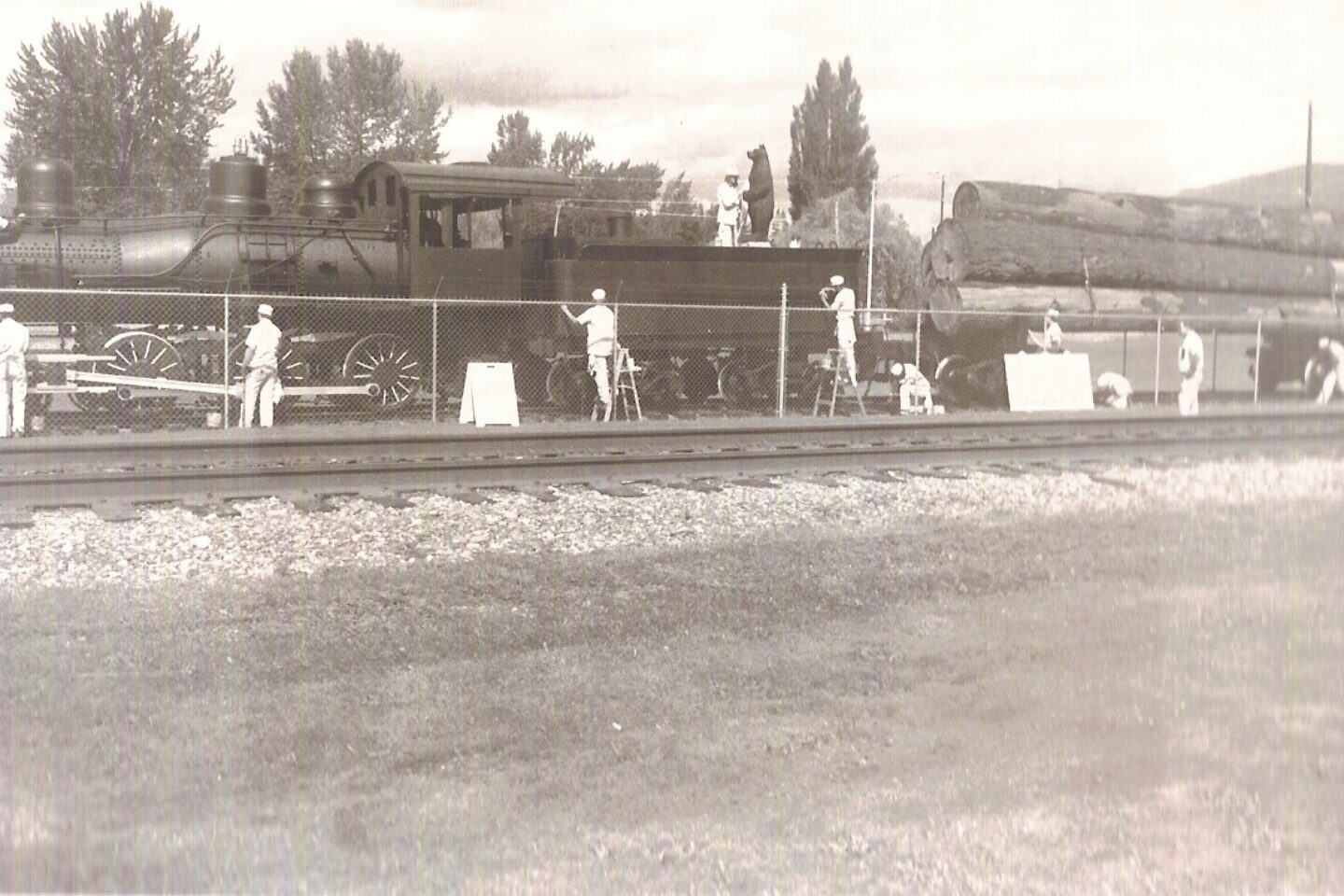
Circa 1985
Cascades Job Corps students paint historic steam locomotive “Ole #2 Spot”in Sedro Woolley, Washington.
1990s
-
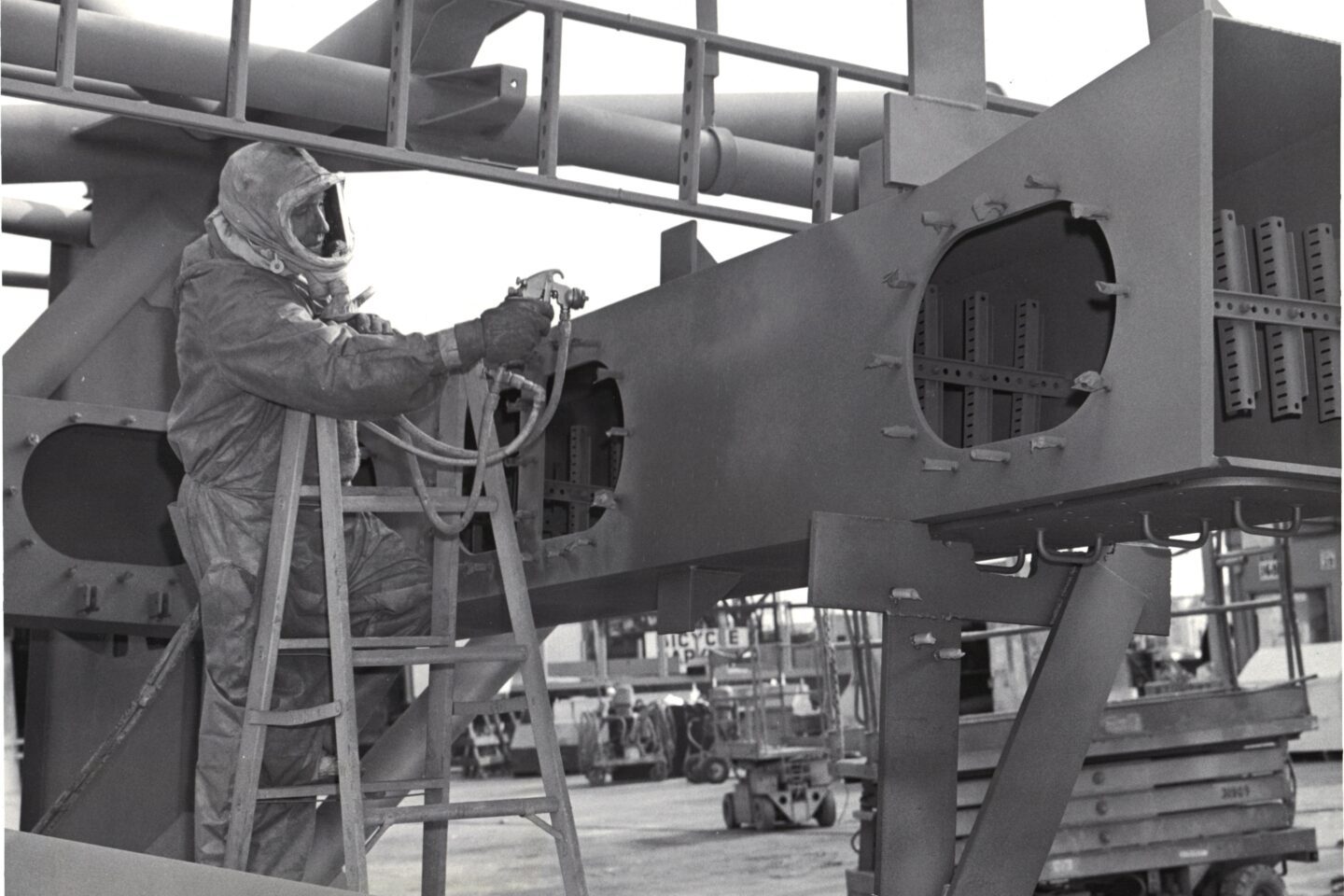
January 8, 1991
Local 333 (La Mesa, California) industrial painter Raul Vargas.
2000s
-
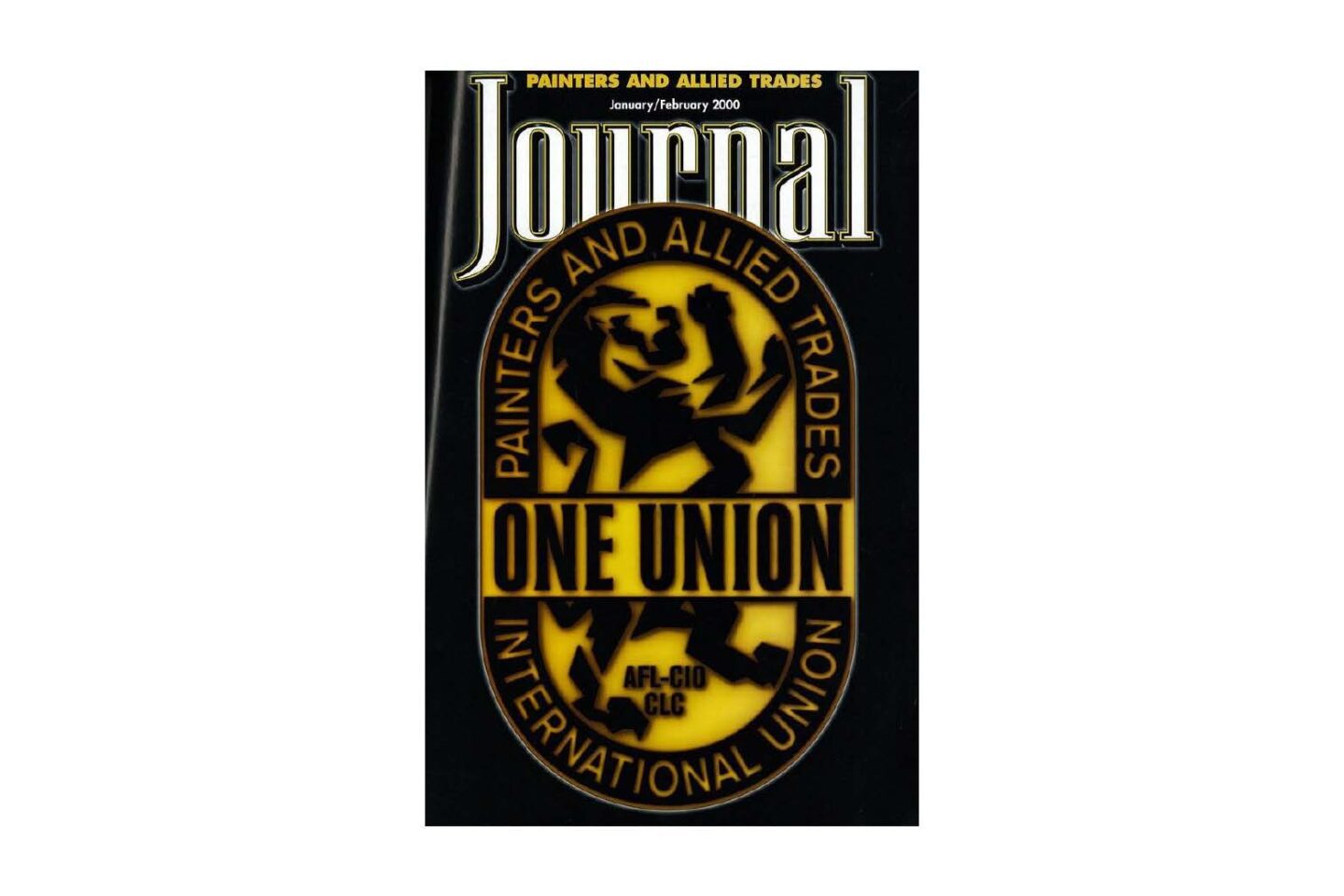
January 2000
Official name changed to the International Union of Painters and Allied Trades.
-
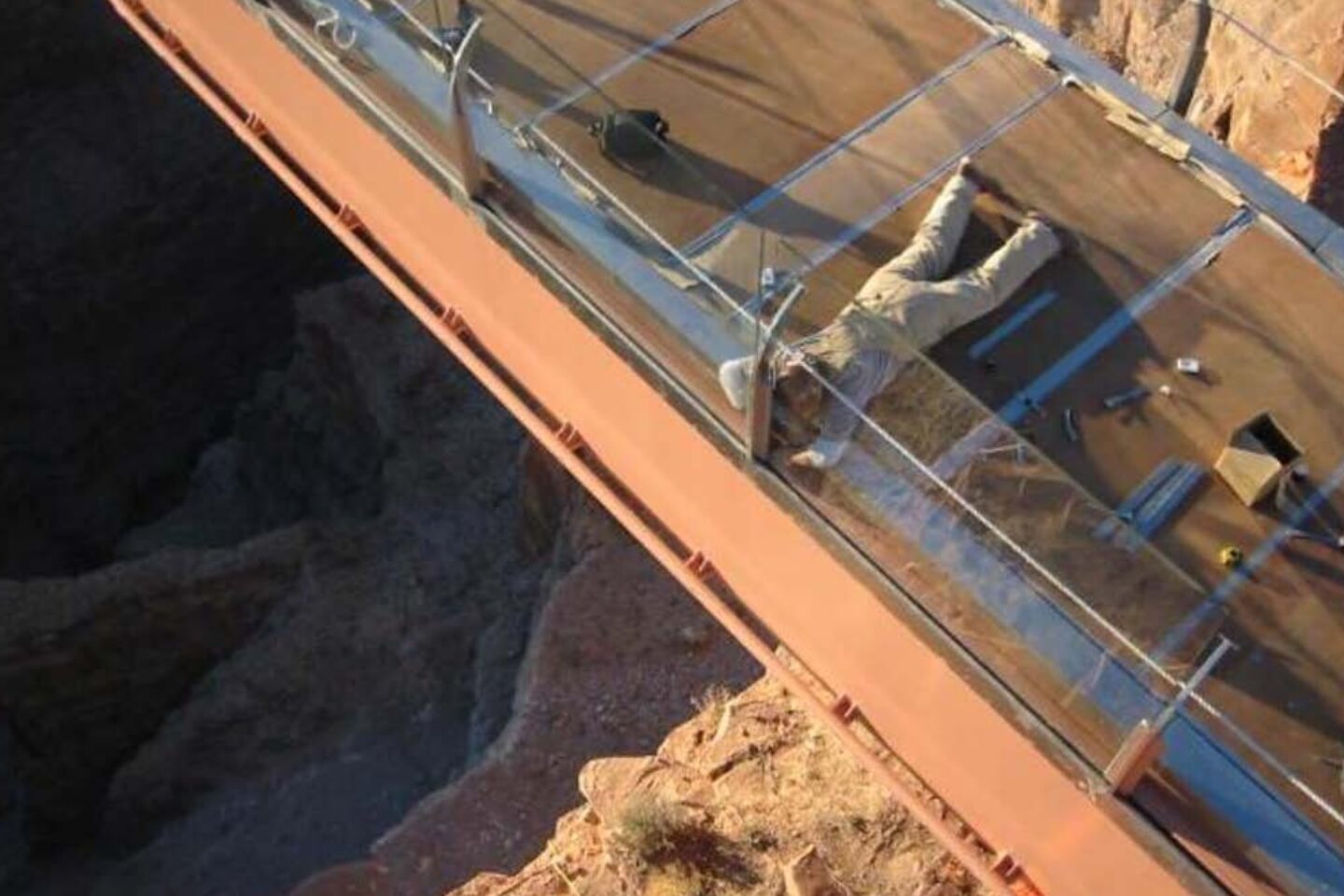
Circa 2006
DC 15 members working for Giroux Glass Inc (Las Vegas, Nevada) helped construct the Grand Canyon Skywalk.
-
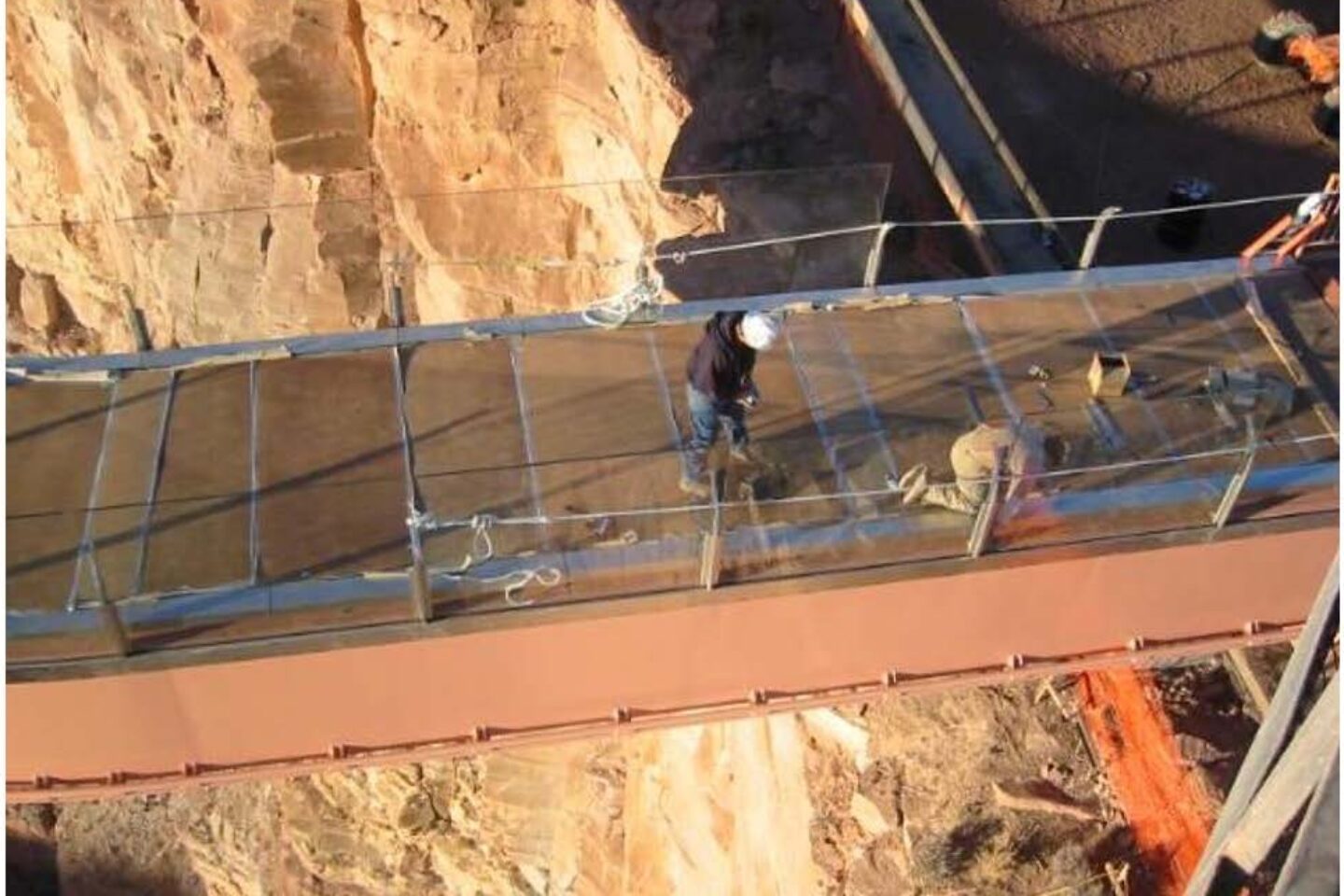
Circa 2006
DC 15 members working for Giroux Glass Inc (Las Vegas, Nevada) helped construct the Grand Canyon Skywalk.
-
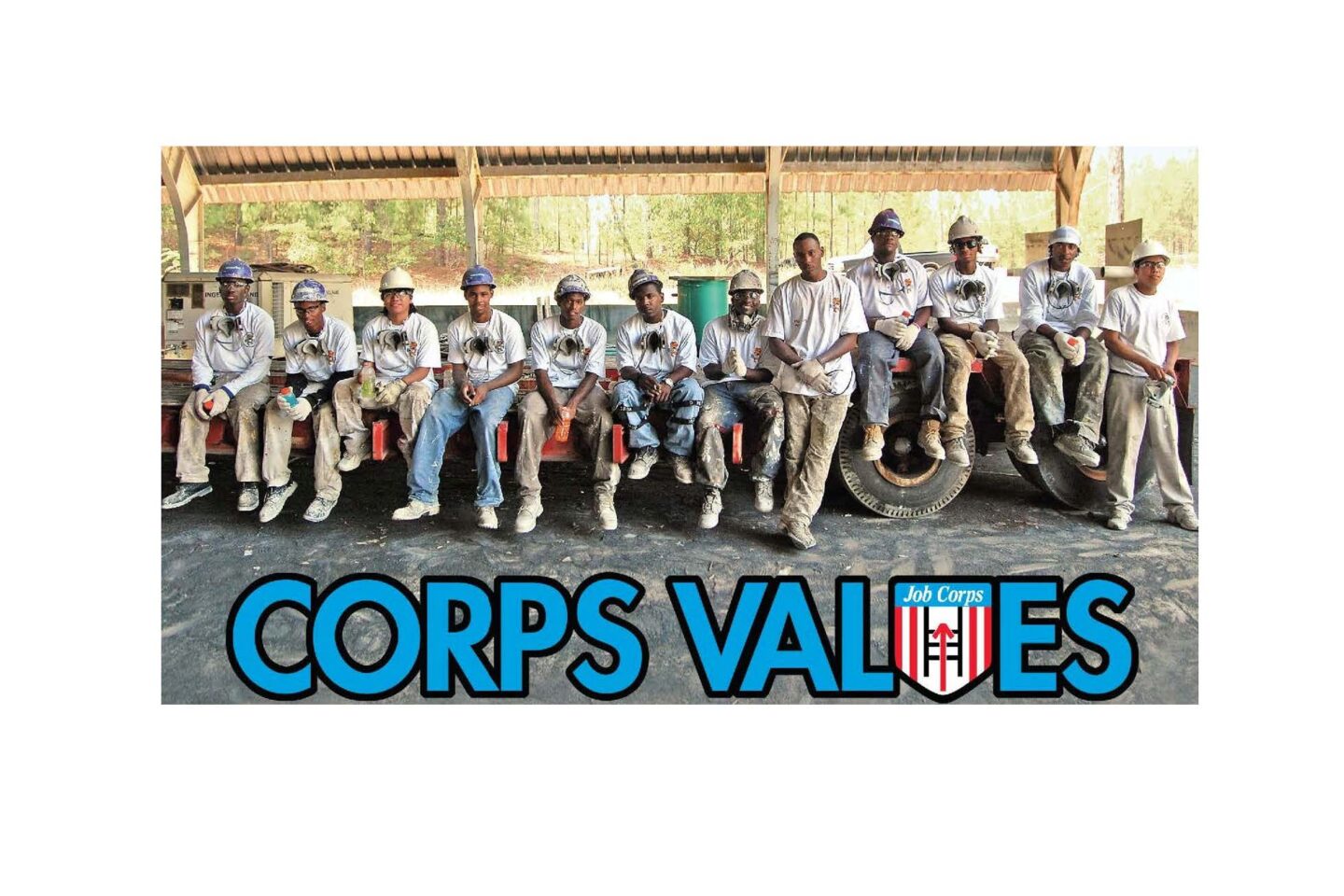
2007
DC 77/LU 1756 (Aiken, SC) Job Corps students on the cover of a Job Corps marketing video and the April 2007 Journal.
-
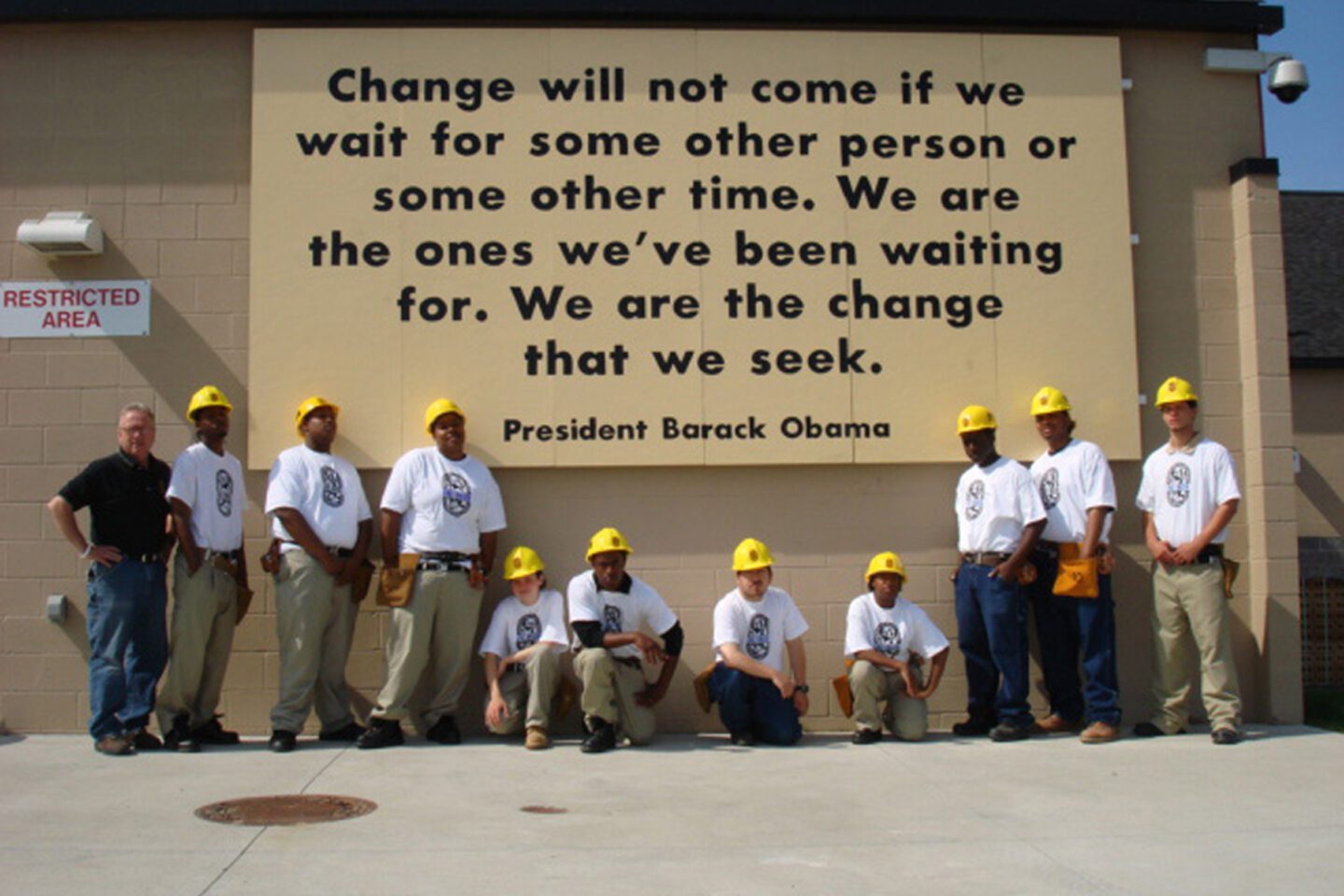
Circa 2008
Atterbury Job Corps Center (Indiana) students with their sign quoting presidential hopeful Barack Obama.
2010s
-
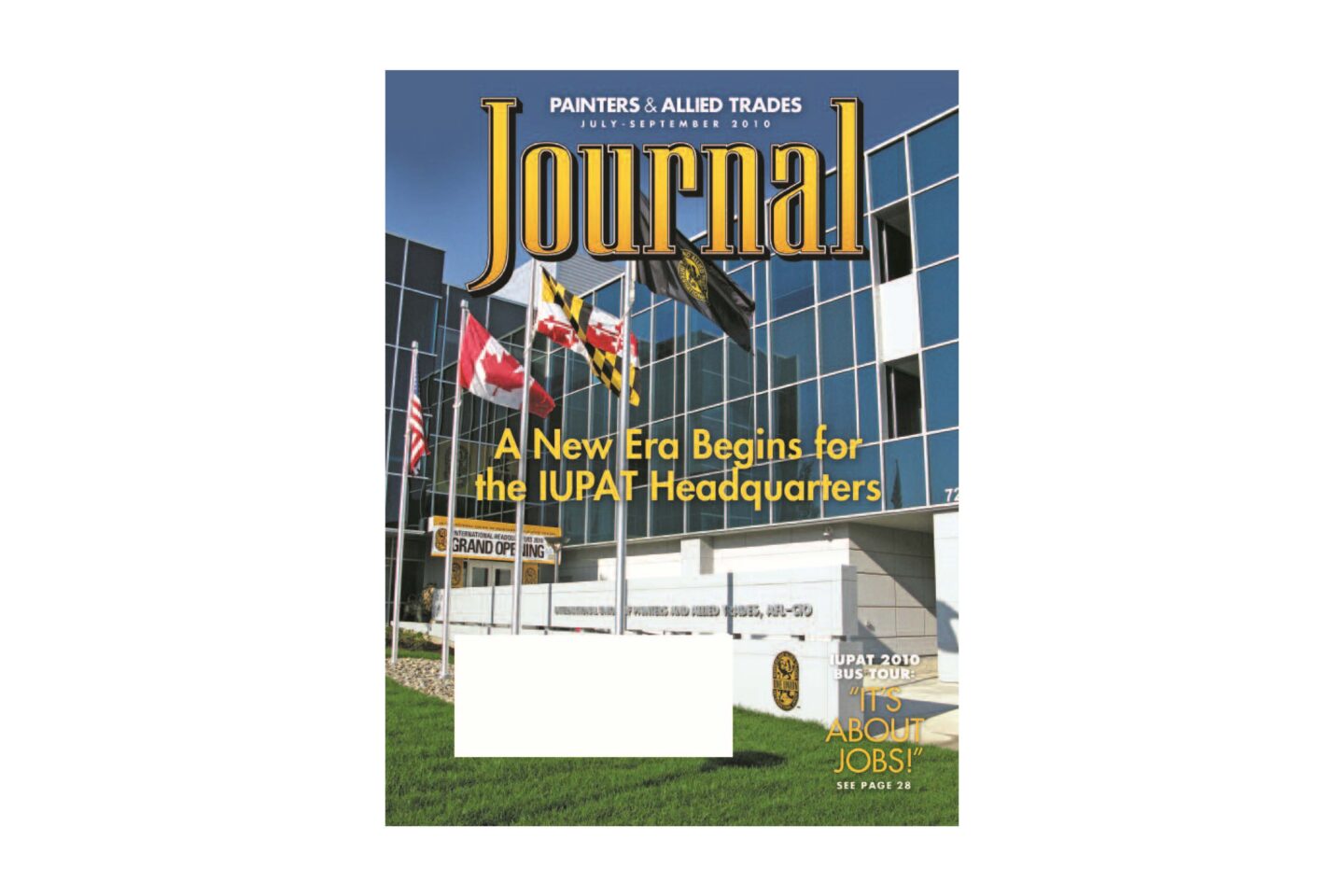
August 23, 2010
The IUPAT moved into its new headquarters in Hanover, Maryland.
-
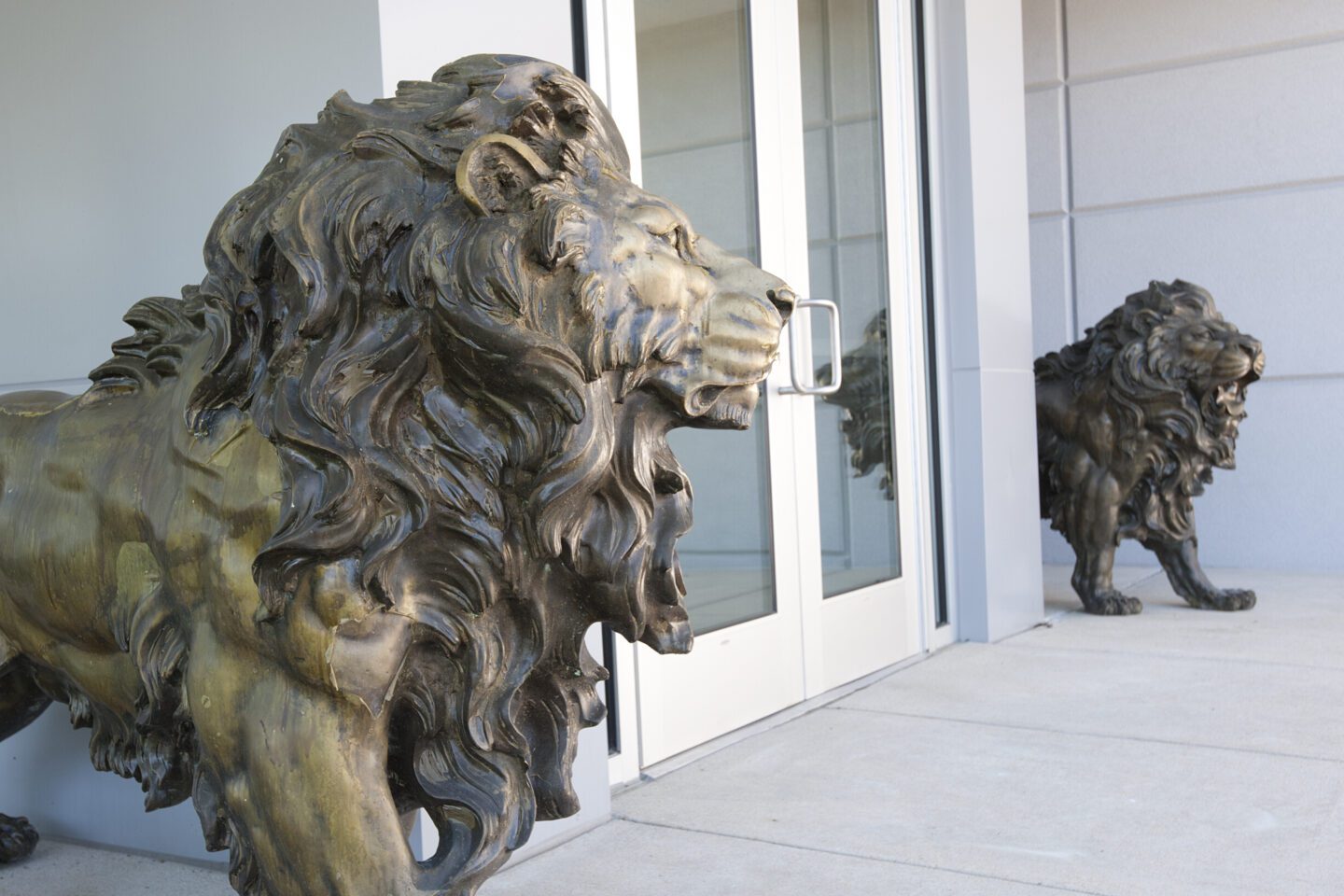
2010
Lions adorn an IUPAT headquarters entrance. The iFTI training center and IUPAT Residence Hall are also on campus.
-
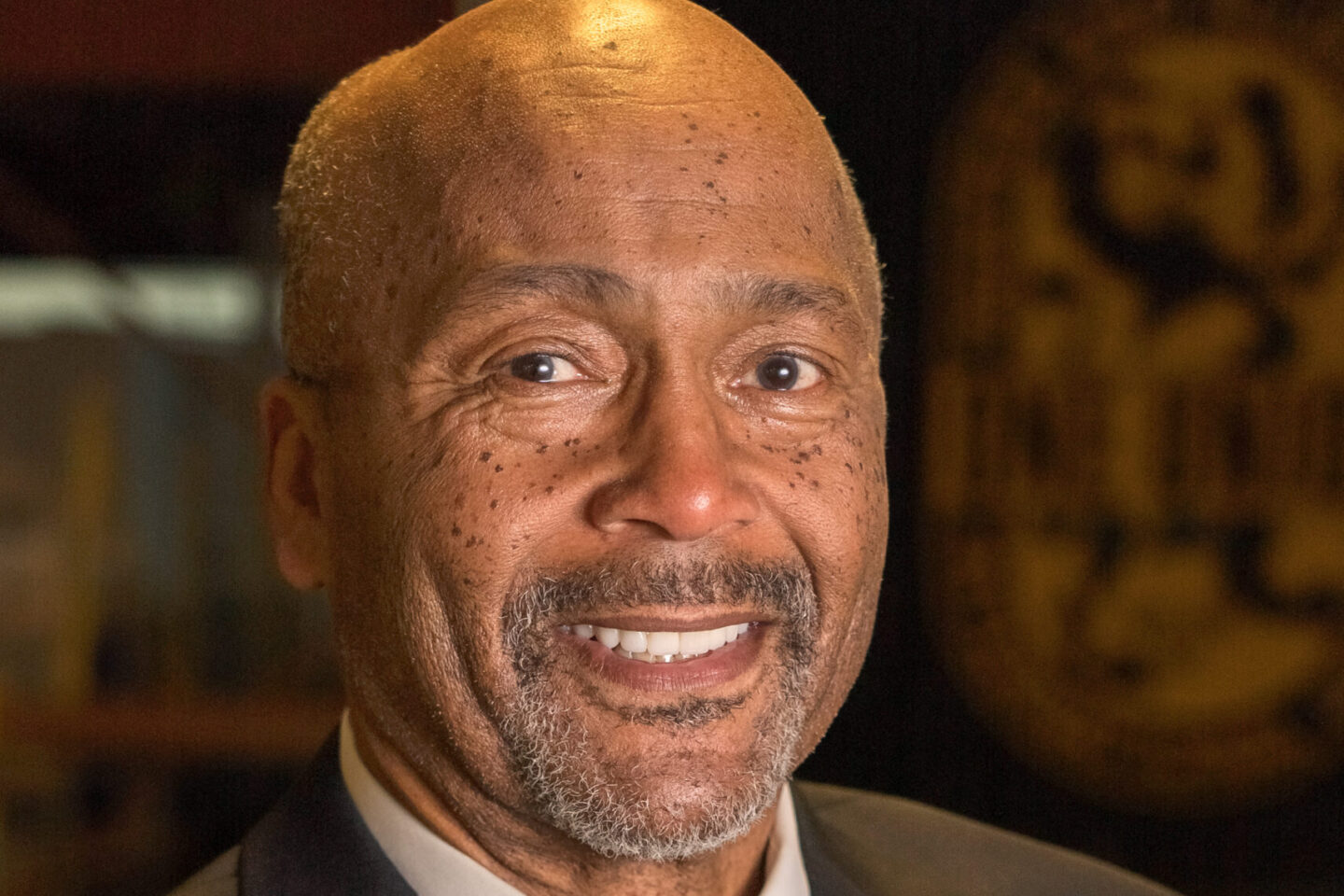
March 2013
Brother Ken Rigmaiden became the first Black General President of the IUPAT, as well as the Building Trades unions.
-
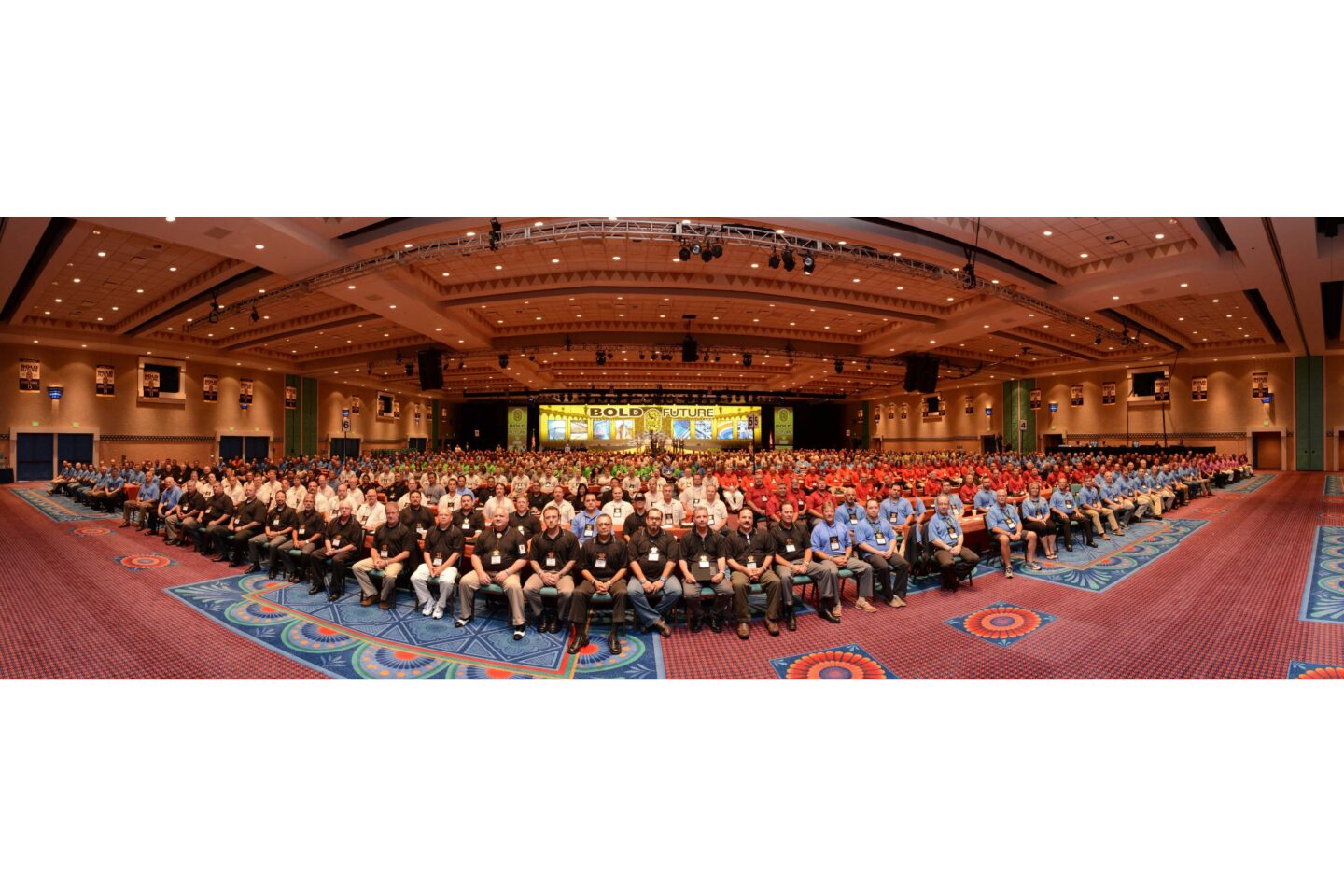
2014
The 31st General Convention of the IUPAT in Orlando, Florida.
-
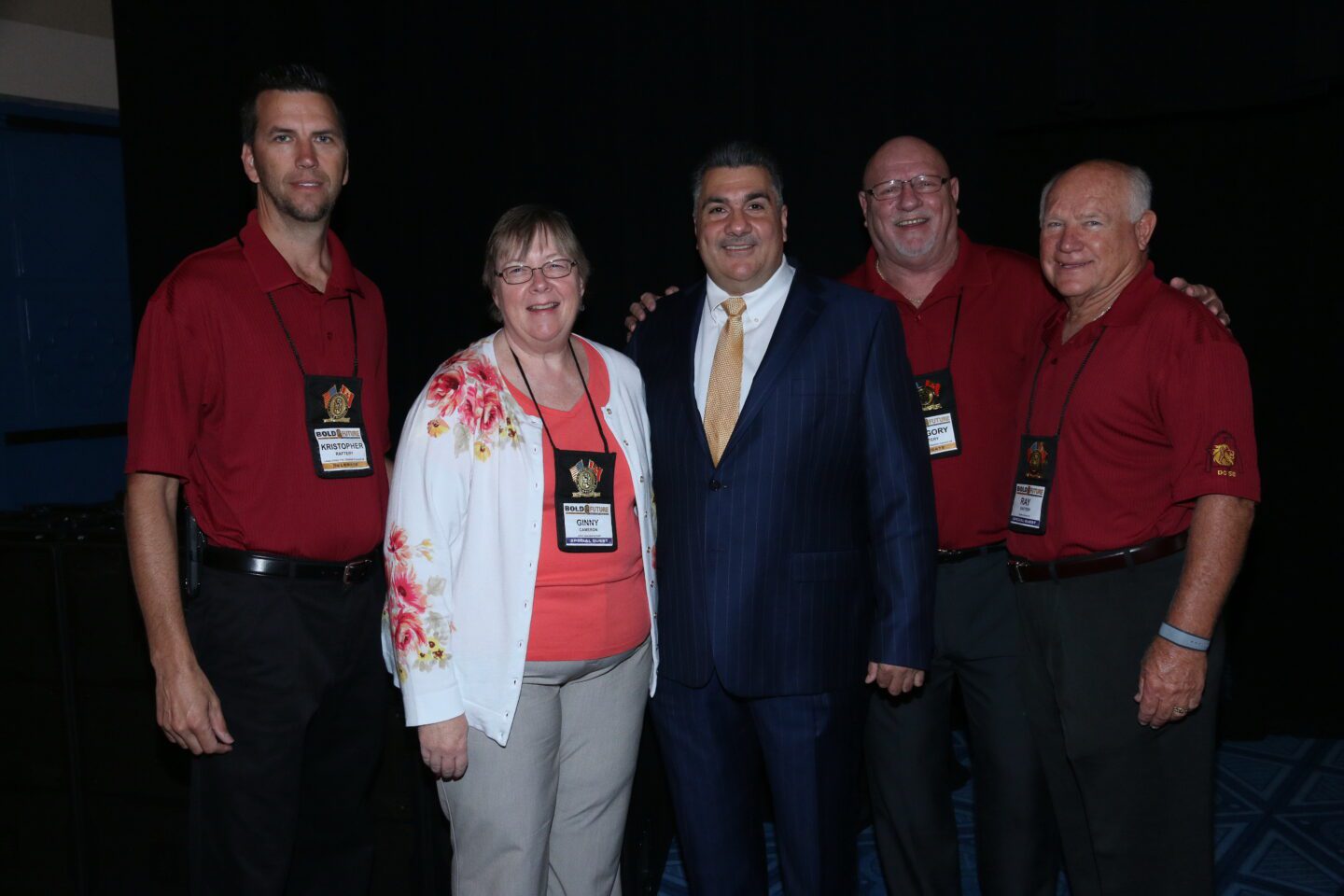
2014
100 years of Rafterys at IUPAT General Conventions. L to R: Kristopher, Ginny, GST George Galis, Greg, and Ray.
-
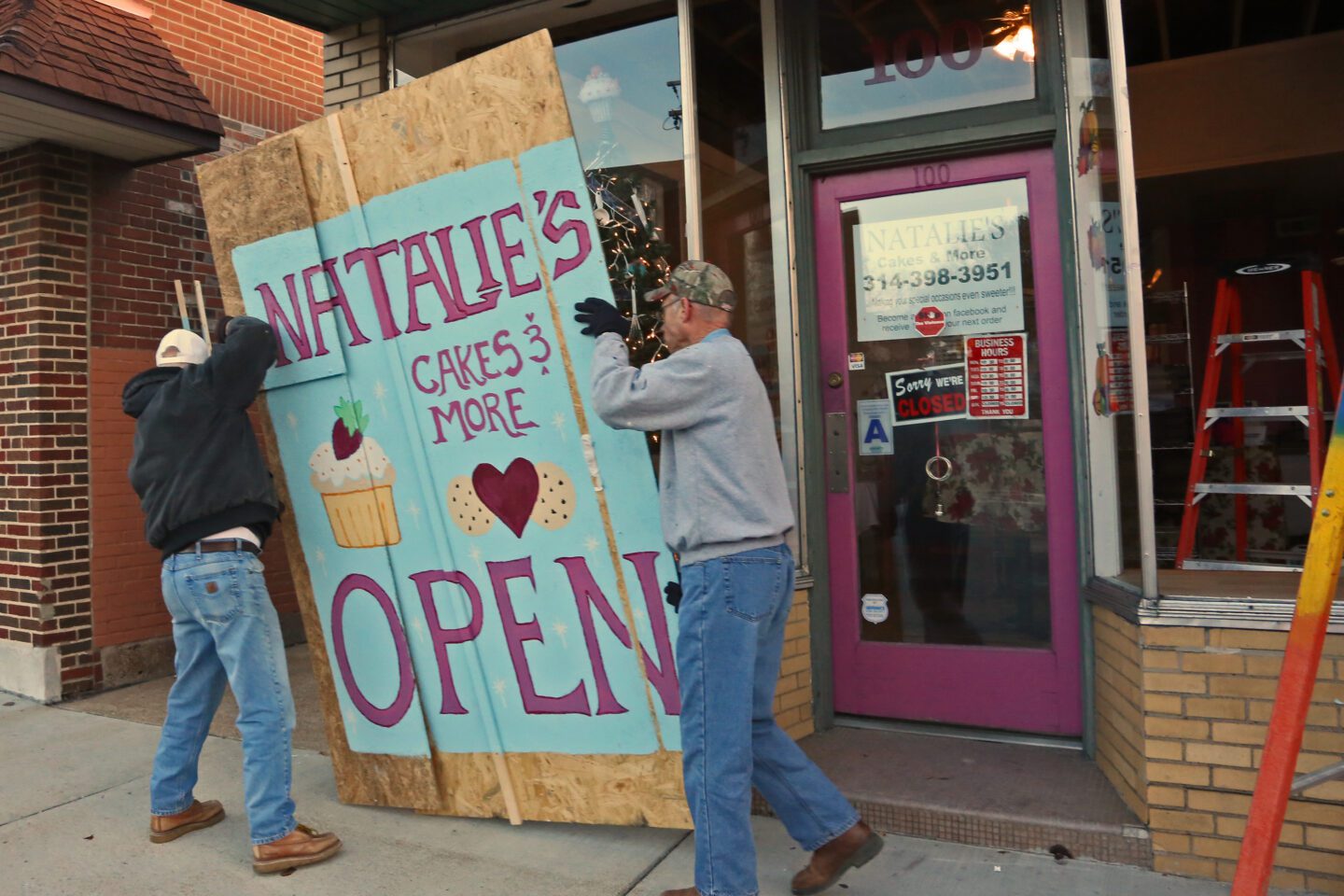
Circa December 2014
DC 58/LU 513 (St. Louis) members Steve Kirwan and Charlie Raftery prepare to replace glass at Natalie’s Cakes & More.
-
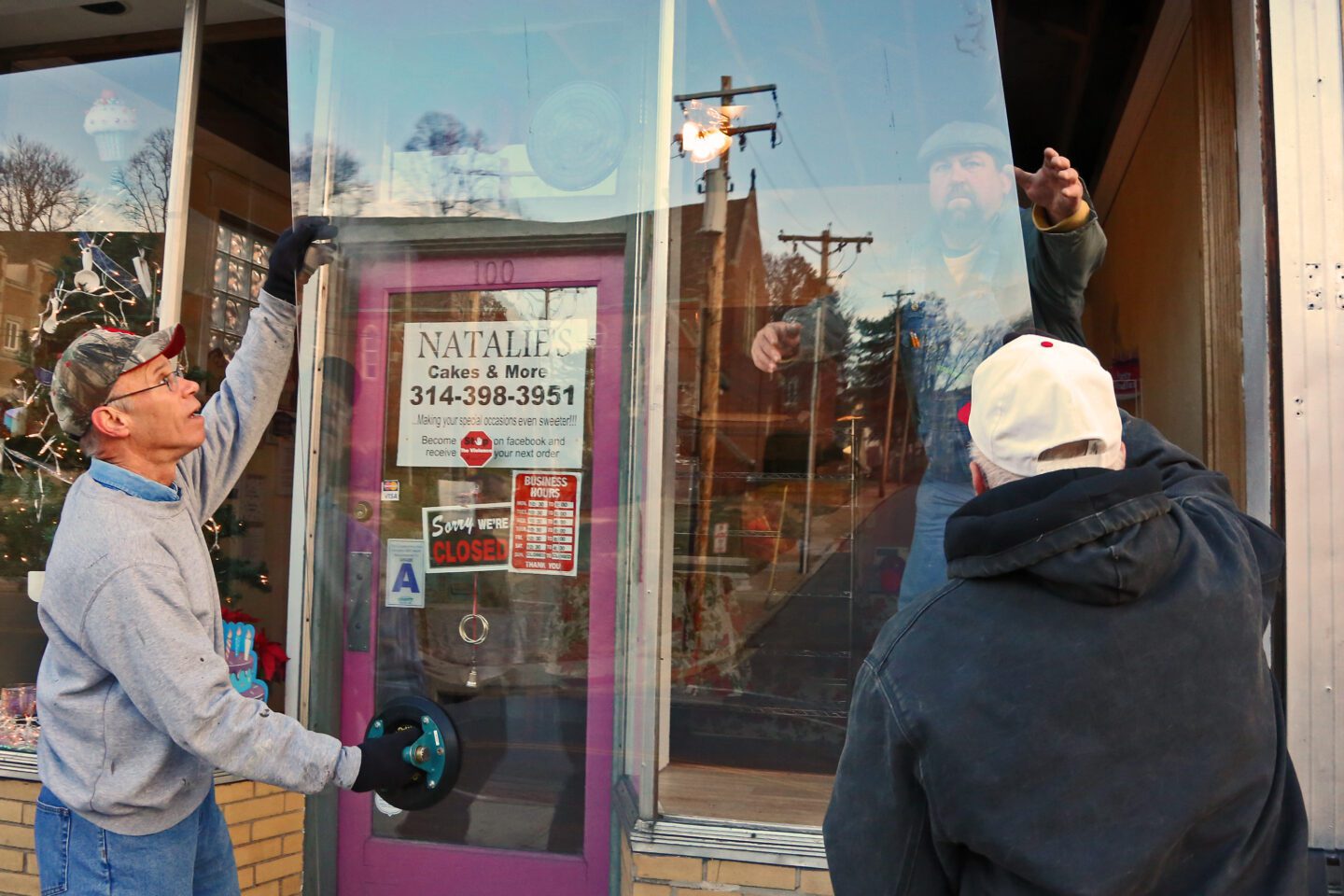
Circa December 2014
DC 58/LU 513 members S. Kirwan and C. Raftery replace glass at Natalie’s Cakes & More following unrest in Ferguson, MO.
-
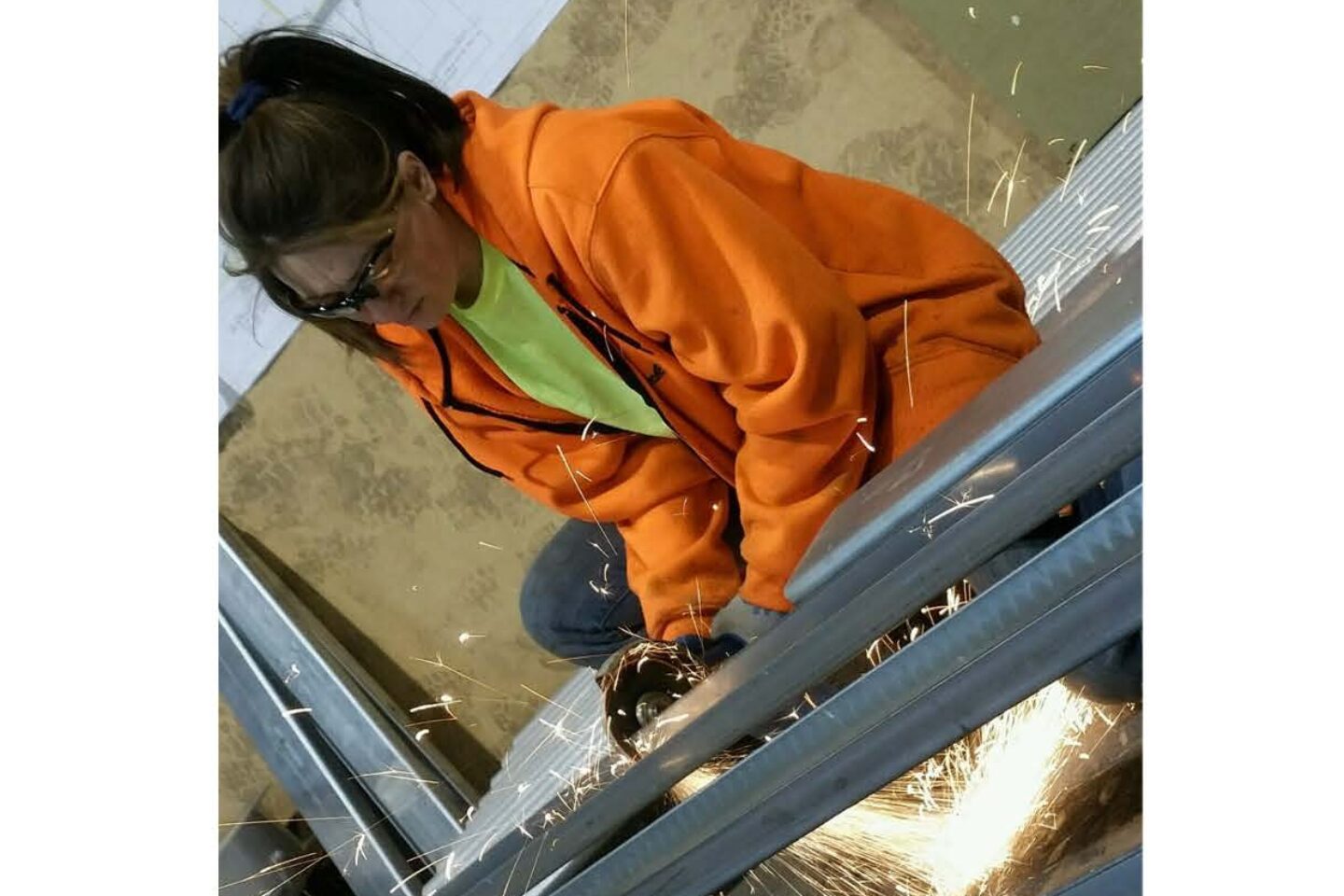
2015
DC 6/LU 181 (Cleveland, Ohio) glazier Nichole McCarthy.
-
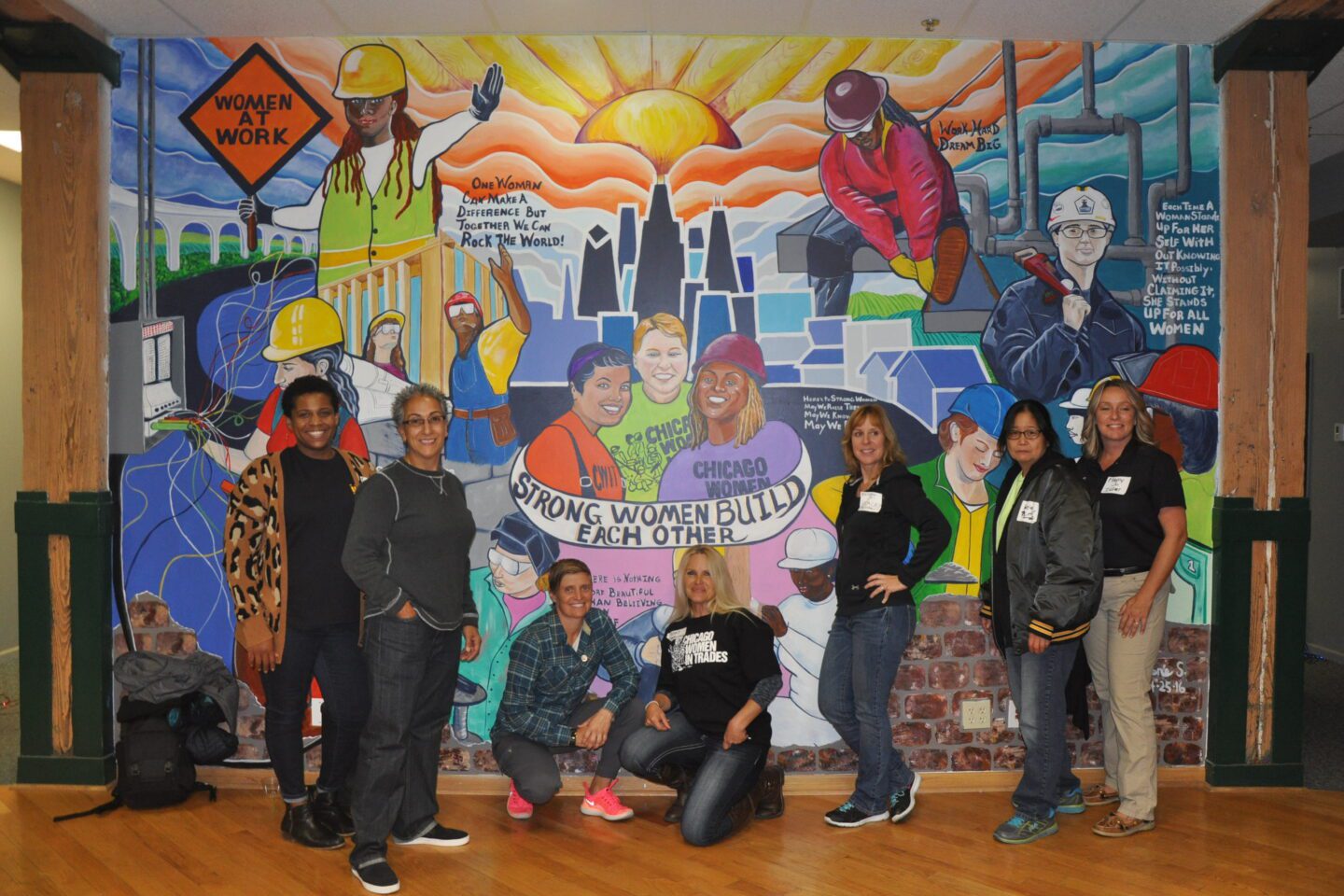
2017
IUPAT members at the 2017 Tradeswomen Build Nations Conference in Chicago, Illinois.
-
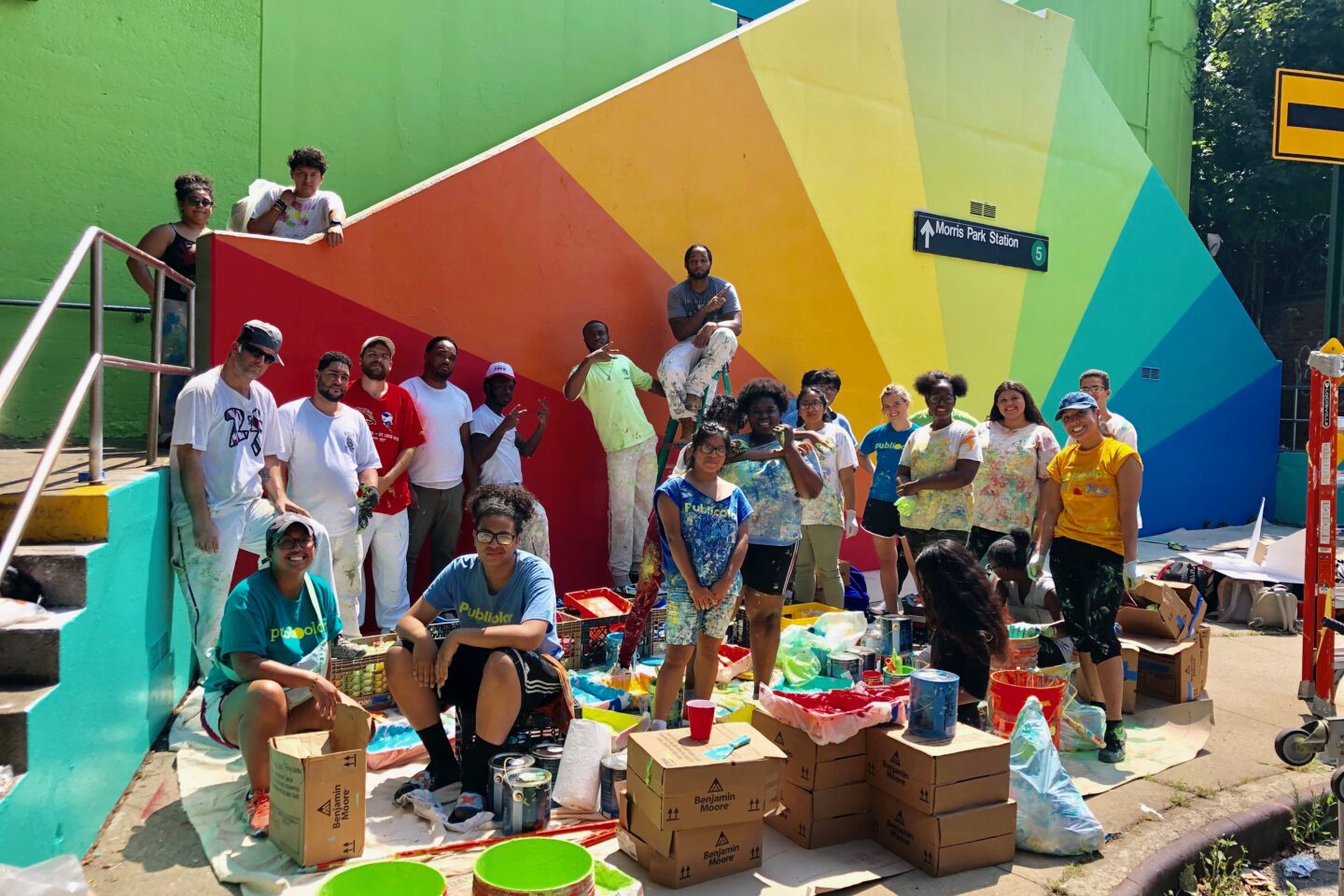
Summer 2019
DC 9 members helped brighten the Morris Park
Subway Station (Bronx) as part of Publicor’s stay-in-school youth program.
2020s
-
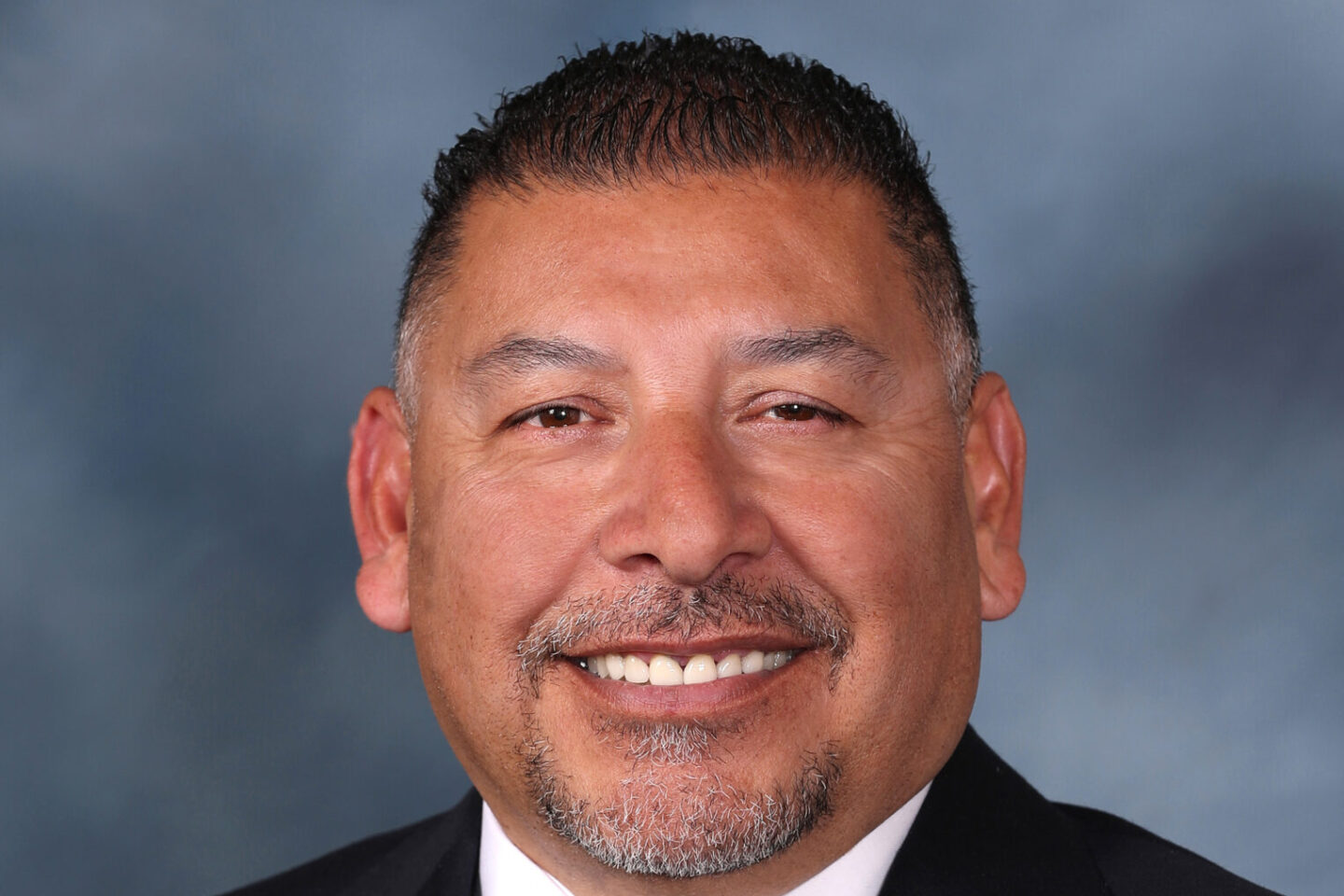
September 2020
Brother Mike Gutierrez became the first Latino General Vice President of the IUPAT.
-
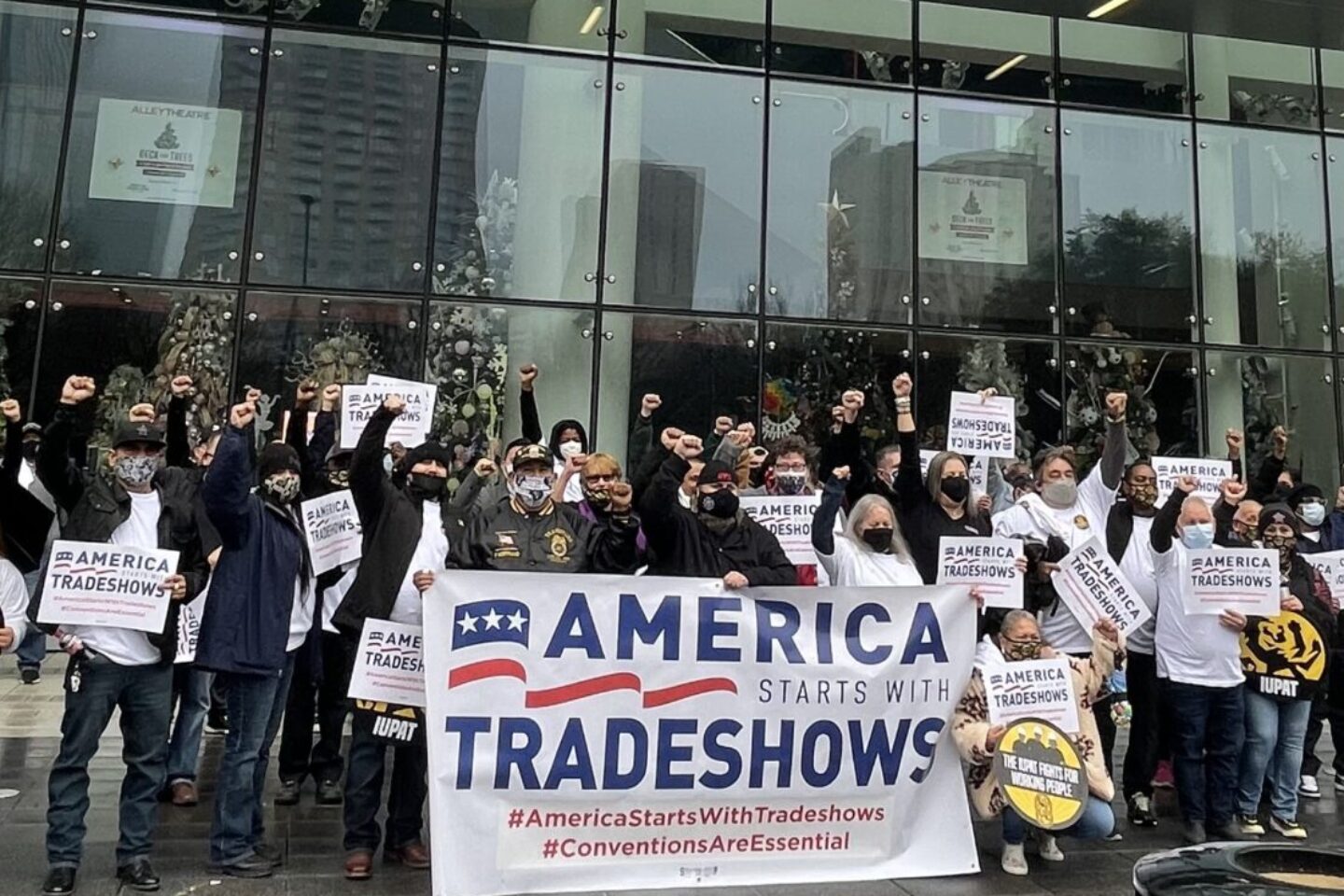
December 15, 2020
DC 88/LU 550 at the America Starts with Tradeshows Rally in Houston. The industry was hard-hit by the COVID pandemic.
-
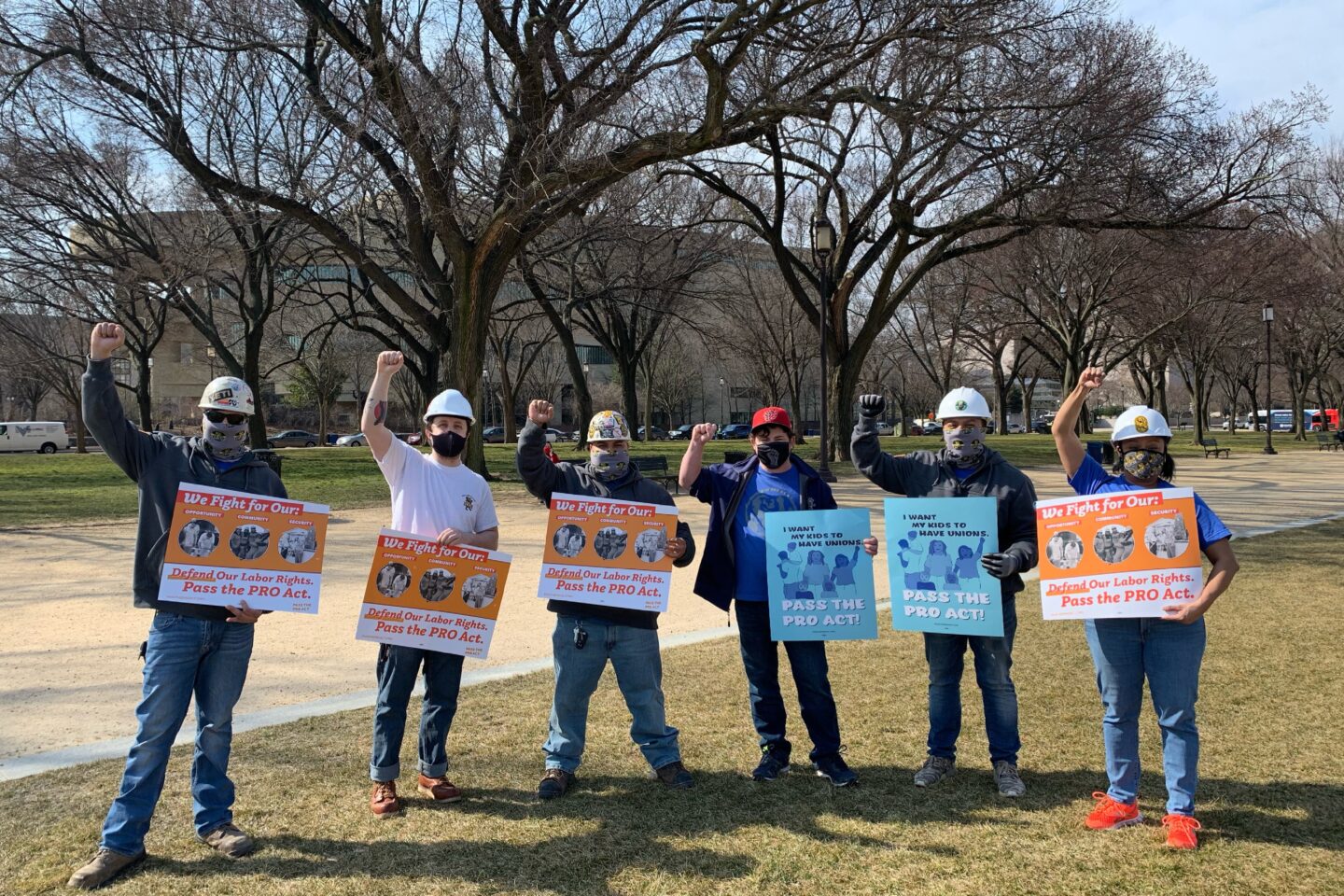
Spring 2021
DC 51 members support the Protecting the Right to Organize (PRO) Act, Washington, DC. COVID masks a sign of the times.
-
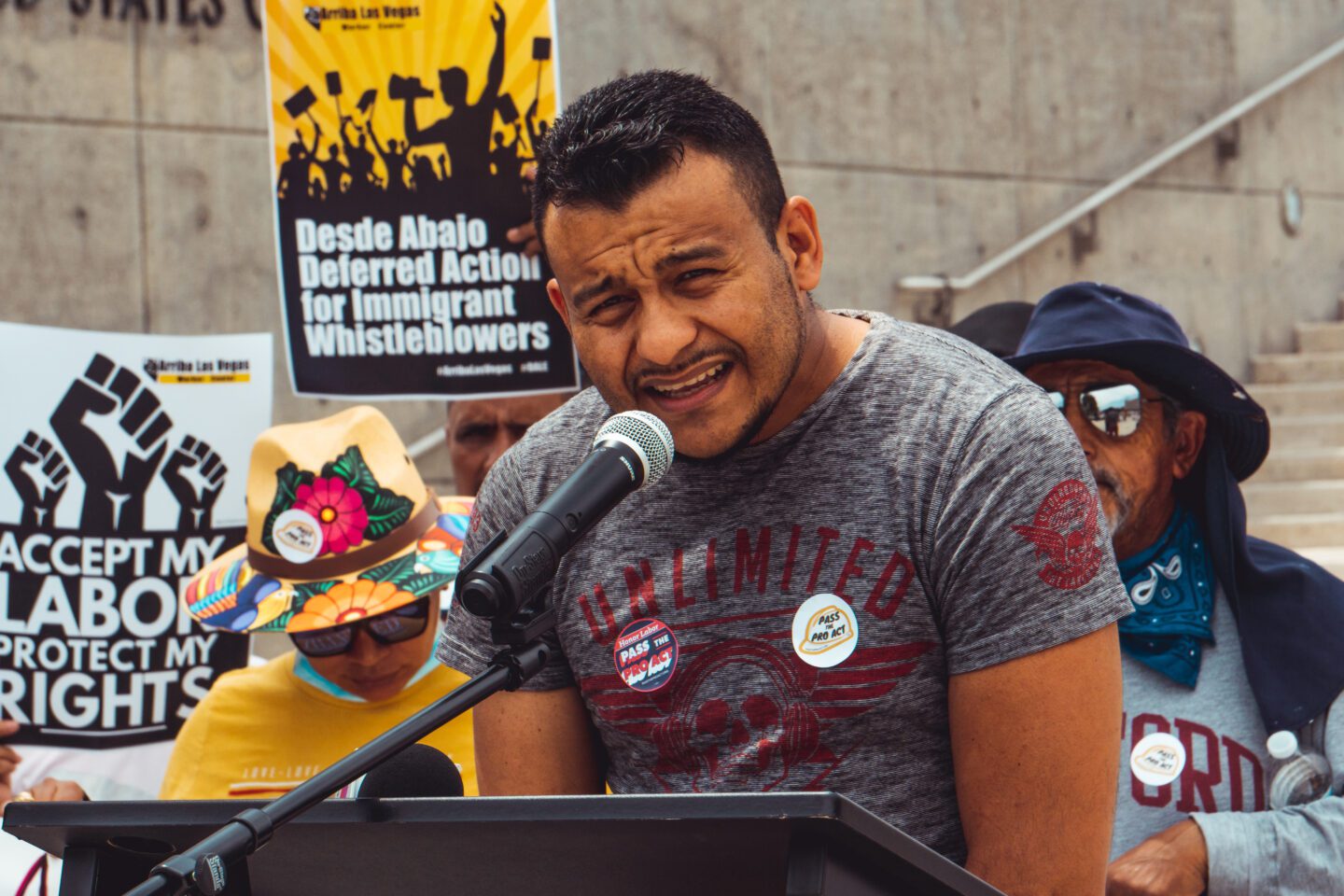
June 2021
IUPAT members at a Las Vegas rally highlighting the unscrupulous business practices of Unforgettable Coatings.
-
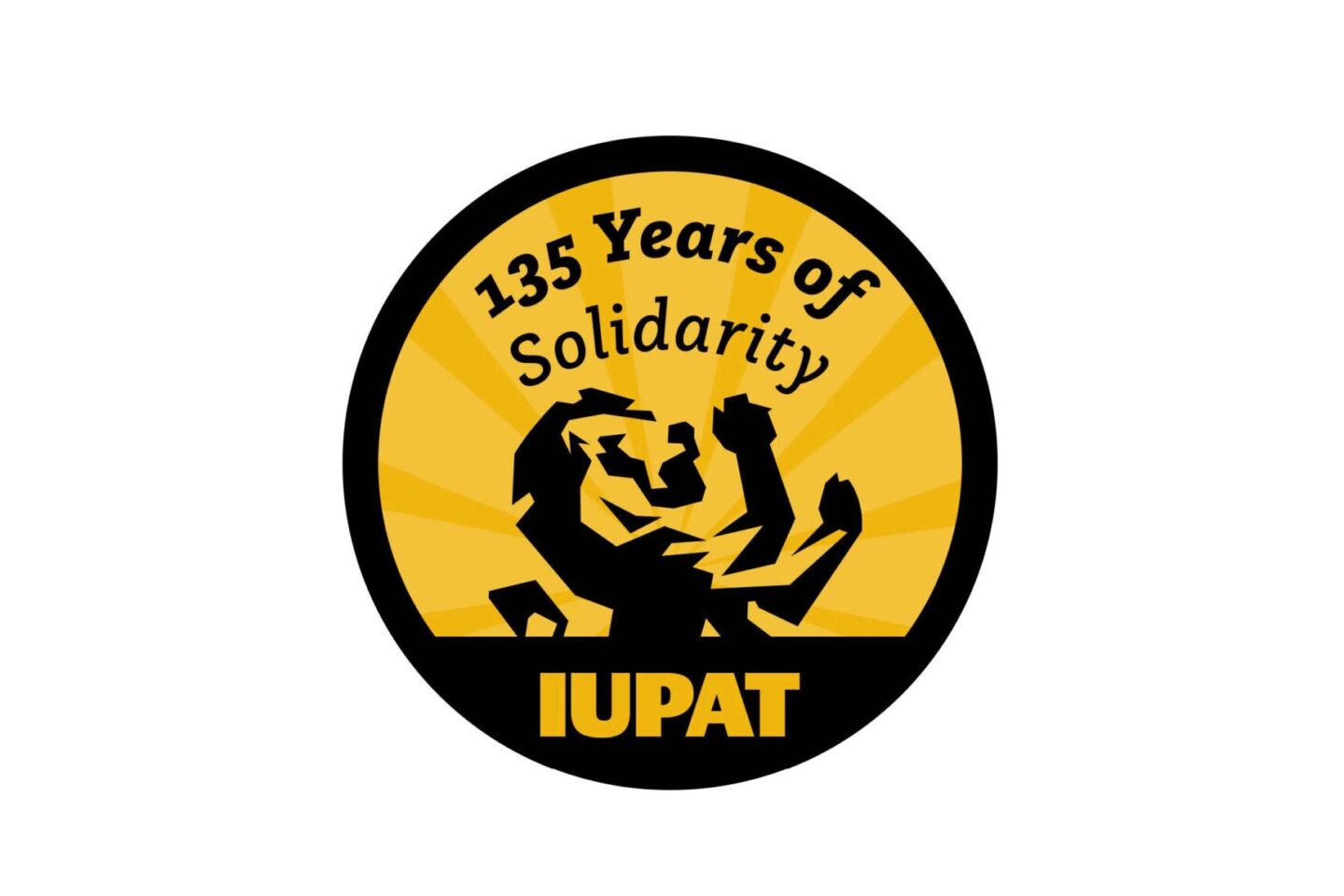
March 15, 2022
The IUPAT celebrated 135 years of fighting for working people.
-
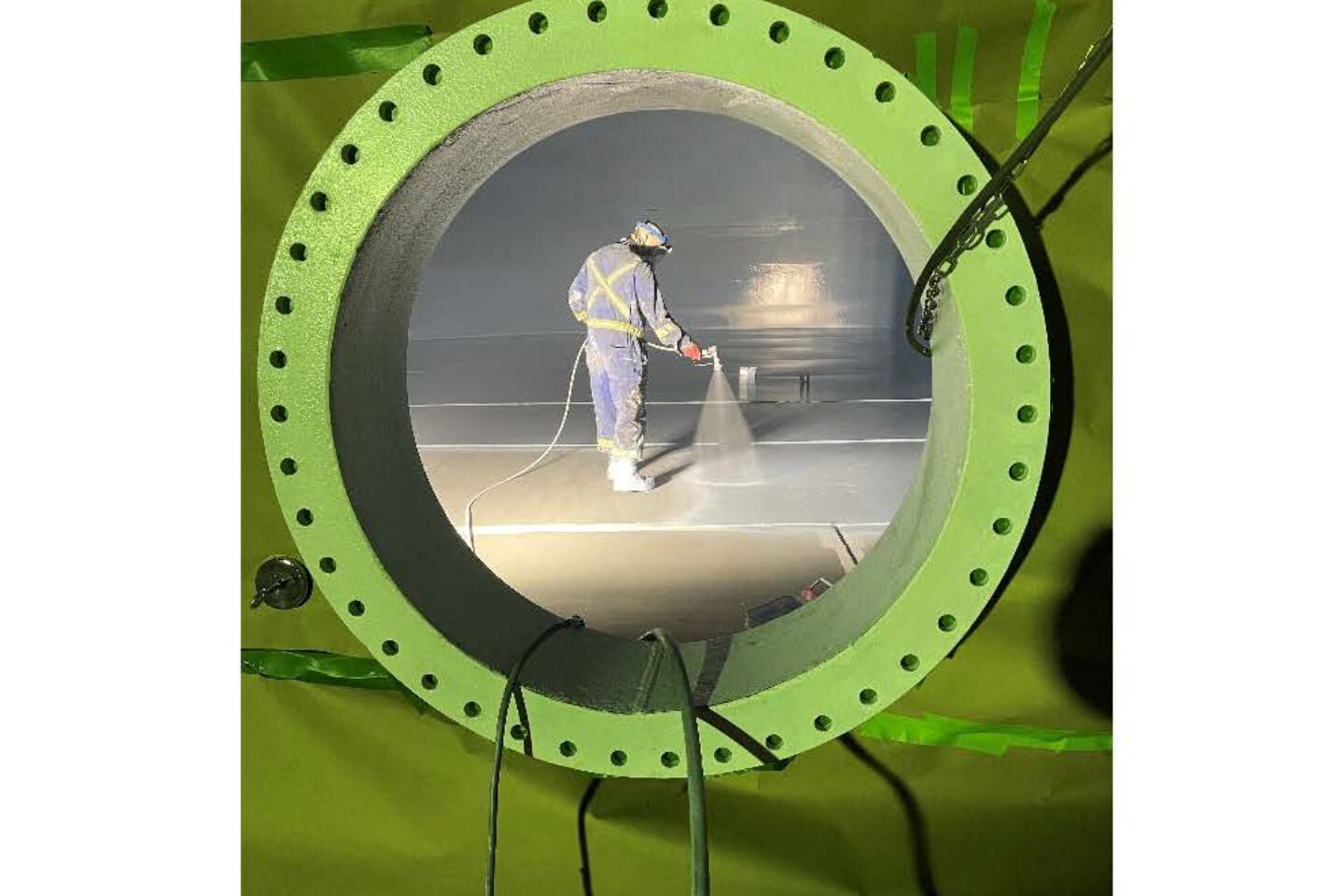
2022
Journeyman Painter Ken Barrie, DC 39/LU 1945 (Cape Breton Island), spraying a water tank in New Minas, Nova Scotia.
-
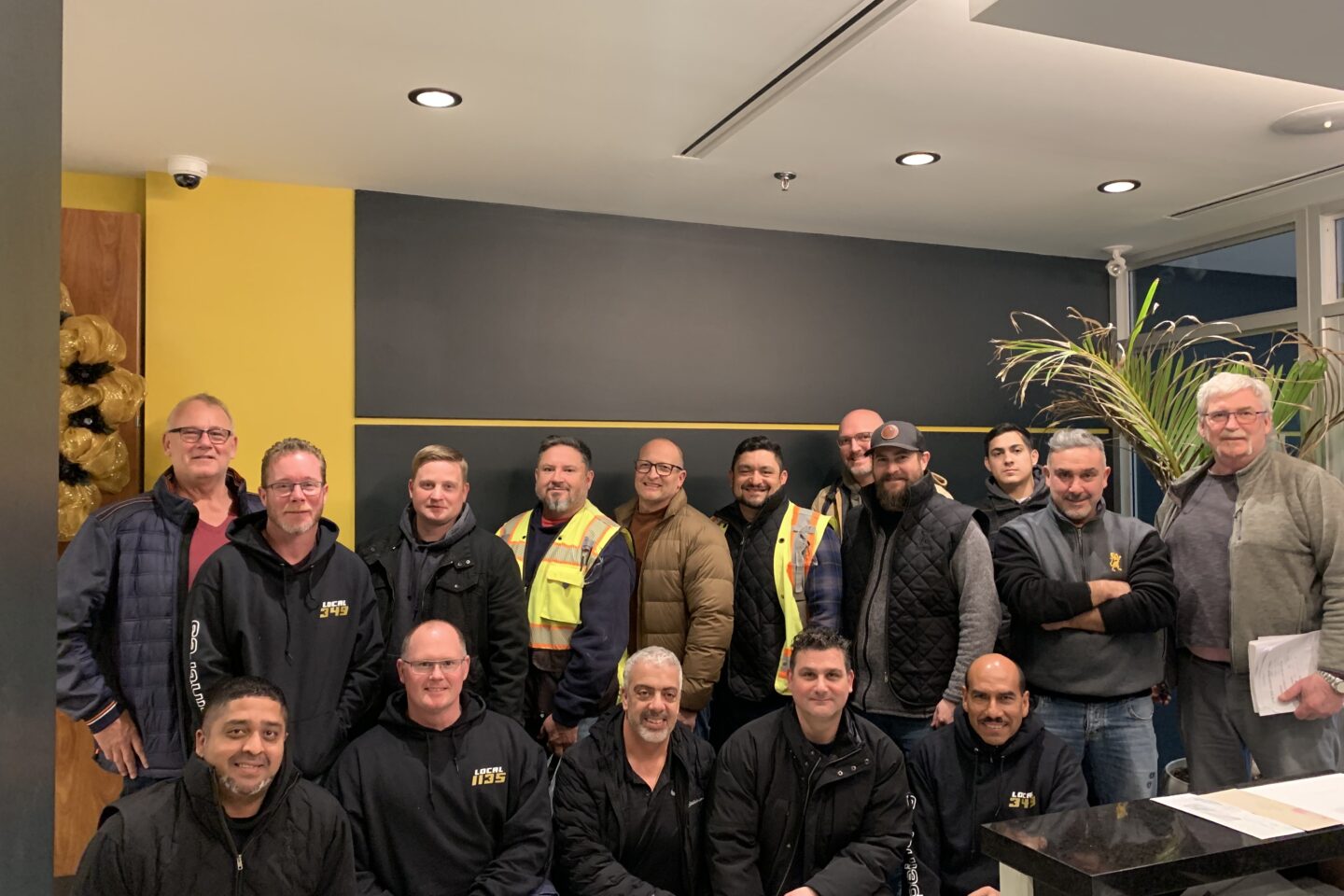
2022 & 2023
In its first year, organizers helped DC 46’s residential paint campaign (Ottawa) gain 30 contractors & 70% market share
-
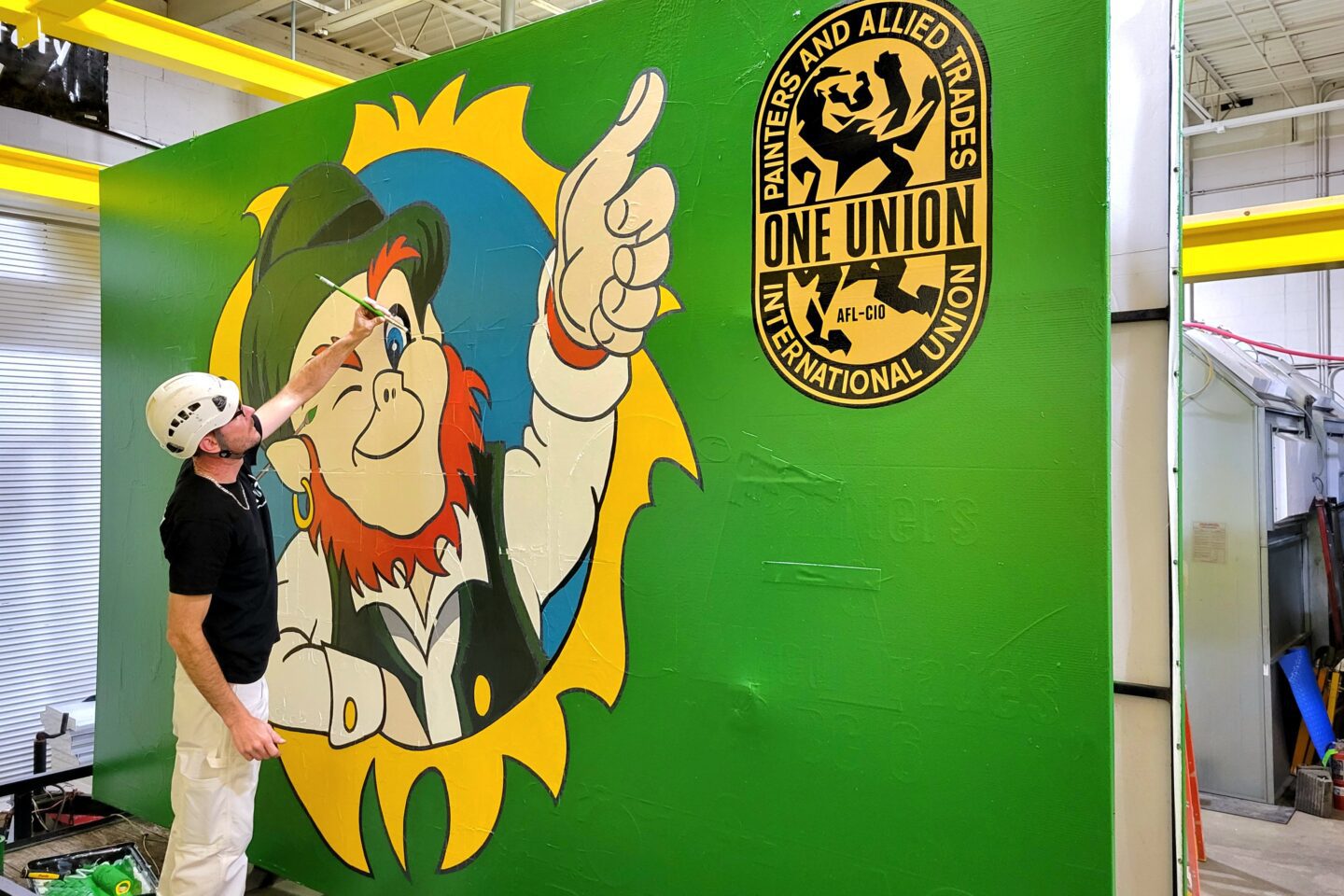
April 30, 2023
Due to the efforts of DC 6/LU 707 member Bill Jaworske, the world celebrates International Painters Day each April 30.
-
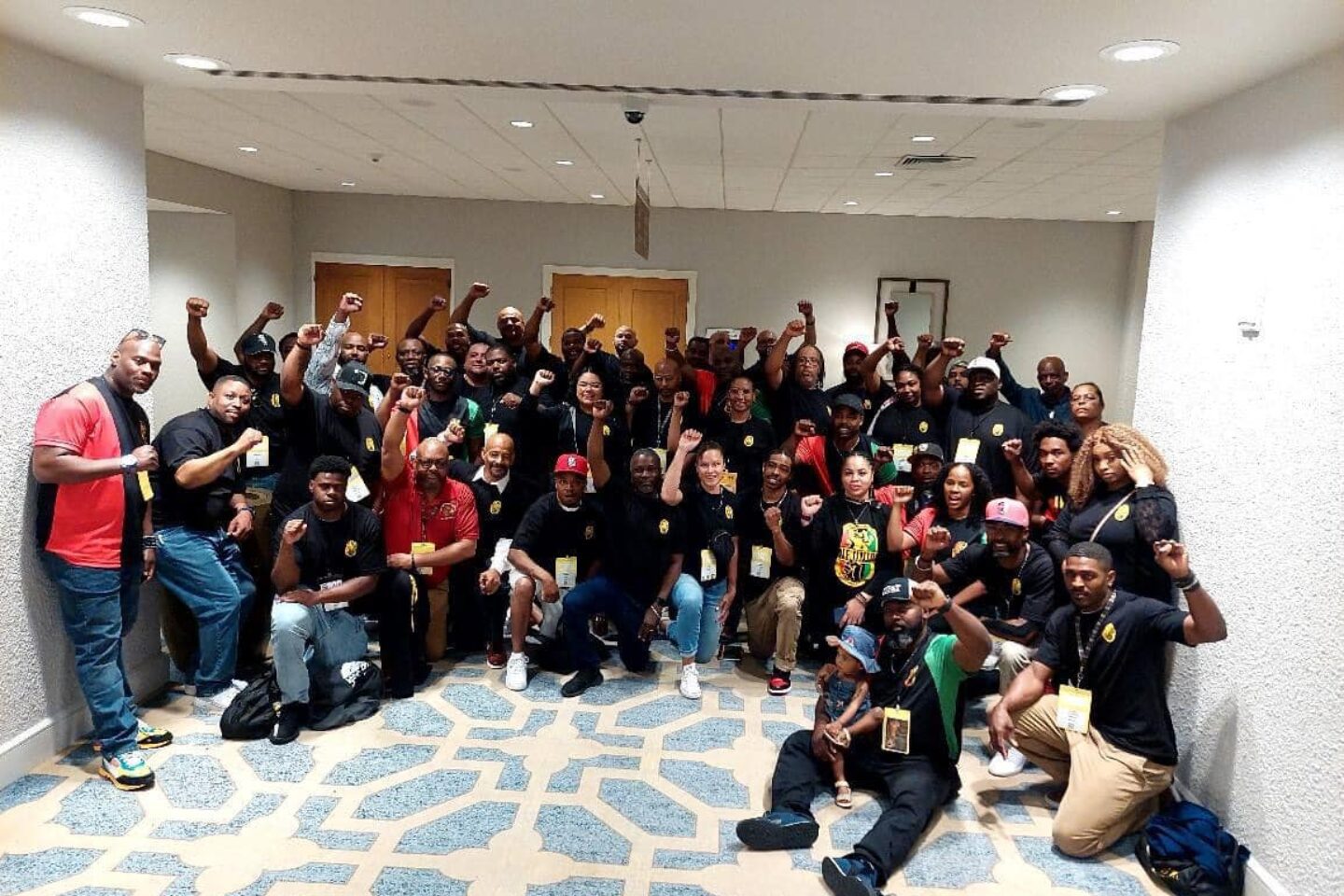
May 2023
Members of the Black CORE Committee at the 2023 Coalition of Black Trade Unionists (CBTU) Convention in New Orleans.
-
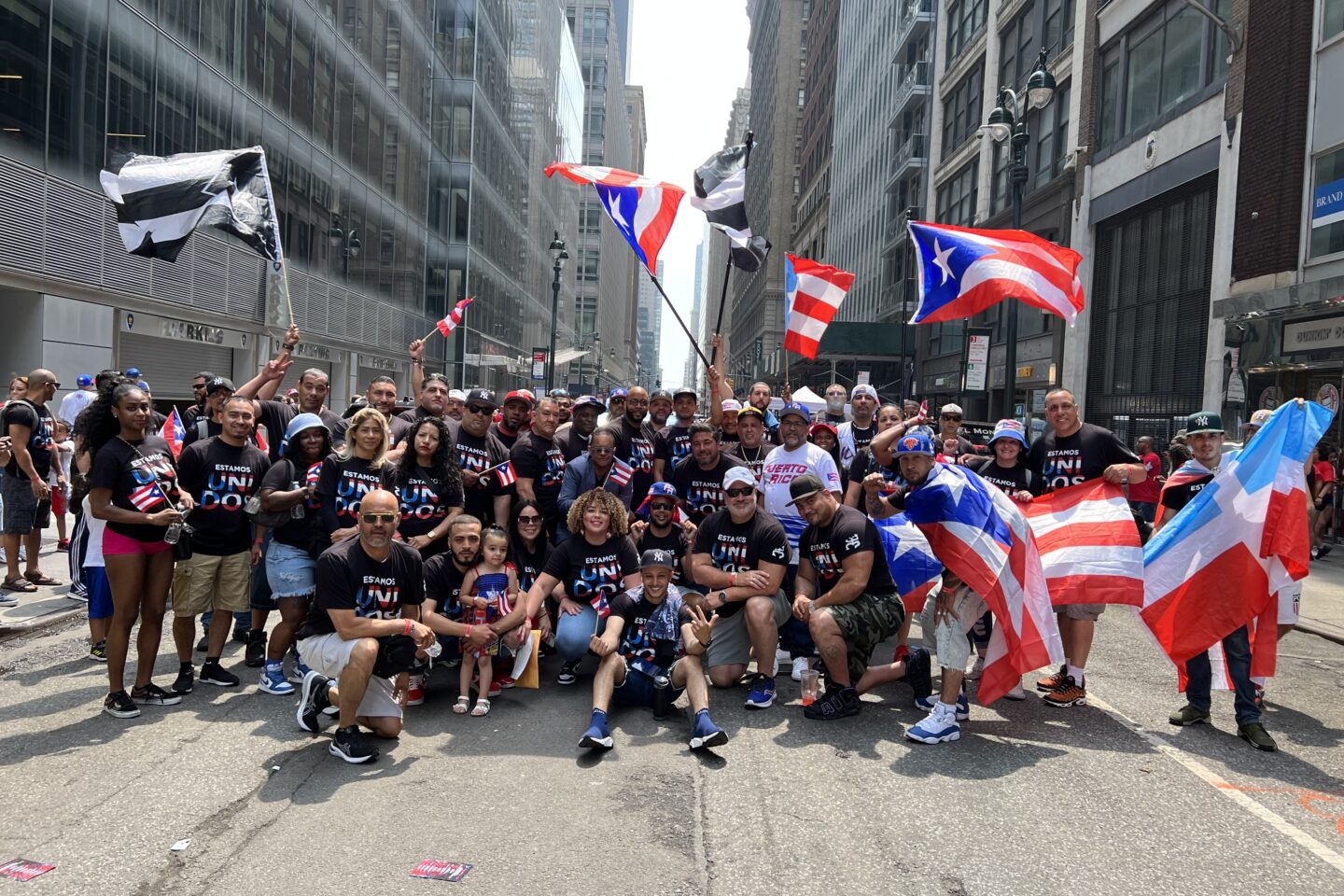
Summer 2023
DC 9 members at their first National Puerto Rican Day Parade in NYC. DC 9 chartered Local 1895 (Puerto Rico) in 2023.
-
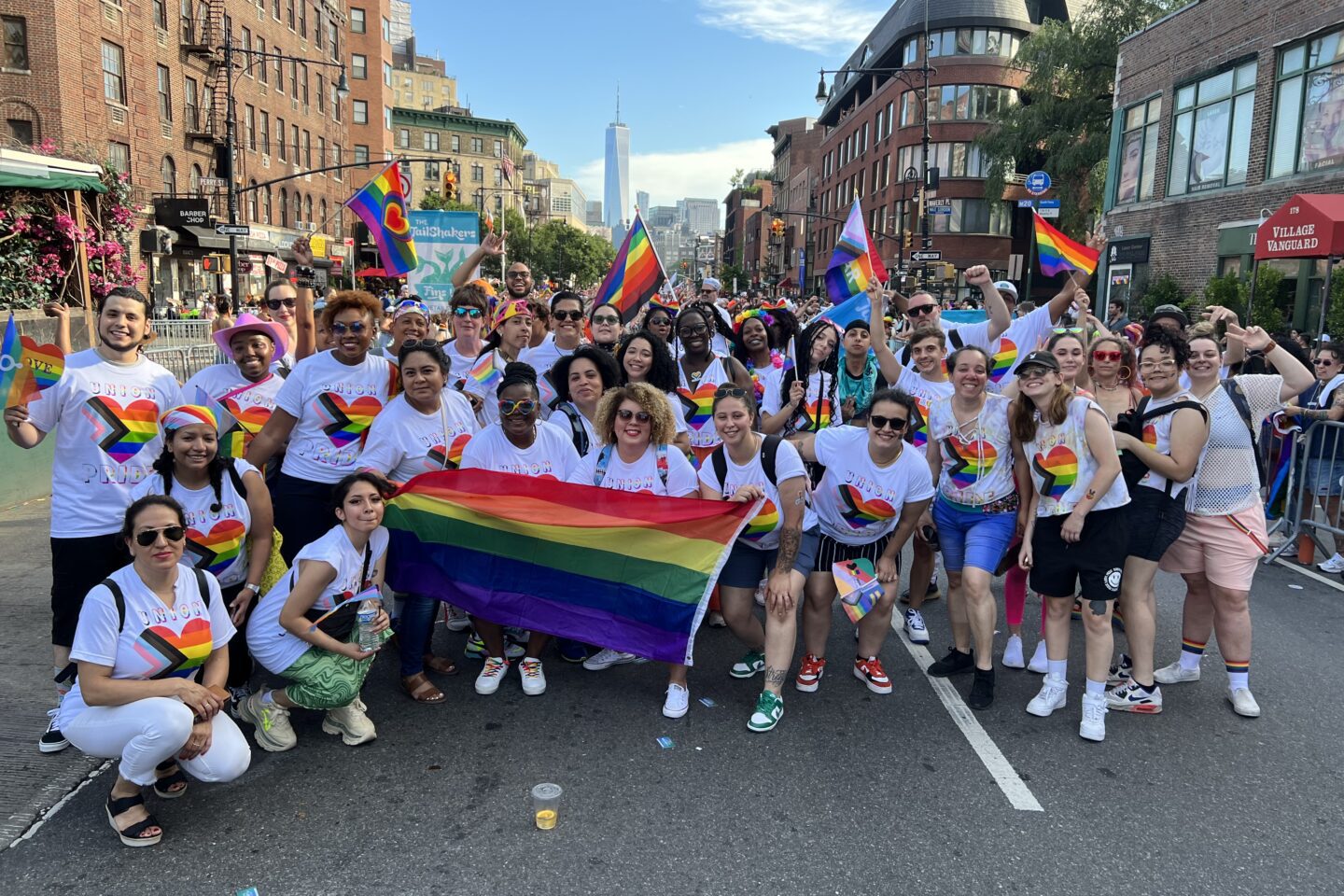
Summer 2023
DC 9 members at the 2023 NYC Pride March.
-
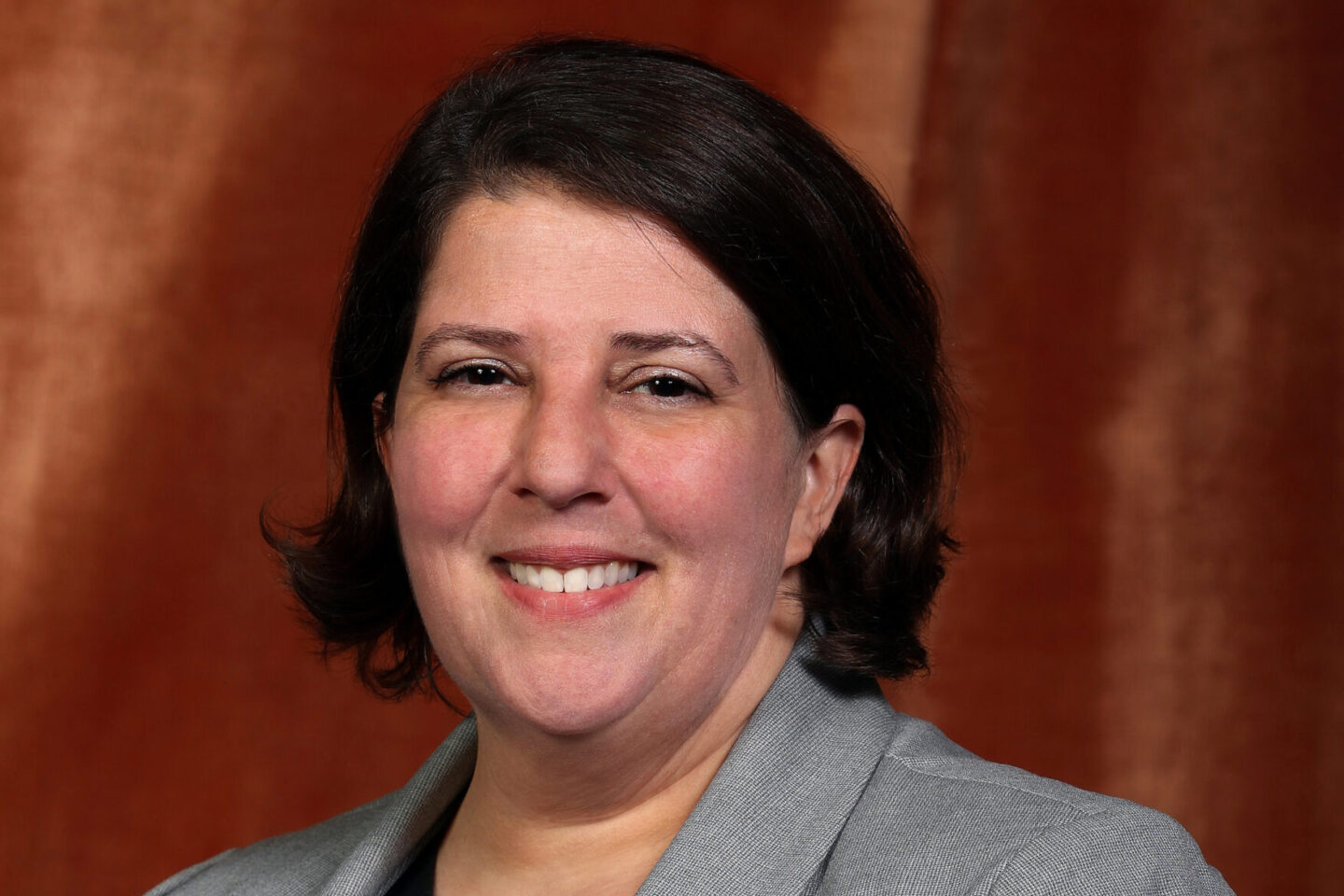
September 2023
Sister Liz McElroy became the first female General Vice President of the IUPAT.
-
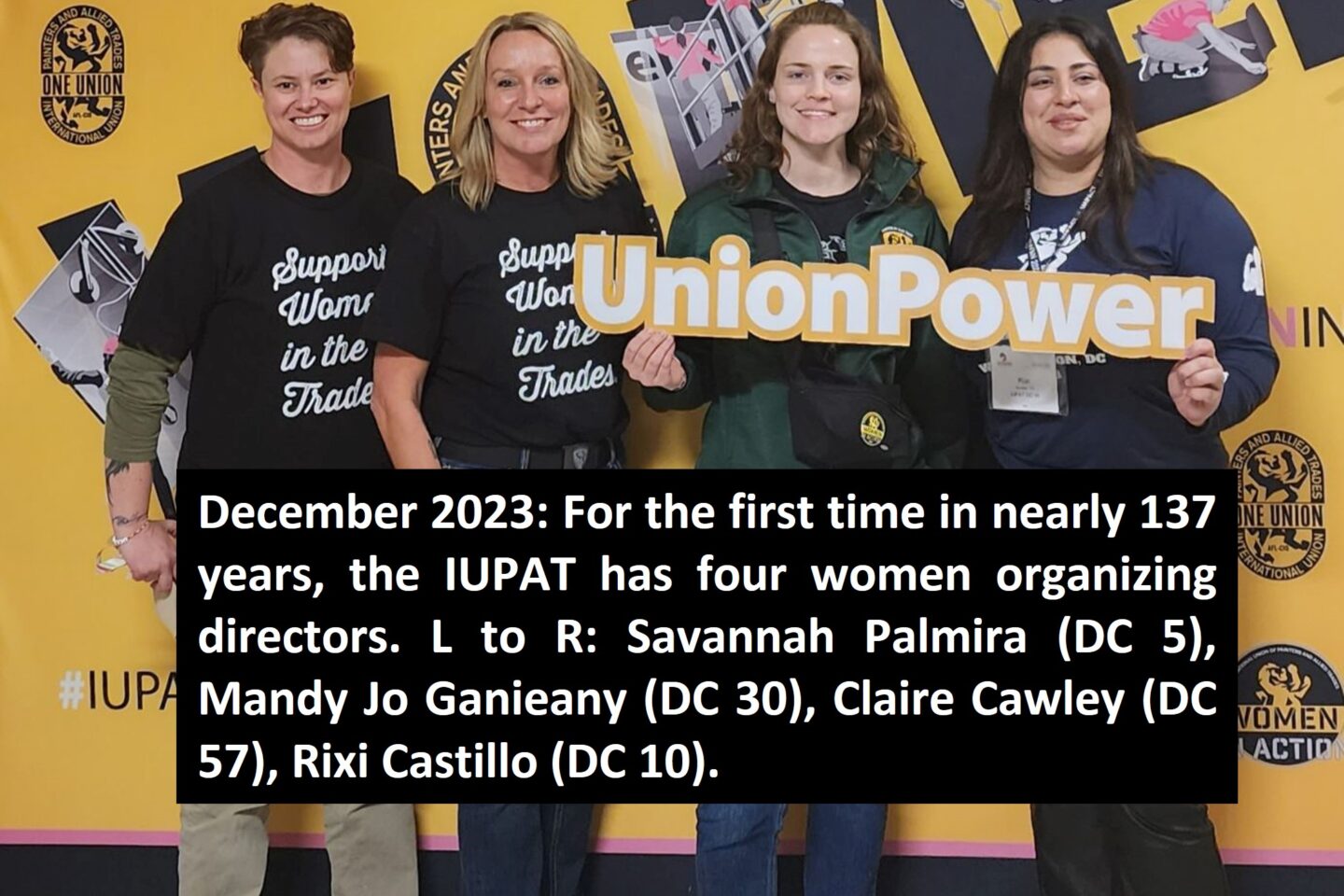
December 2023
For the first time in its history, the IUPAT has four women organizing directors.
